Nombre:
Vínnytsia
Otro: Vínnitsa, Vínnica
Localización:
Tipo: Urbanismo
Categoría:
Foto:
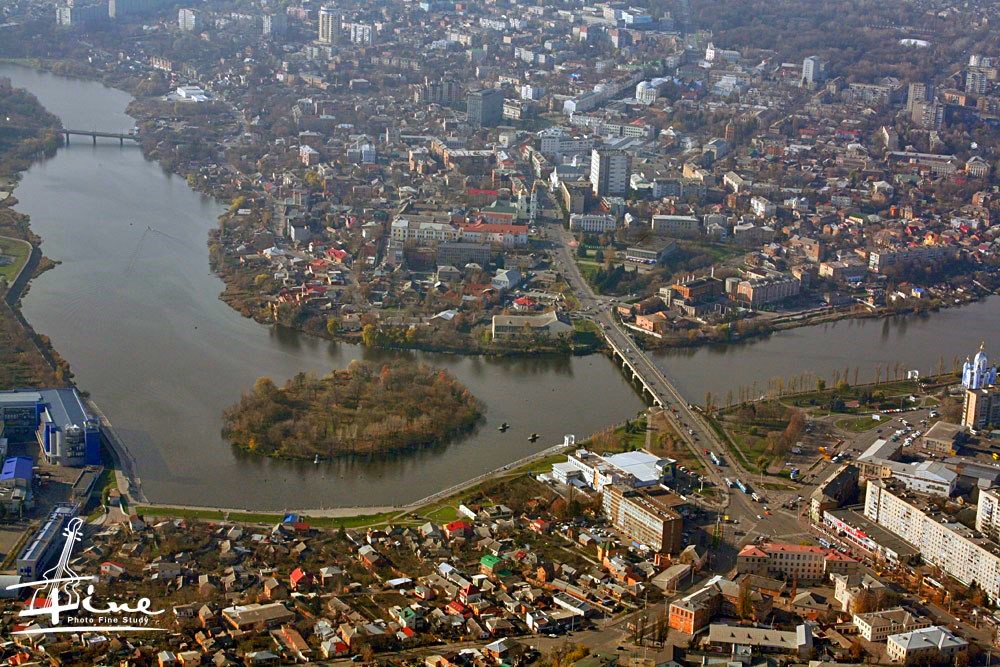
Voto:
Continente: Europa
País: Ucrania
Localización: Capital del óblast de Vinnytsia, así como el distrito homónimo
Año: 1363
Estado: Terminado
Descripción:Vinnytsia (ucraniano: Вінниця, Vinnytsia; ruso: Винница Vinnitsya; polaco: Winnica; alemán: Winniza, y el rumano: Vinniţa) es una ciudad en Ucrania el centro-oeste, situada en las orillas del Bug del Sur.
Es el centro administrativo de Vinnytsia Oblast y la ciudad más grande de la región histórica de Podillia. Administrativamente, se incorporó como una ciudad de importancia de Moscú. También sirve como un centro administrativo de Vinnytsia Raión, uno de los 27 distritos de Vinnytsia Oblast, a pesar de que no es una parte del distrito. Población: 372.484 (. 2015 est)
Una ciudad histórica conocida desde la Edad Media y en la ex-Guerra Fría base aérea soviética, Vinnytsia es ahora una ciudad moderna y cosmopolita.


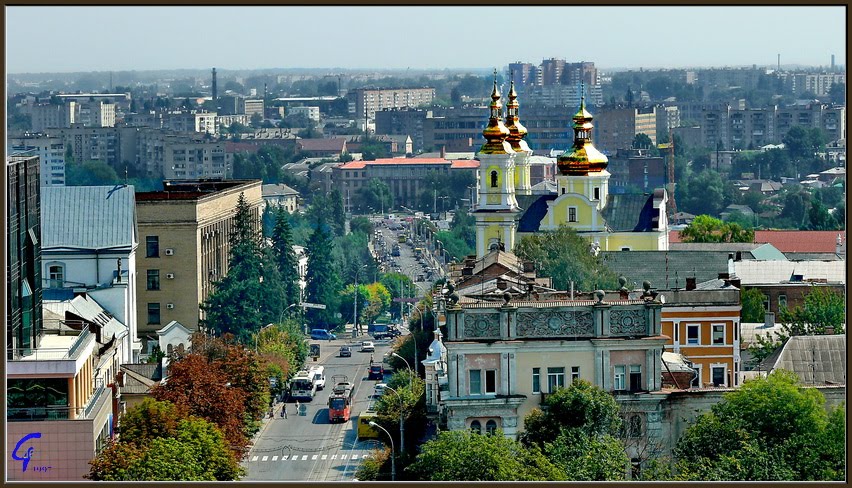
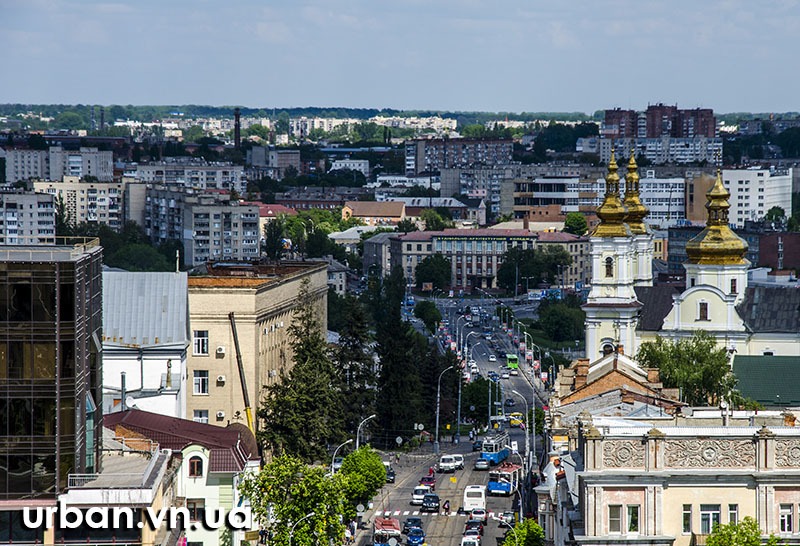
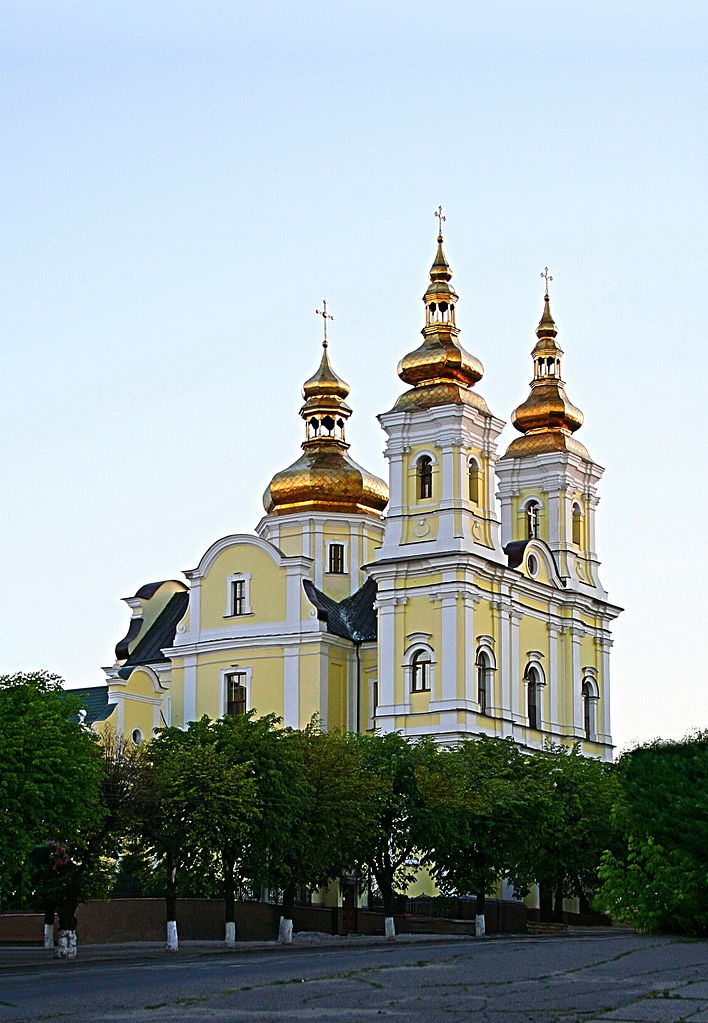
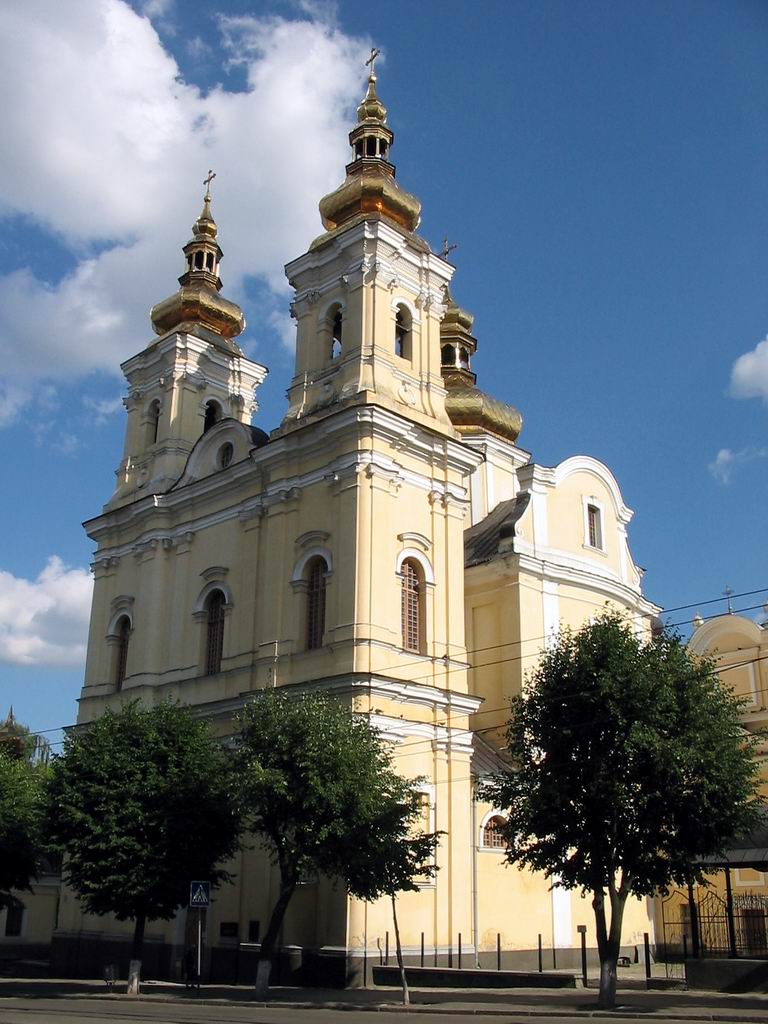
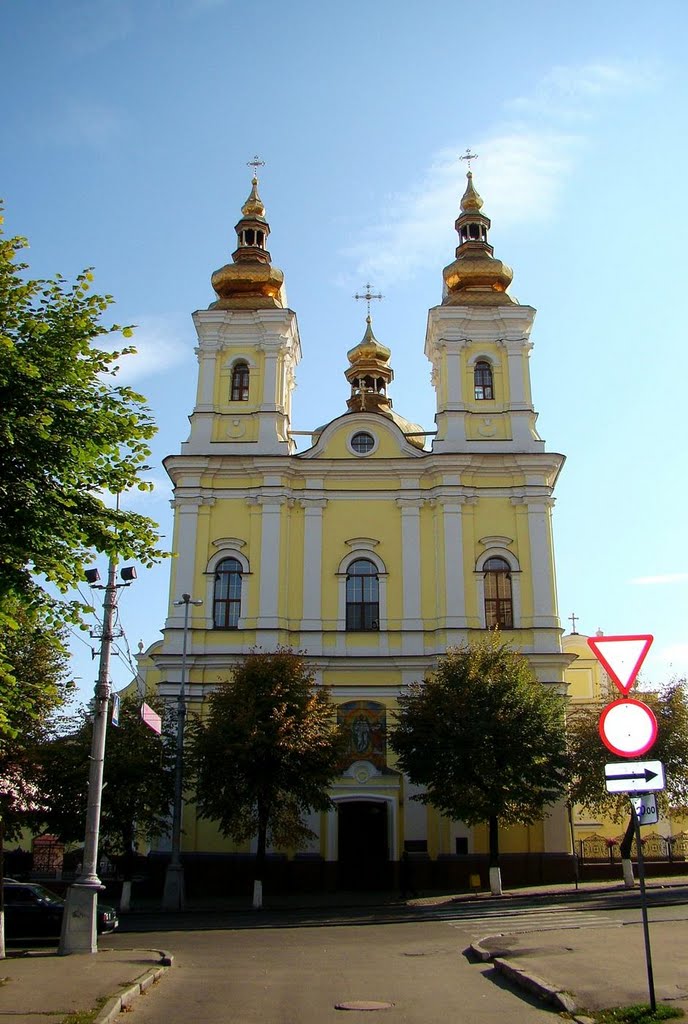

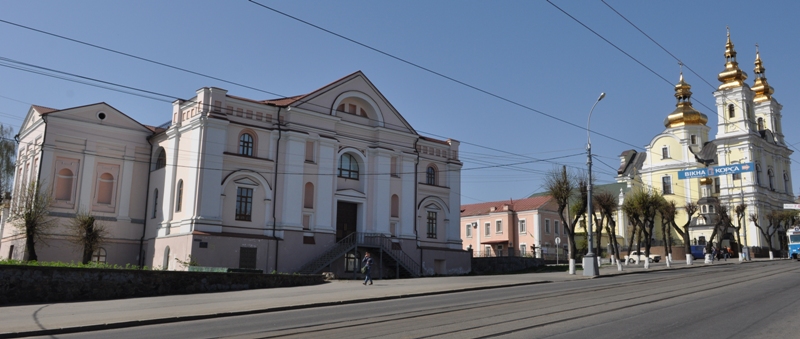
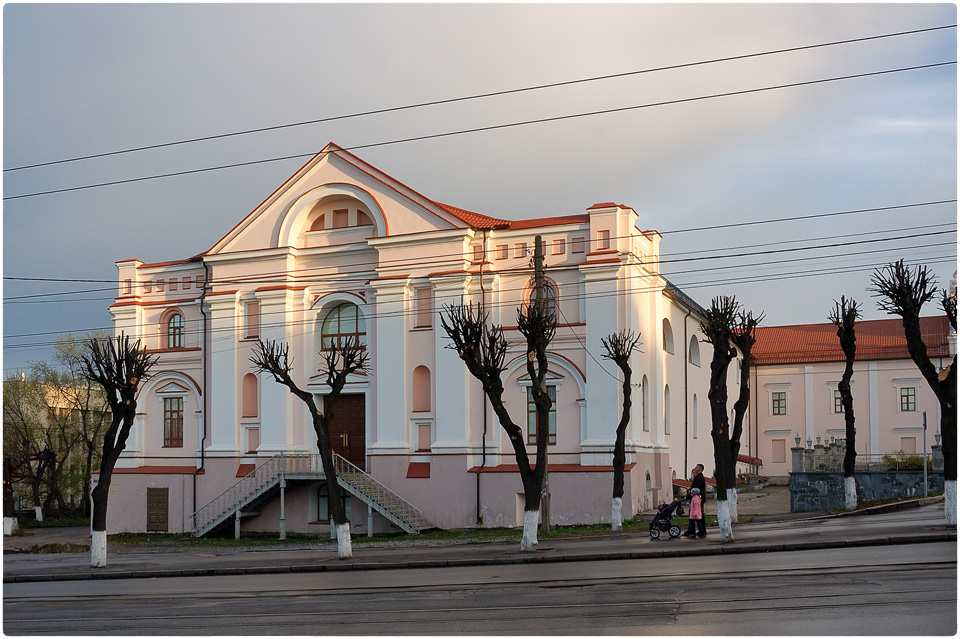
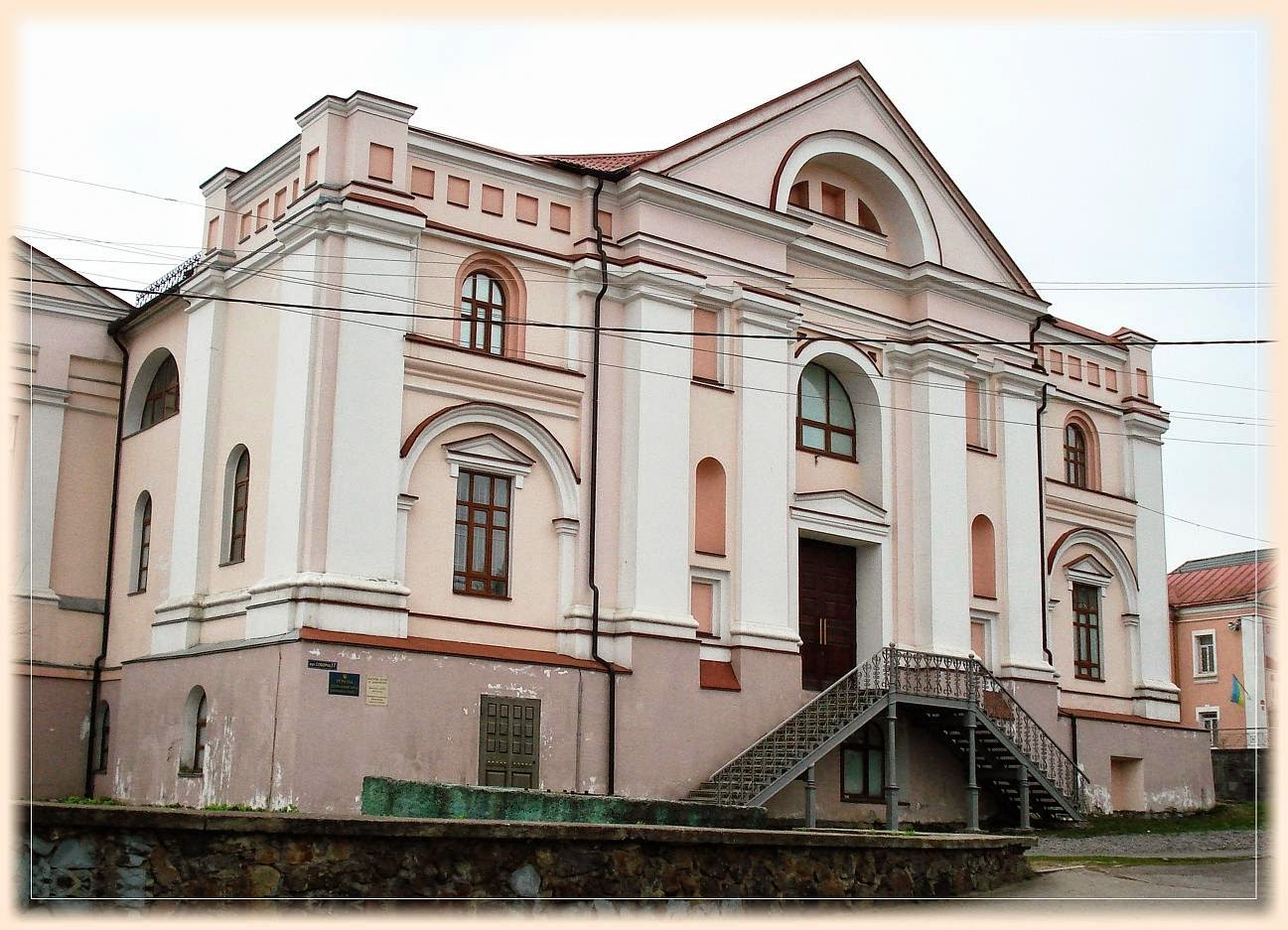
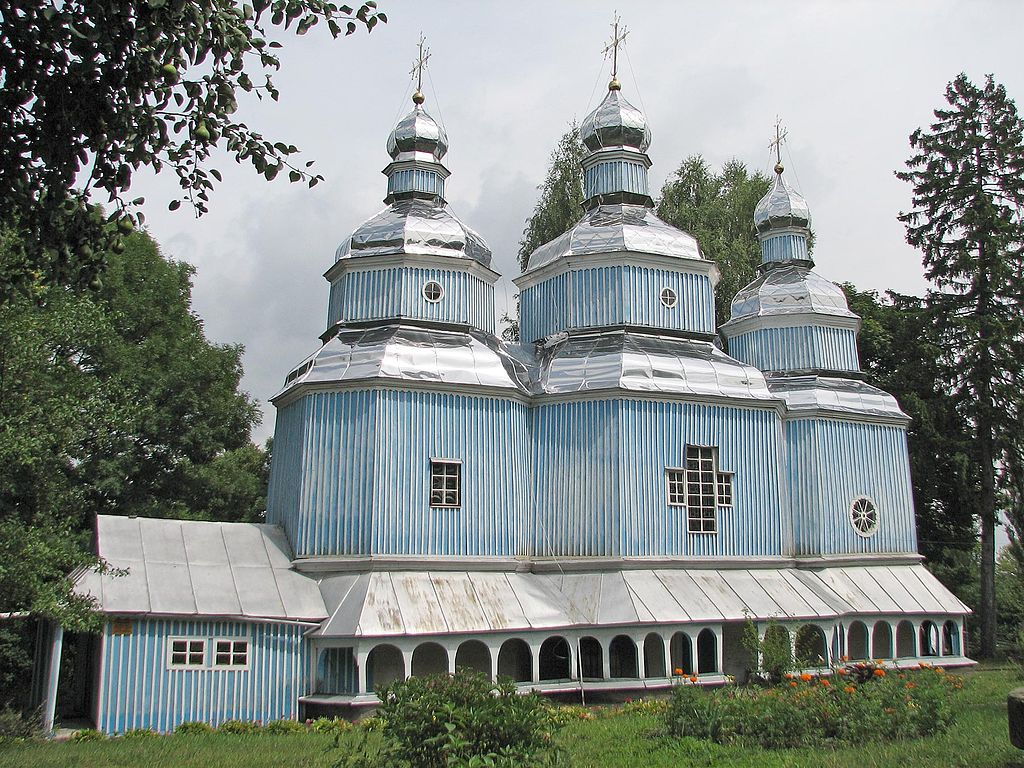

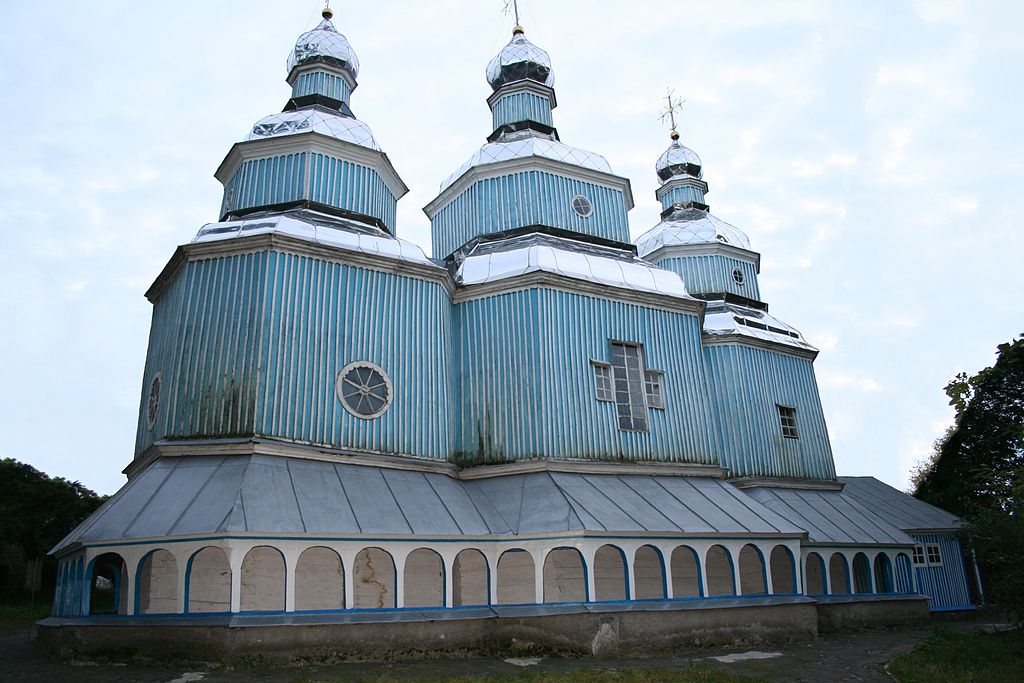
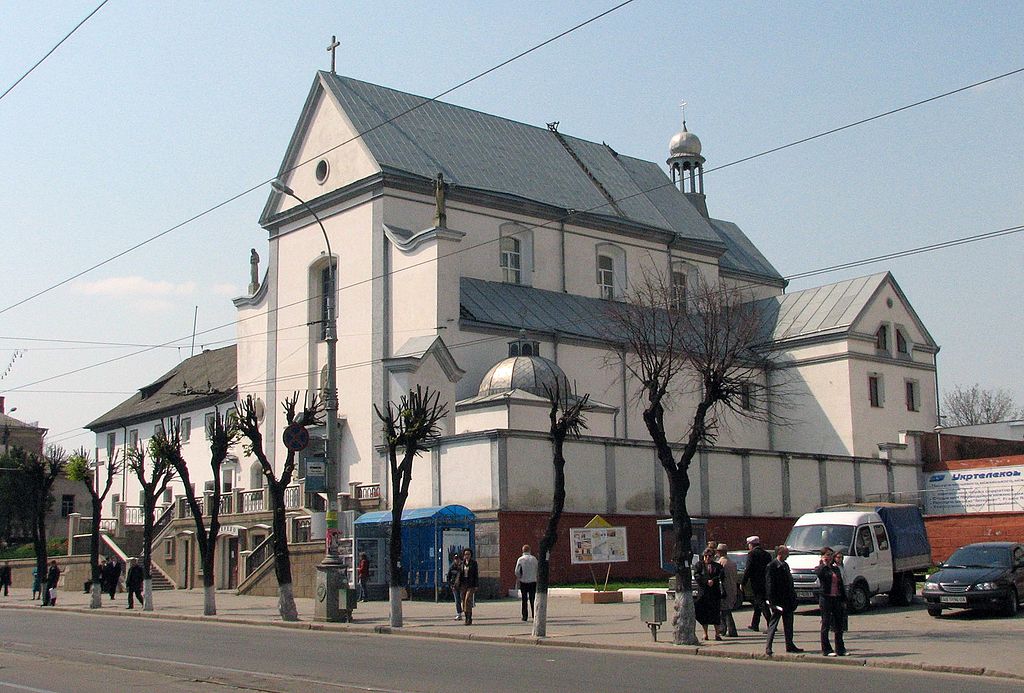
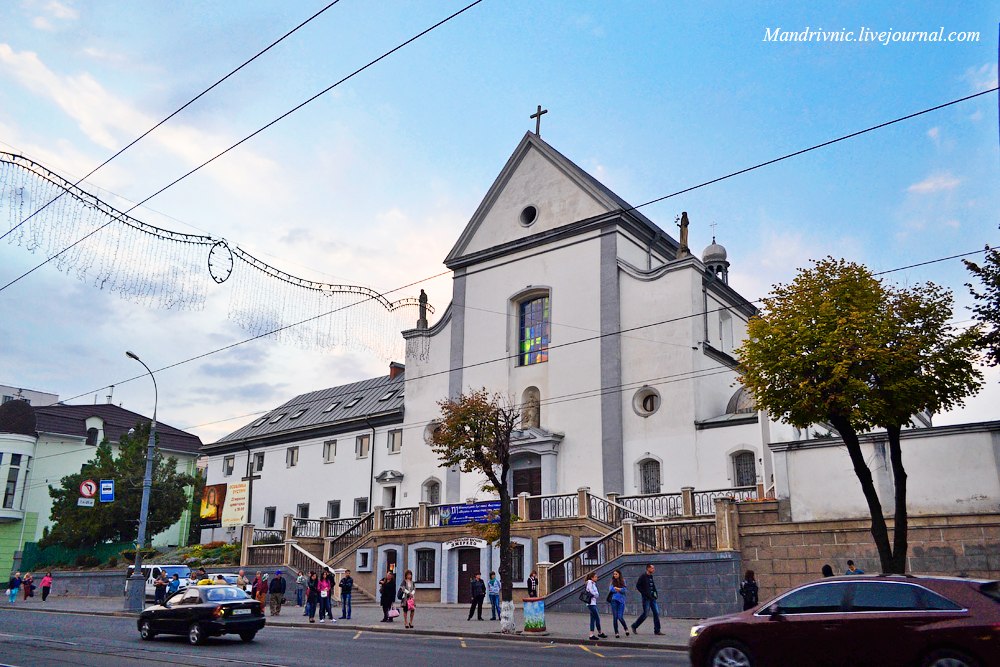
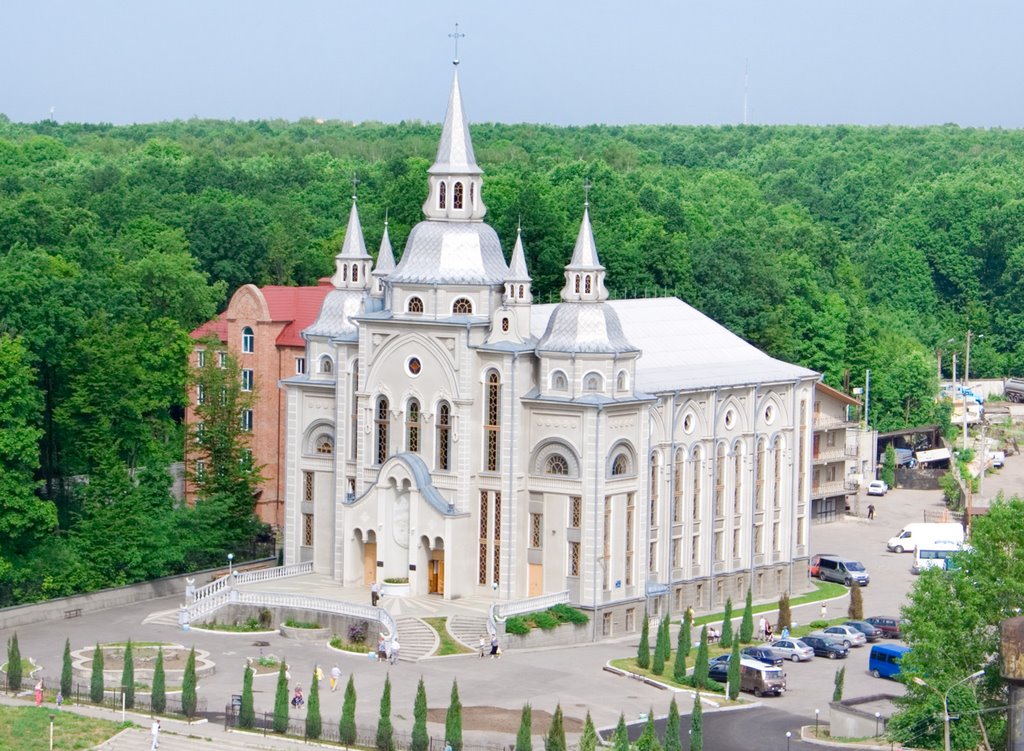
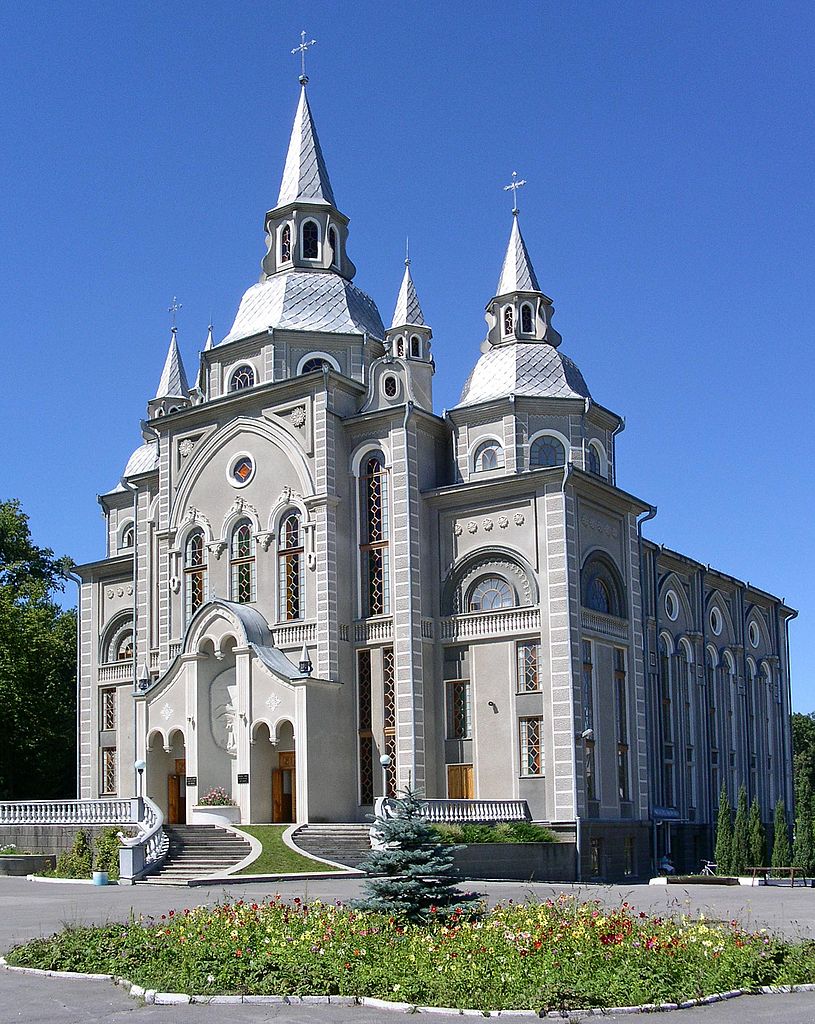
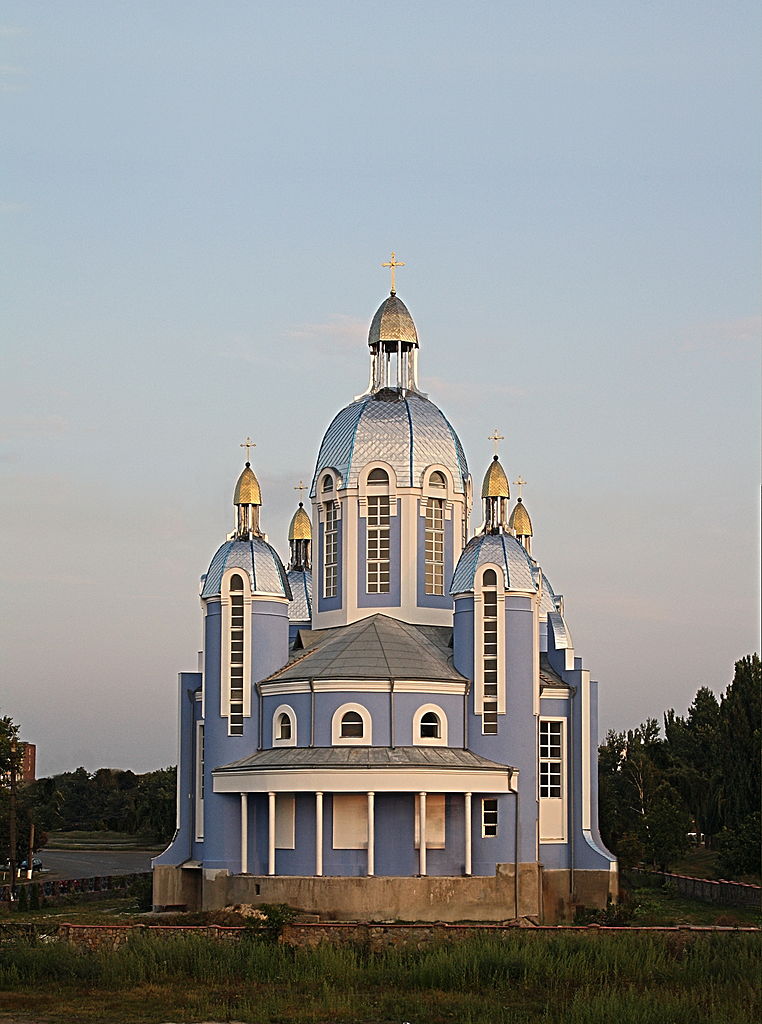
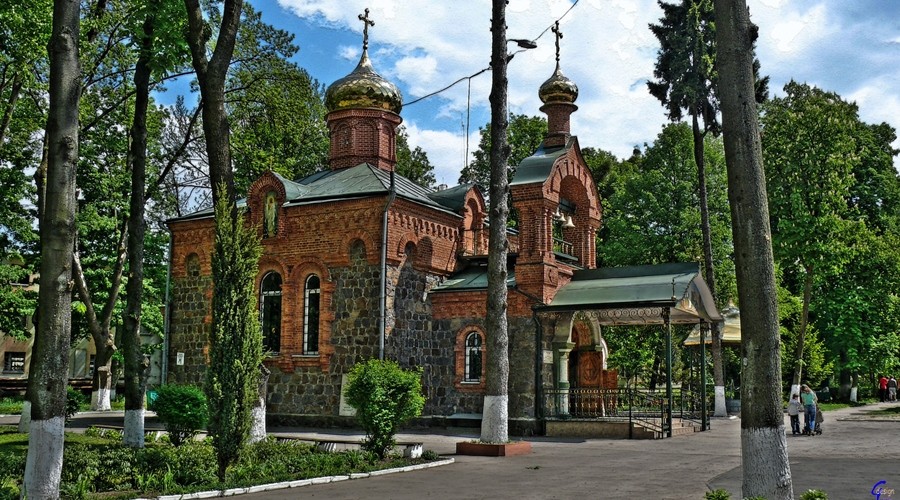
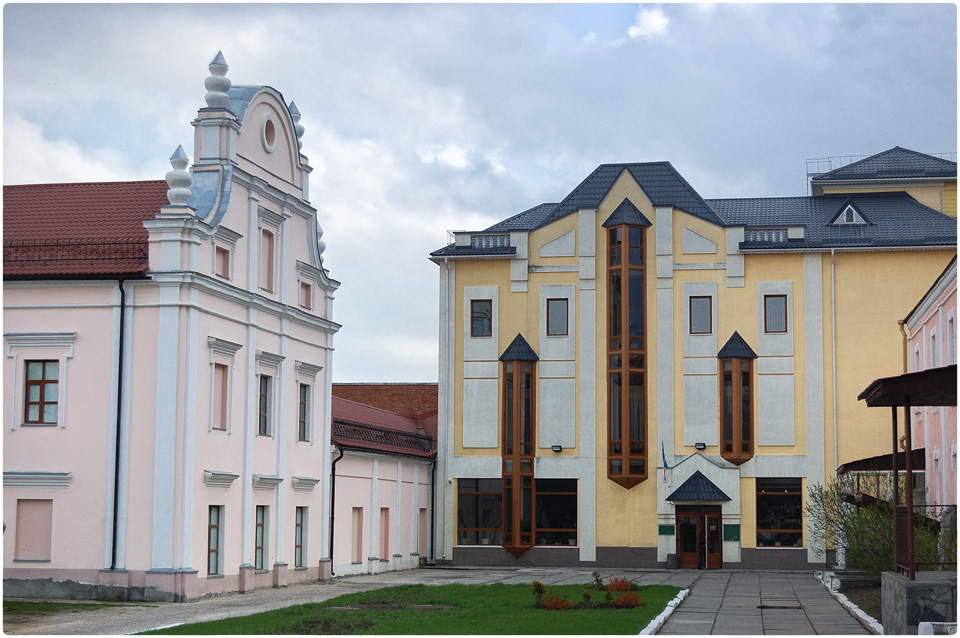
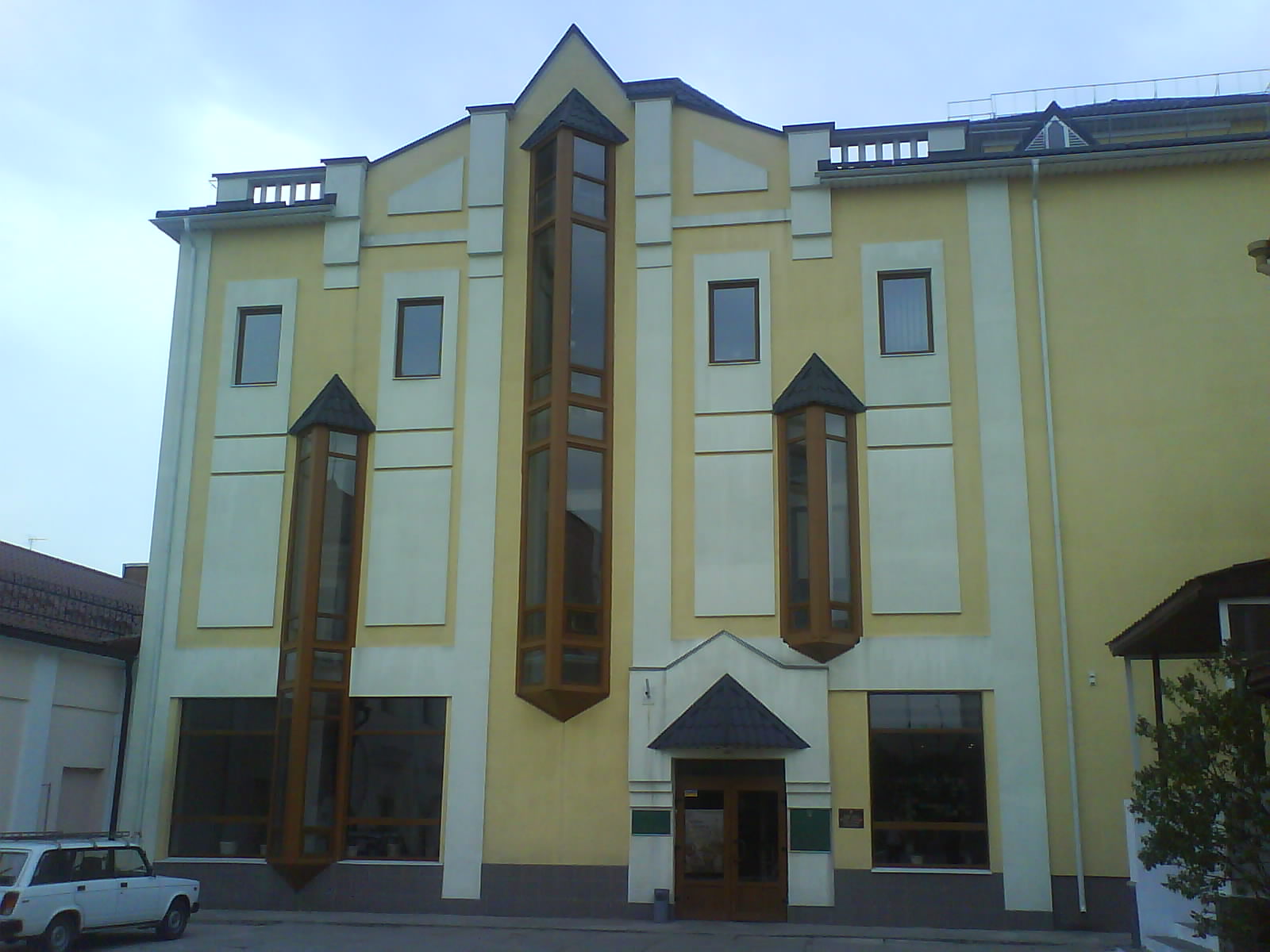
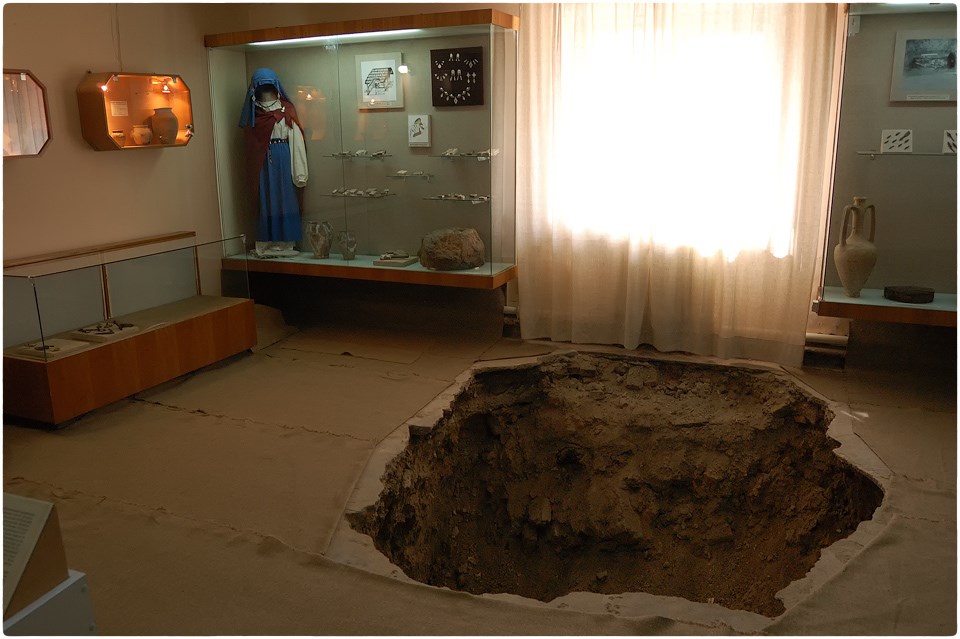
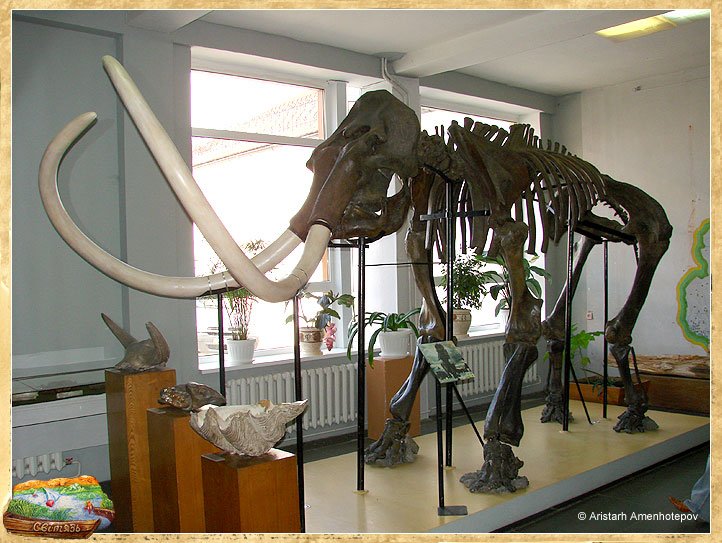

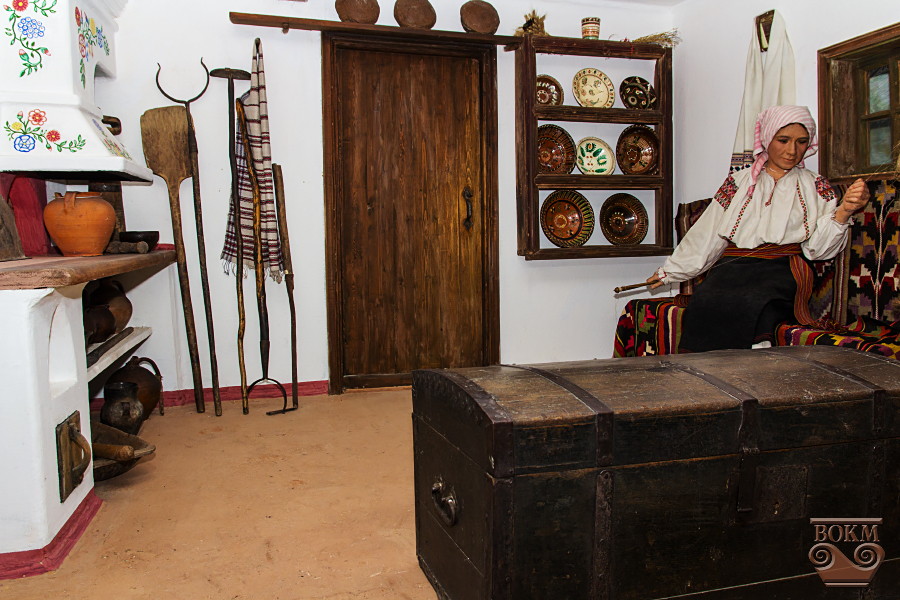
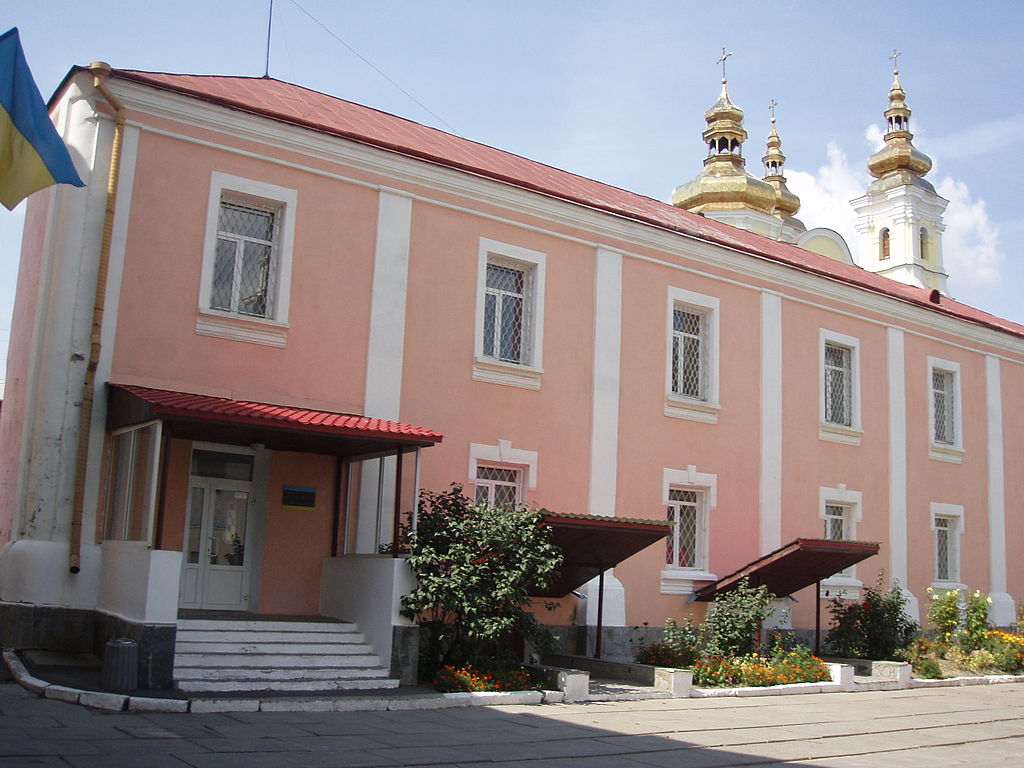

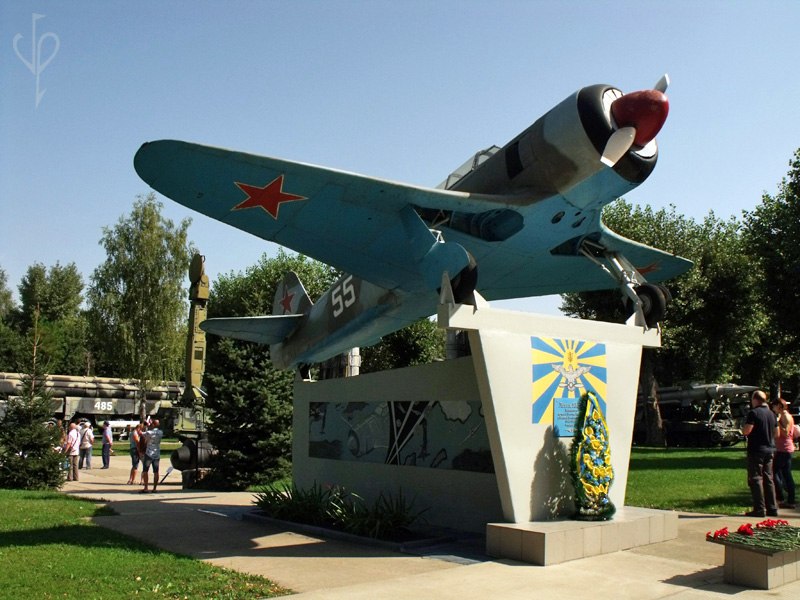
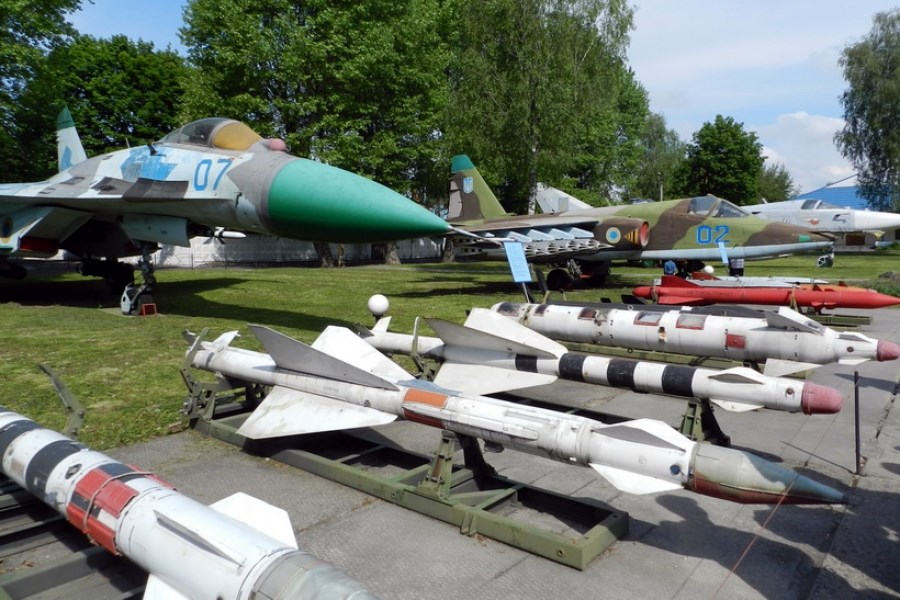
Nombre
El nombre de Vinnytsia apareció por primera vez en 1363. Se supone que el nombre se deriva de la antigua palabra Slavik "Vino", que significa "dada como un regalo." Este nombre se puede explicar por el hecho de que Vinnytsia y la tierra circundante fueron capturados por el Duque lituano Algirdas en el siglo XIV, y a continuación, se las dio como regalo a sus sobrinos.
Geografía
Ubicación
Vinnytsia está situado aproximadamente 260 km (160 millas) al suroeste de la capital de Ucrania, Kiev 429 km (267 millas) al norte-noroeste de la ciudad portuaria del Mar Negro de Odessa, y 369 km (229 millas) al este de Lviv.
Es el centro administrativo de la Vinnytsia Oblast (provincia), así como el centro administrativo de la Vinnytsia Raión circundante (distrito) dentro de la región administrativa. La ciudad en sí está subordinado directamente a la región administrativa.
La población estimada actual es 370.100.
Clima
Un verano caliente de larga duración con una cantidad suficiente de humedad y un tiempo comparativamente corto de invierno es característico de Vinnytsia. La temperatura media en enero es de -5.8 ° C (21,6 ° F) y 18,3 ° C (64,9 ° F) en julio. La precipitación media anual es de 638 mm (25 in).
Historia
Desde la Edad media a la Edad Moderna
Vinnytsia ha sido un importante lugar de comercio y el centro político desde el siglo XIV, cuando Fiodor Koriatowicz, el sobrino del duque lituano Algirdas, construyó una fortaleza (1363) contra los invasores tártaros en las orillas del Bug del Sur. El establecimiento original fue construido y poblado por Aleksander Hrehorovicz Jelec, Hetman de Lituania bajo Príncepe Švitrigaila. Aleksander Hrehorowicz Jelec. Él construyó la fortaleza, la cual mandó como starosta después.
En el siglo XV, el rey polaco Alexander Jagiellon concedió derechos de la ciudad de Magdeburgo a Winnica. En 1566, se convirtió en parte de la Bracław de Silesia. Entre 1569 y 1793 la ciudad era una parte de Polonia y en este período, por un corto tiempo entre 1672 y 1699 fue parte del Imperio Otomano. Durante período de gobierno polaco, Winnica era una ciudad real polaca. El 18 de marzo de 1783, Antoni Protazy Potocki se abrió en el comercio de la empresa en Winnica Polonia.
Después de la segunda partición de Polonia en 1793 el Imperio ruso se anexionó la ciudad y la región. Rusia trató de borrar la religión católica romana - Iglesia católica en la ciudad (incluyendo lo que hoy es la Catedral de la Transfiguración) se convirtieron en iglesias ortodoxas rusas.
De acuerdo con el censo ruso de 1897, Vinnytsia con una población de 30.563 era la tercera ciudad más grande de Podolia después de Kamianets-Podilskyi y Umán.
Segunda Guerra Mundial
Fue ocupada por las tropas alemanas en el 19 de julio de 1941 durante la Segunda Guerra Mundial. En 1943, los invasores alemanes exhumaron casi 10.000 personas, en su mayoría ucranianos masculinas, de las fosas comunes en Vinnytsia. La mayoría de las ejecuciones ocurrió durante el estalinista Gran Purga entre 1937 a 1938 en la matanza de Vinnytsia.
Adolf Hitler asentó la sede más oriental del Führerhauptquartier Werwolf cerca de la ciudad y pasó varias semanas allí en 1942 y principios de 1943.
Atrocidades nazis fueron cometidos dentro y cerca de Vinnytsia por Einsatzgruppe C. Las estimaciones del número de víctimas ejecutar tan alto como 28.000. Esto incluyó la virtual extinción de la gran población judía de la ciudad. En 1942, una gran parte de la judería de Yerusalimka fue destruido por los alemanes. Una foto infame, El último Judio de Vinnytsia, muestra un miembro de Einsatzgruppe D a punto de ejecutar un Judio de rodillas ante una fosa común. El texto El Judio último de Vinnytsia fue escrito en el reverso de la fotografía, que fue encontrado en un álbum de fotos que pertenece a un soldado alemán. Fue liberado por el Ejército Rojo en 20 de marzo de 1944. Las especulaciones han planteado durante una serie de cosas en la fotografía. Por ejemplo, un soldado lleva un uniforme sin insignias de cuello en absoluto, mientras que otro está usando los "nidos" golondrinas sobre los hombros, lo que indica él estar en el Cuerpo de Música o Banda del Ejército. Tales insignias no se usará fuera de los desfiles o ceremonias.
período de la Guerra Fría
Desde el final de la Segunda Guerra Mundial, Vinnytsia ha sido el hogar de la principal base de las Fuerzas Aéreas soviéticas, incluyendo un campo de aviación, un hospital, arsenales y otras instalaciones militares. La sede de la Rocket 43º Ejército de las Fuerzas de Cohetes Estratégicos estaba estacionado en Vinnytsia de 1960 a principios de 1990. El segundo bombardero pesado Independiente Cuerpo de Aviación, que más tarde se convirtió en el 24 Ejército del Aire, también estaba estacionado en Vinnitsa 1960-1992 . El Comando de la Fuerza Aérea de Ucrania se ha basado en Vinnytsia desde 1992.
En 1959, el Gobierno de los Estados Unidos informó que la Unión Soviética había construido una escuela en Vinnytsia para la formación de infiltrados de la KGB en la manera de vivir en los Estados Unidos. Una maqueta de toda una pequeña ciudad americana fue construido, con tiendas de estilo americano, sala de cine, casas, restaurantes, vehículos americanos, y un pequeño campus universitario que servía de las aulas de la escuela.
https://en.wikipedia.org/wiki/Vinnytsia
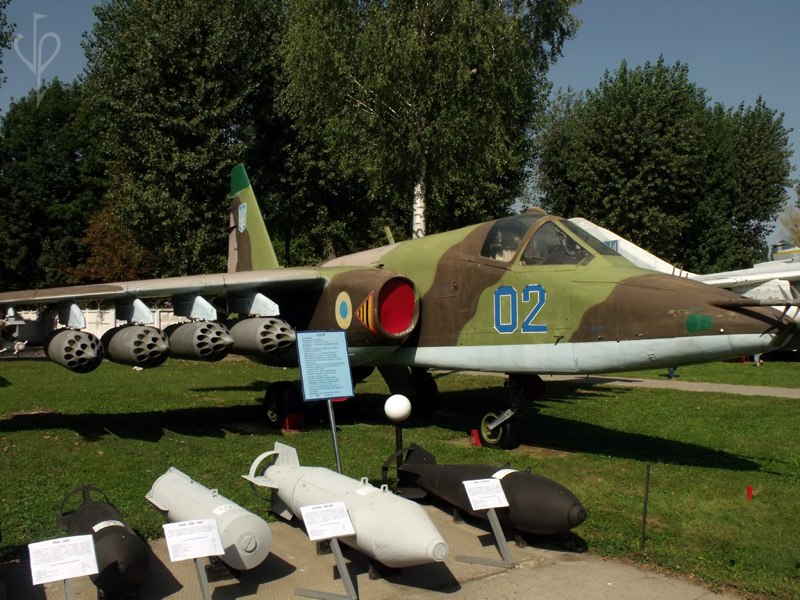
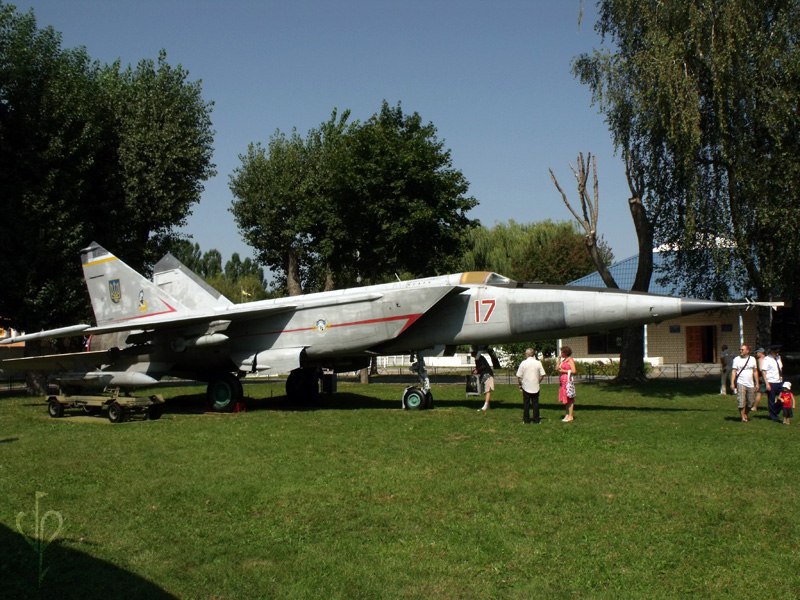
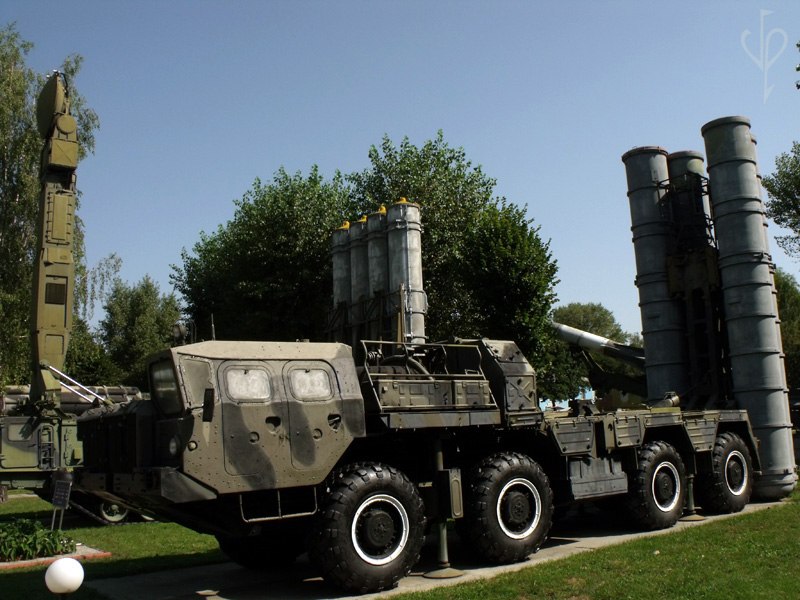
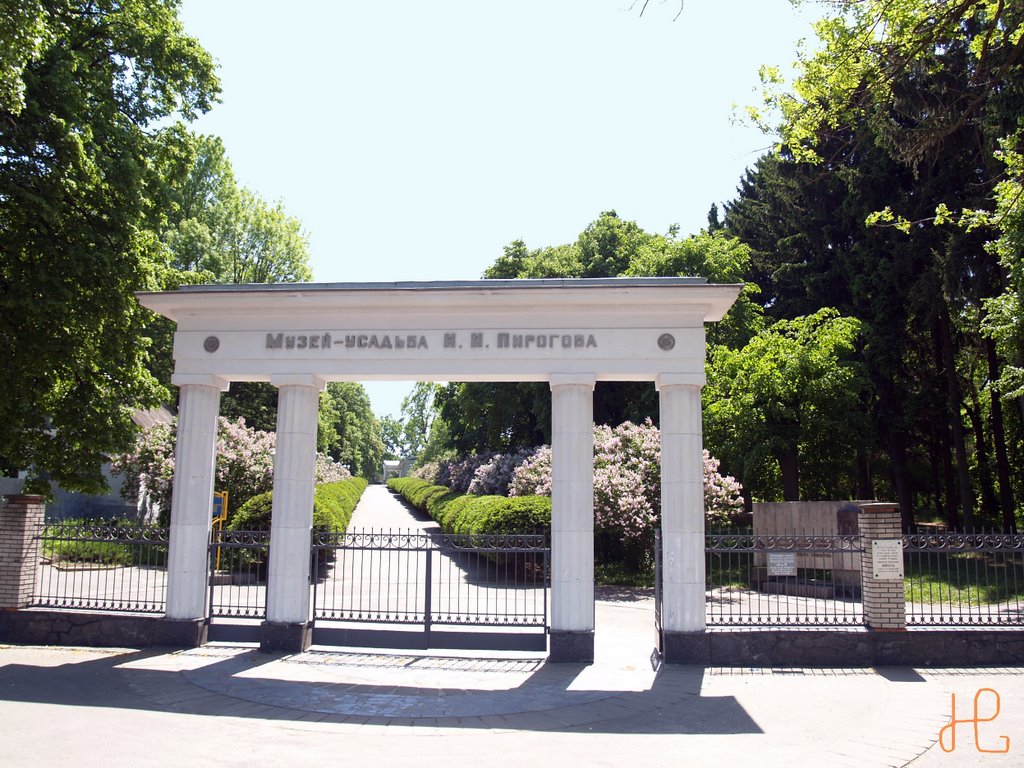
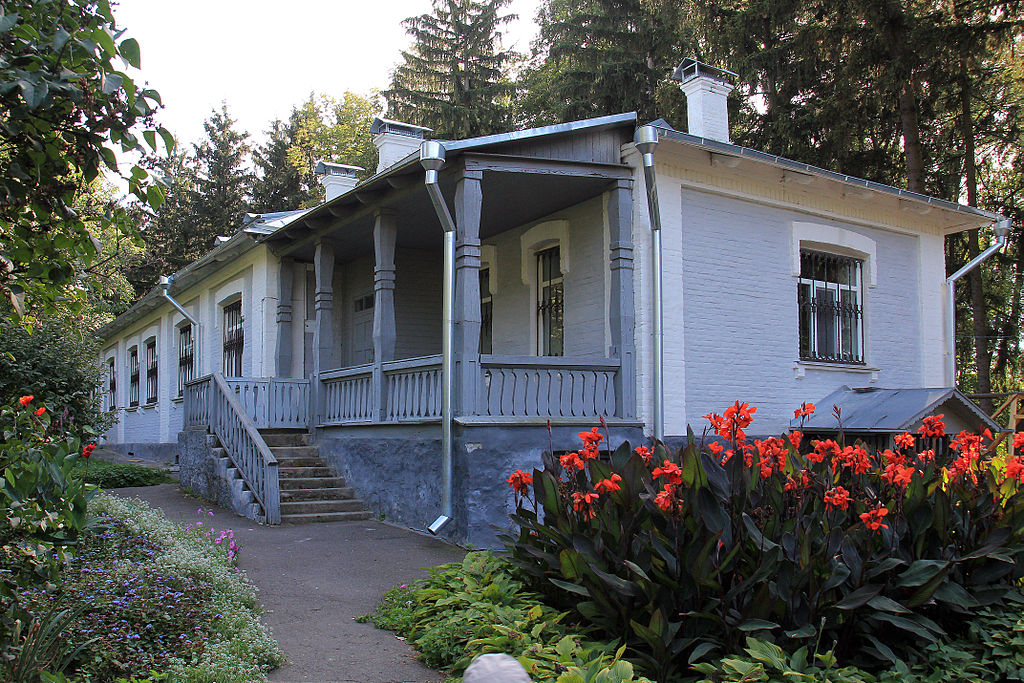
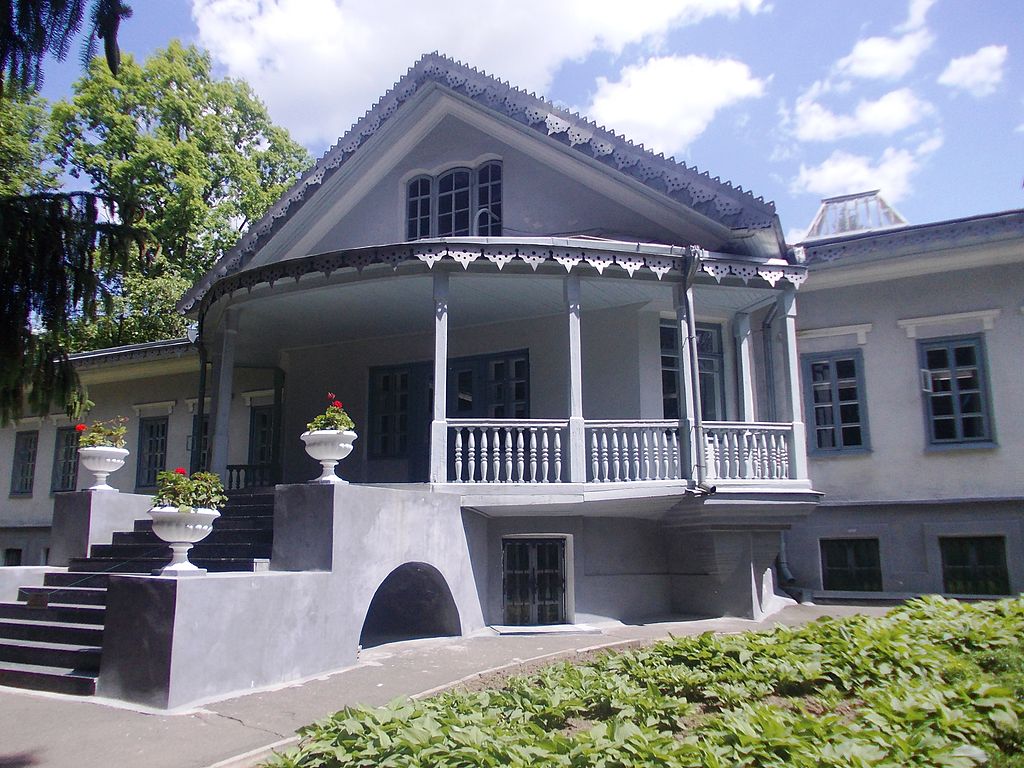
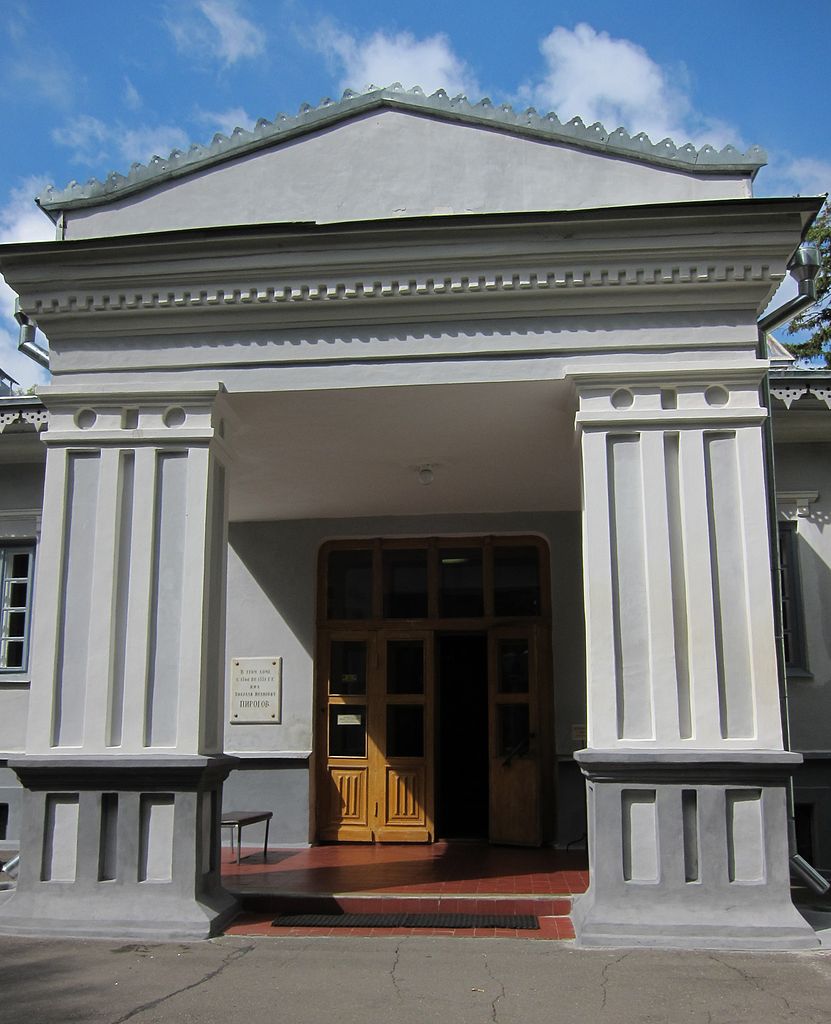

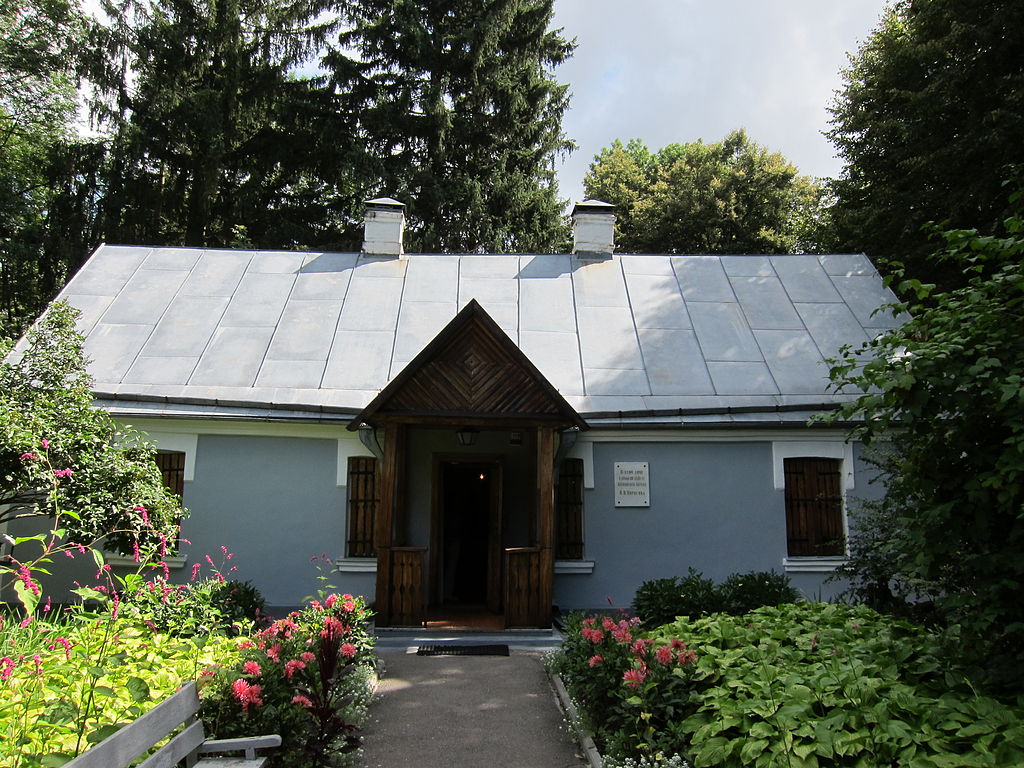
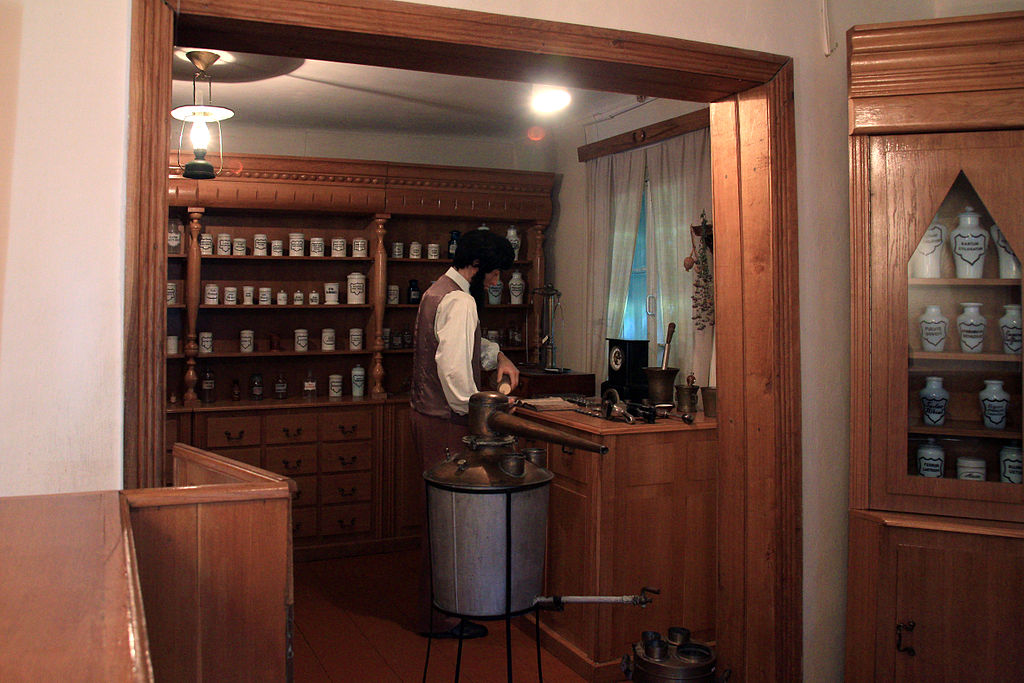
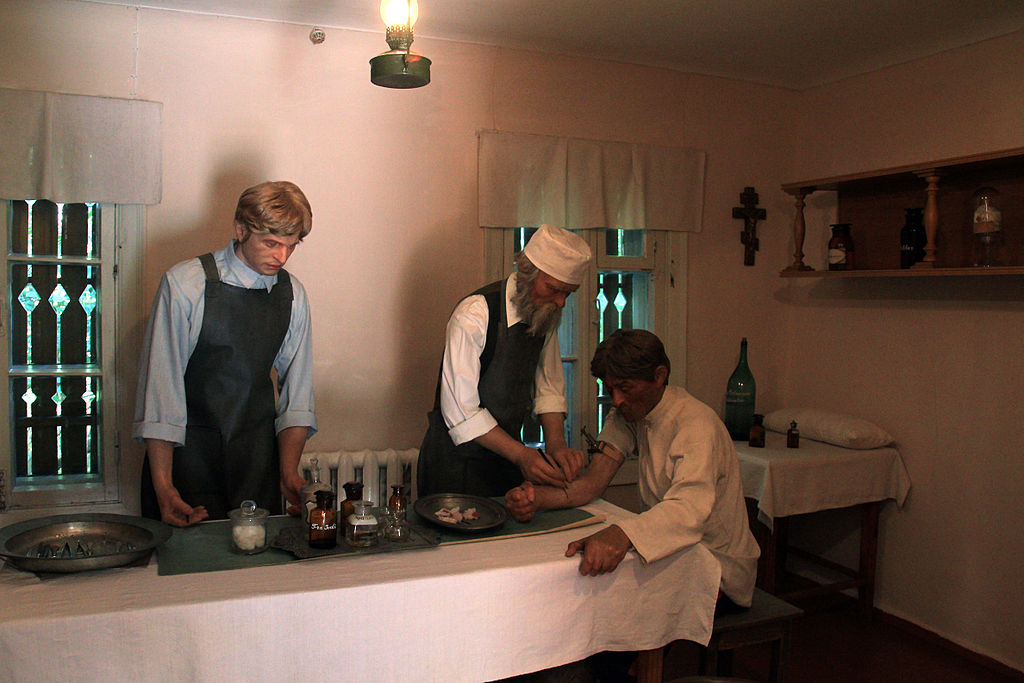
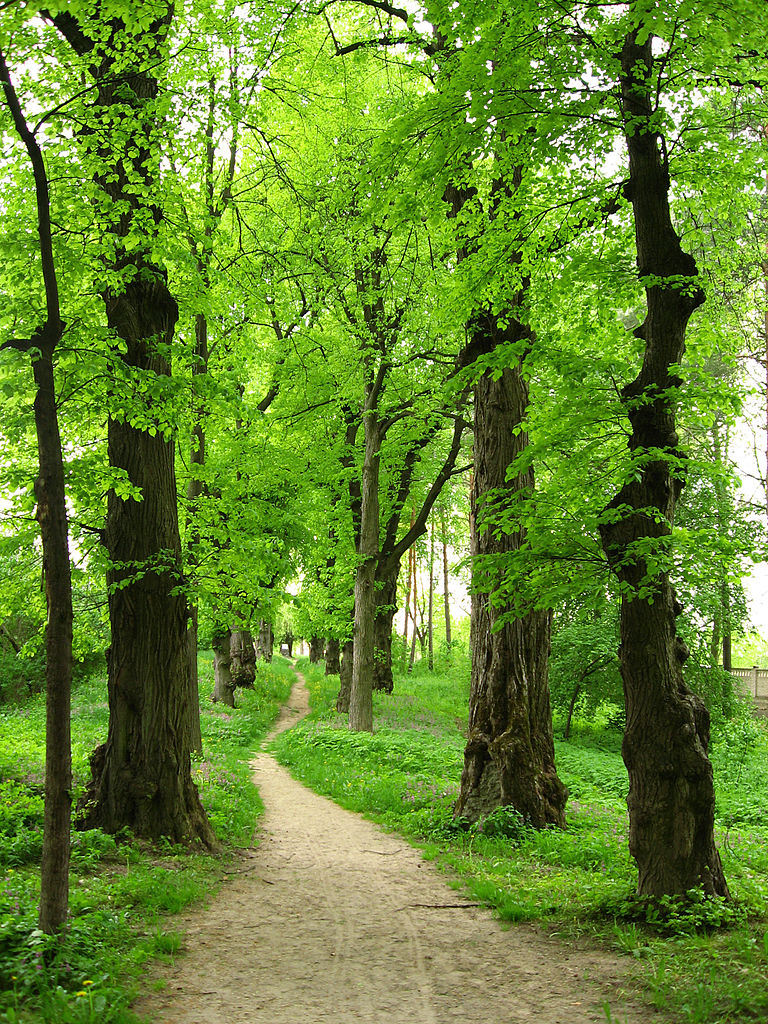
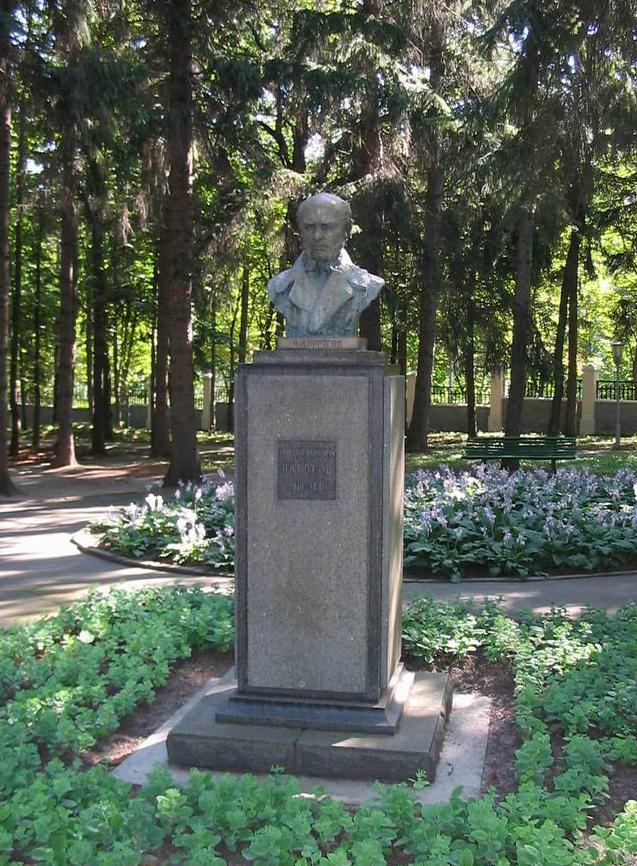
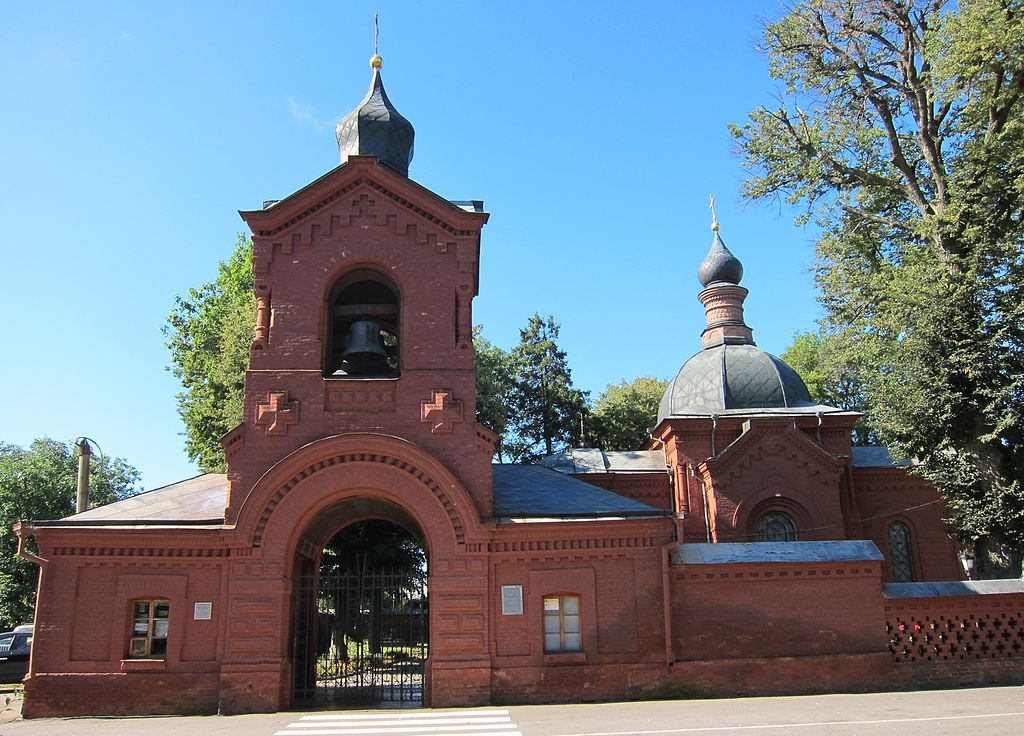
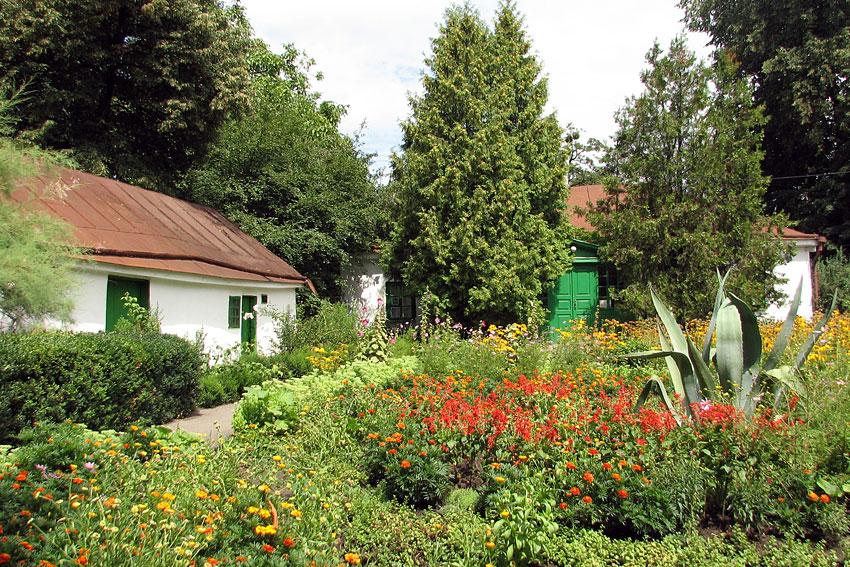

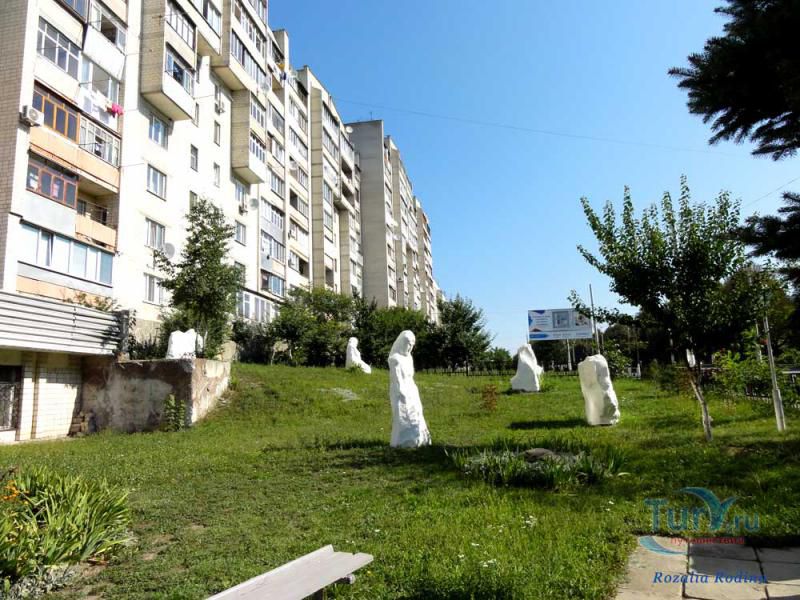

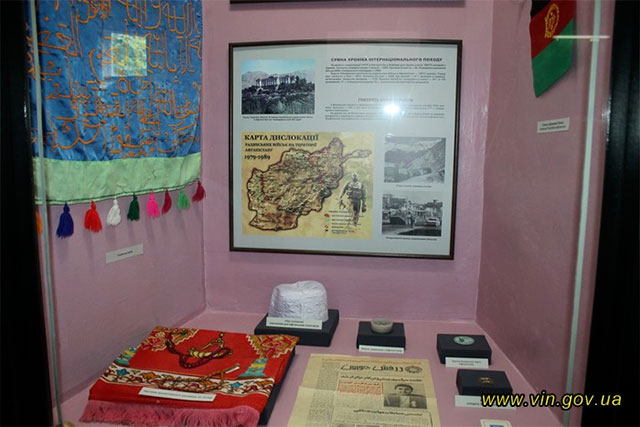
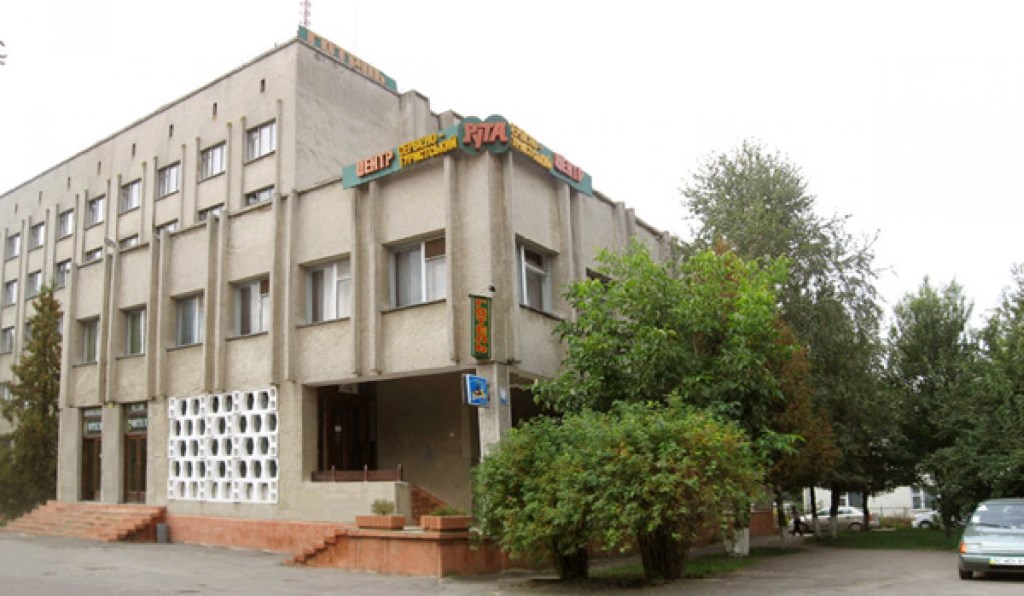
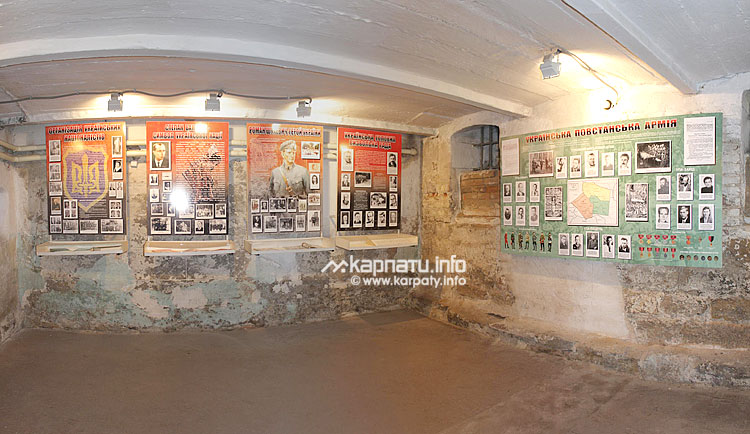
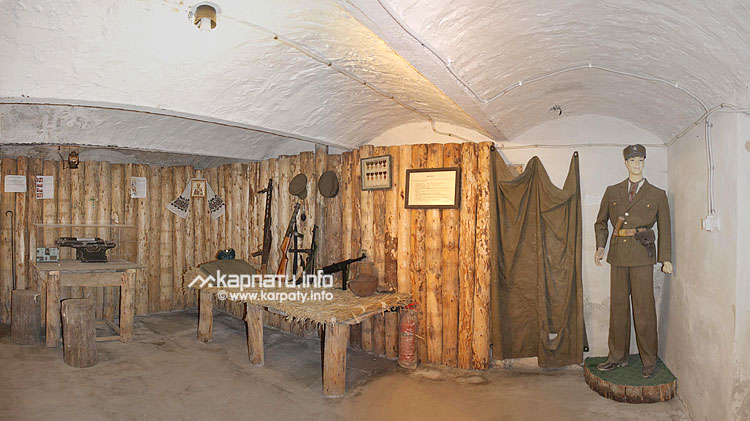
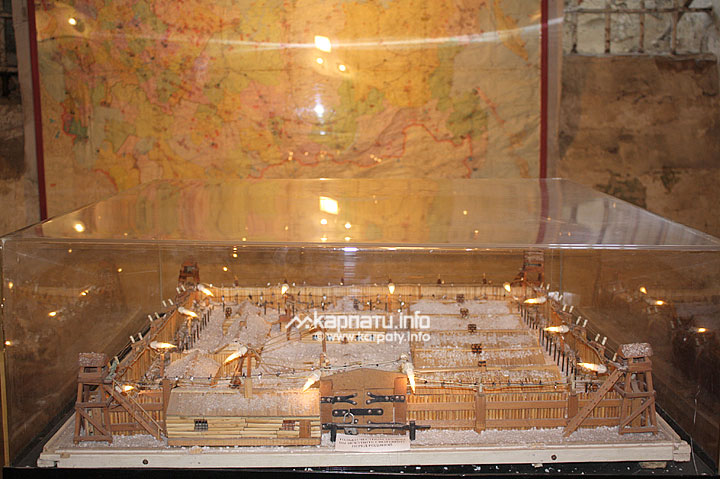
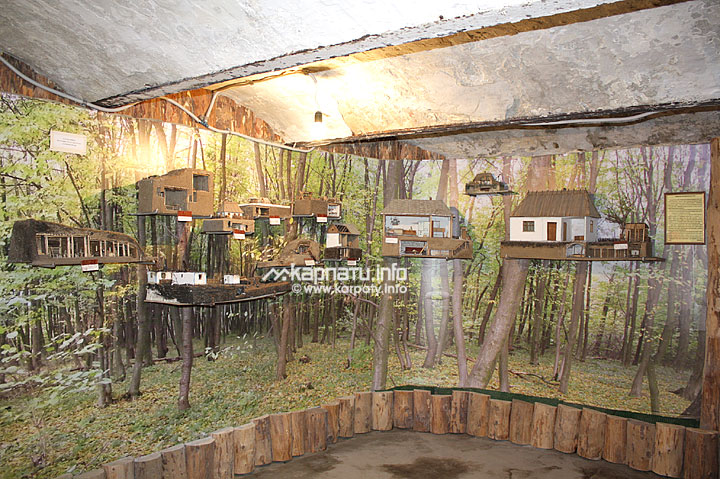
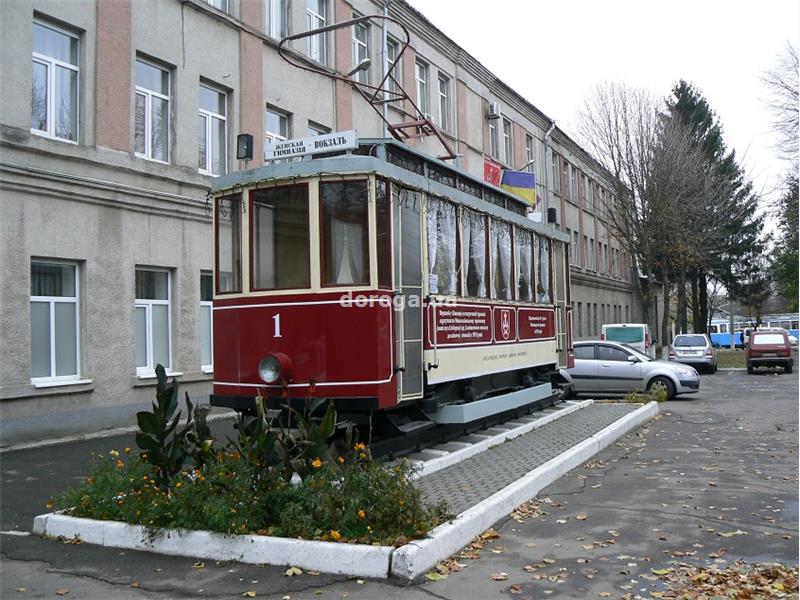
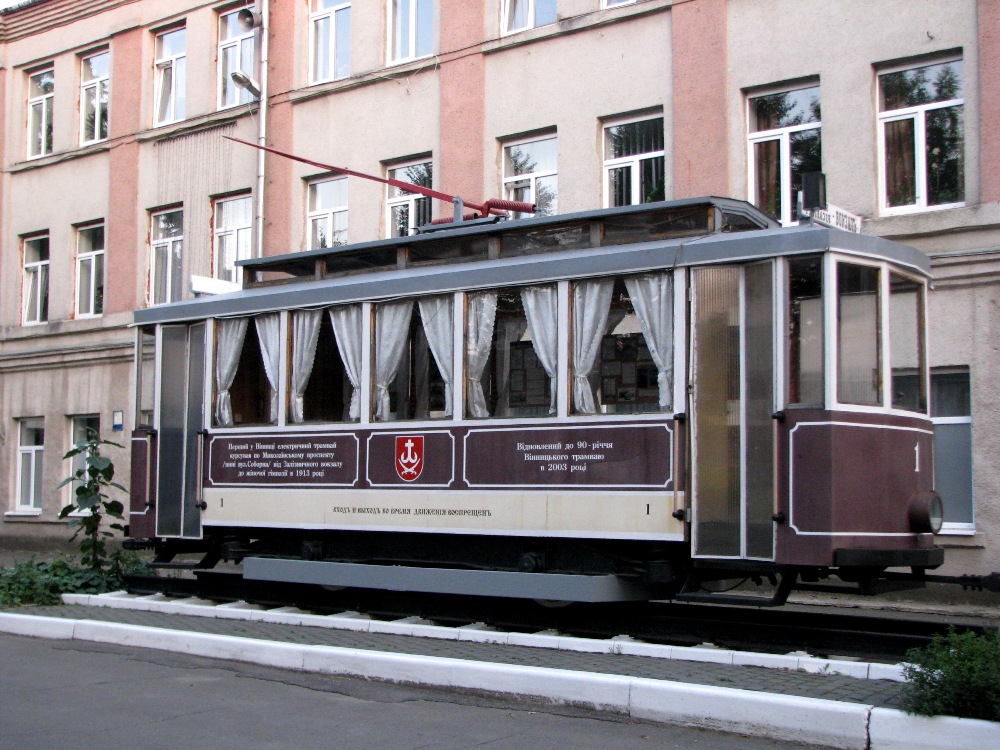
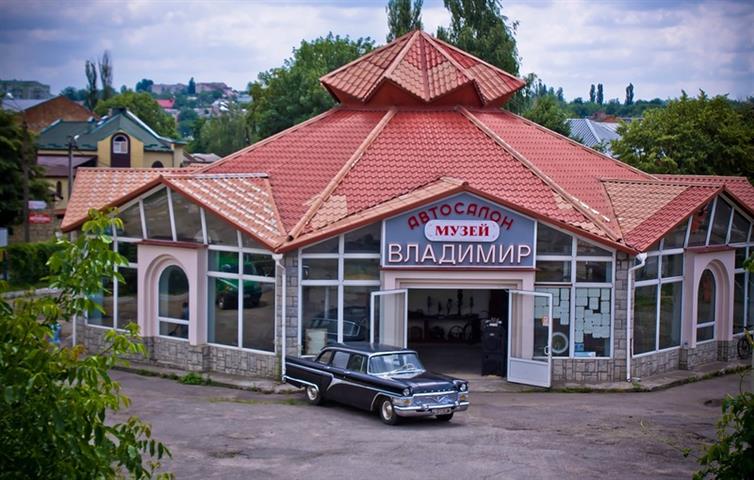

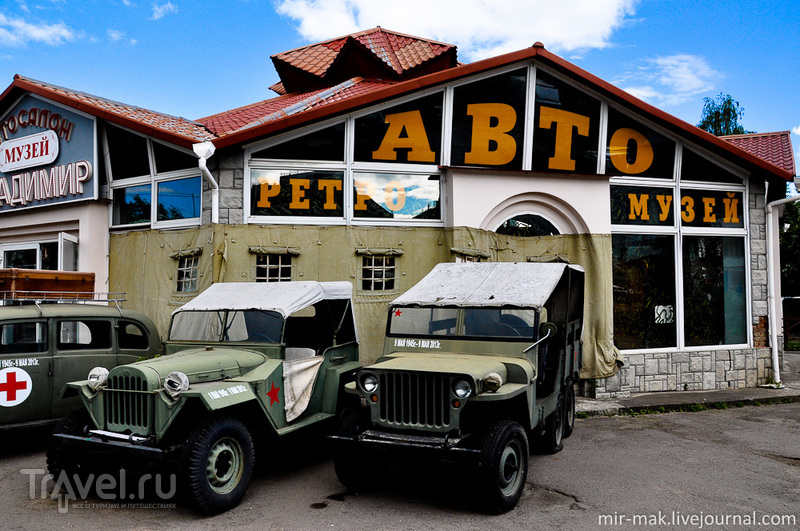
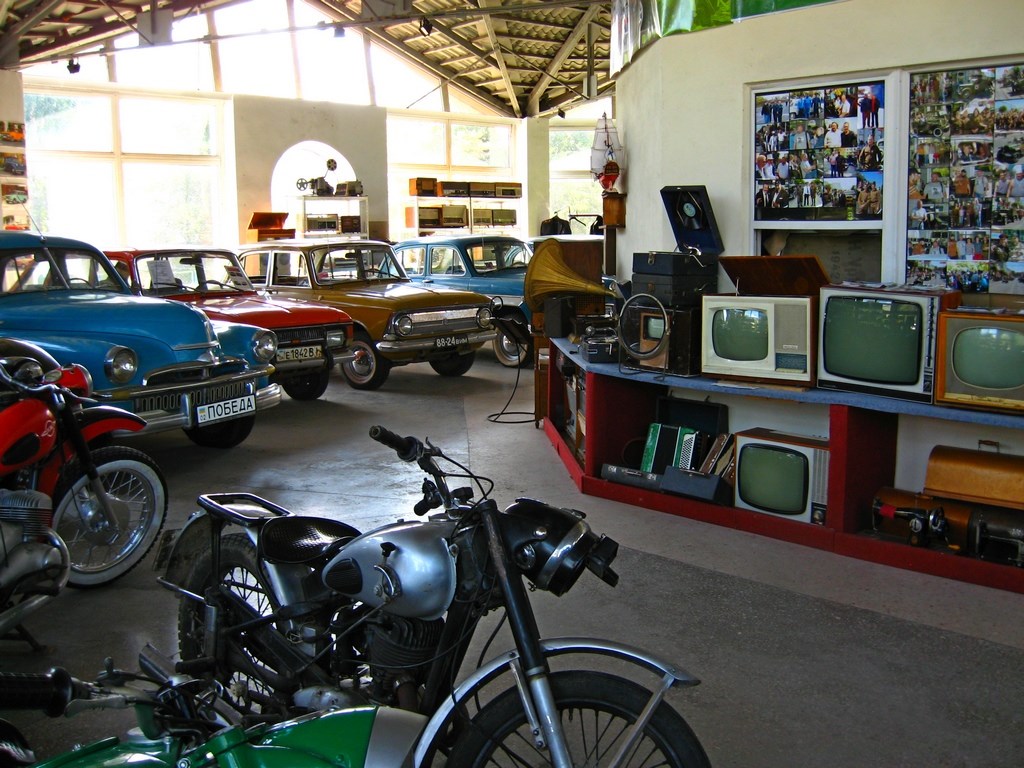
Ucrania desea convertir Cuartel General de Hitler en atractivo para turistas
Las autoridades de Vinnytsia, en el centro de Ucrania, han dado a conocer un plan para convertir los restos del Cuartel General del Führer conocido como "Führerhauptquartier Wehrwolf", en el Frente del Este, en una atracción turística.
Se ha previsto que el museo estará listo el 9 de mayo, el aniversario de la Día de la Victoria en la Segunda Guerra Mundial. "Es el momento de convertir el Wehrwolf en un destino turístico, un monumento a las víctimas del fascismo", dijo el jefe de la administración local, Mykola Djiga, según fue citado por la agencia de noticias UNIAN.
El Wehrwolf, consta de unas 20 cabañas de madera y barracas, más tres bunkers de concreto del tipo "B" y está localizado en un bosque de pinos, a unos 12 kilómetros al norte de Vinnytsia, entre Stryzhavka y Kolo-Mikhailovka, siguiendo la autopista de Kiev.
La construcción, encargada a la Organización Todt, se inició en septiembre de 1941 y se terminó en abril de 1942.
Cerca al lugar se encontraba el aeropuerto de Kalinowka que lo comunicaba con Berlín en un viaje de tres horas. Los movimientos de tropas y equipo se hacían por tren desde la estación "Eichenbein" en el complejo, y que conectaba con la vía regular Berlin-Charlottenburg.
El Wehrwolf contaba con facilidades tales como una casa de té, barbería, sauna, piscina y sala de cine. Sin embargo, el lugar era insalubre con temperaturas que podían pasar los 45 grados centígrados en verano y era excesivamente húmedo, en especial los búnkeres.
A la retirada alemana, el lugar fue destruido y la región fue abandonada. La parte subterránea del complejo fue sellada después por el Ejército Rojo.
En la actualidad el lugar está prácticamente abandonado, sólo quedan los restos de los búnkeres y de la piscina que no pudieron ser destruidos en su totalidad. La zona se mantiene como área abierta para recreación de los residentes de los alrededores.
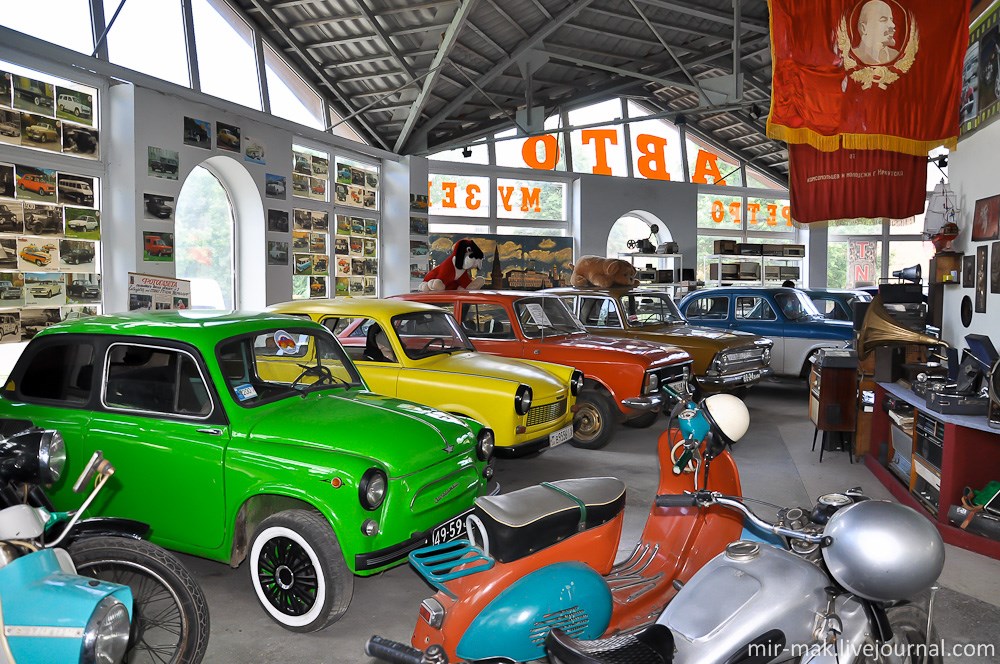
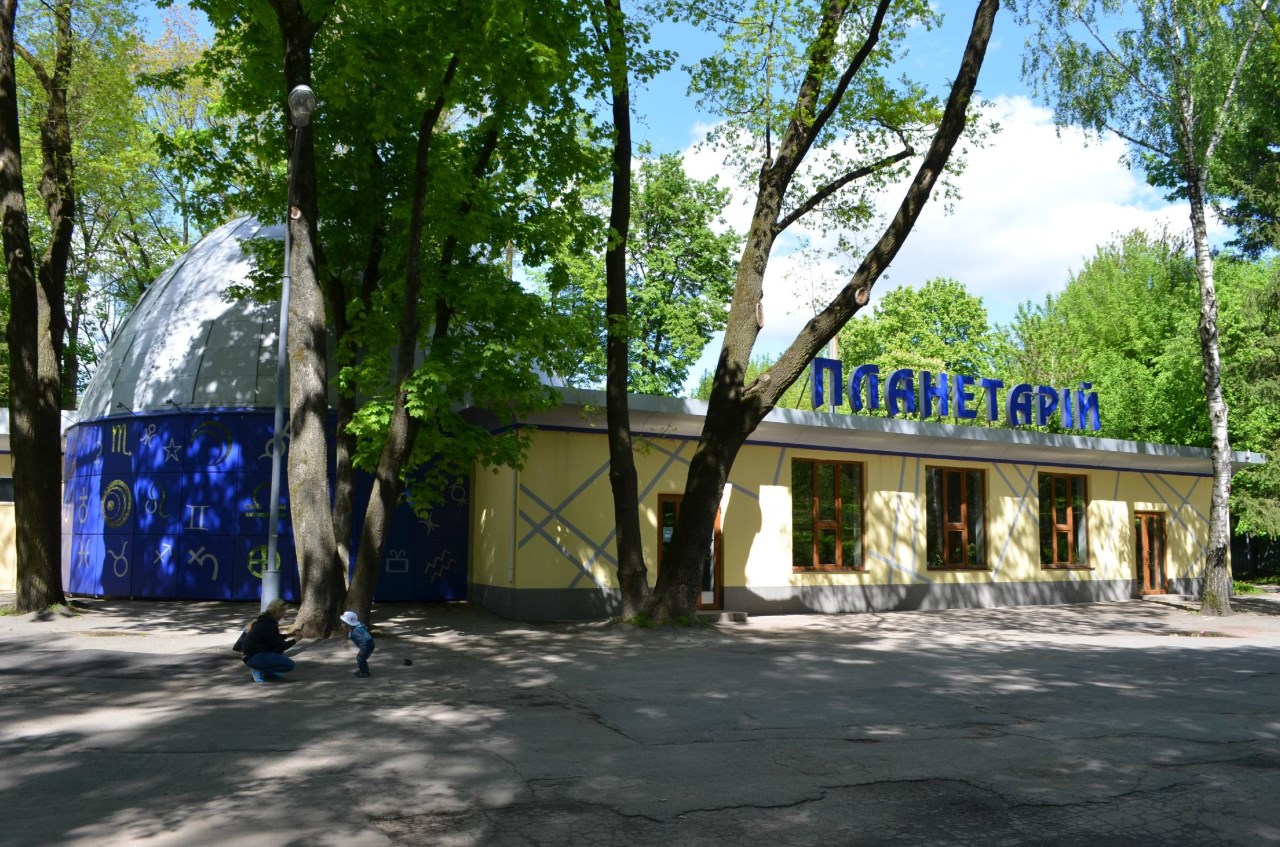


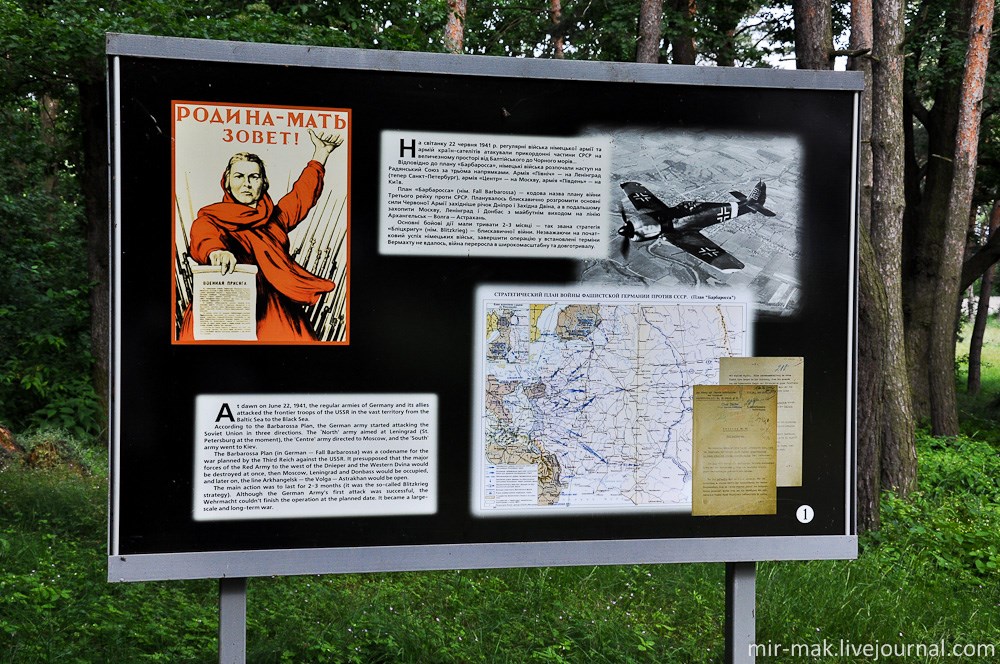
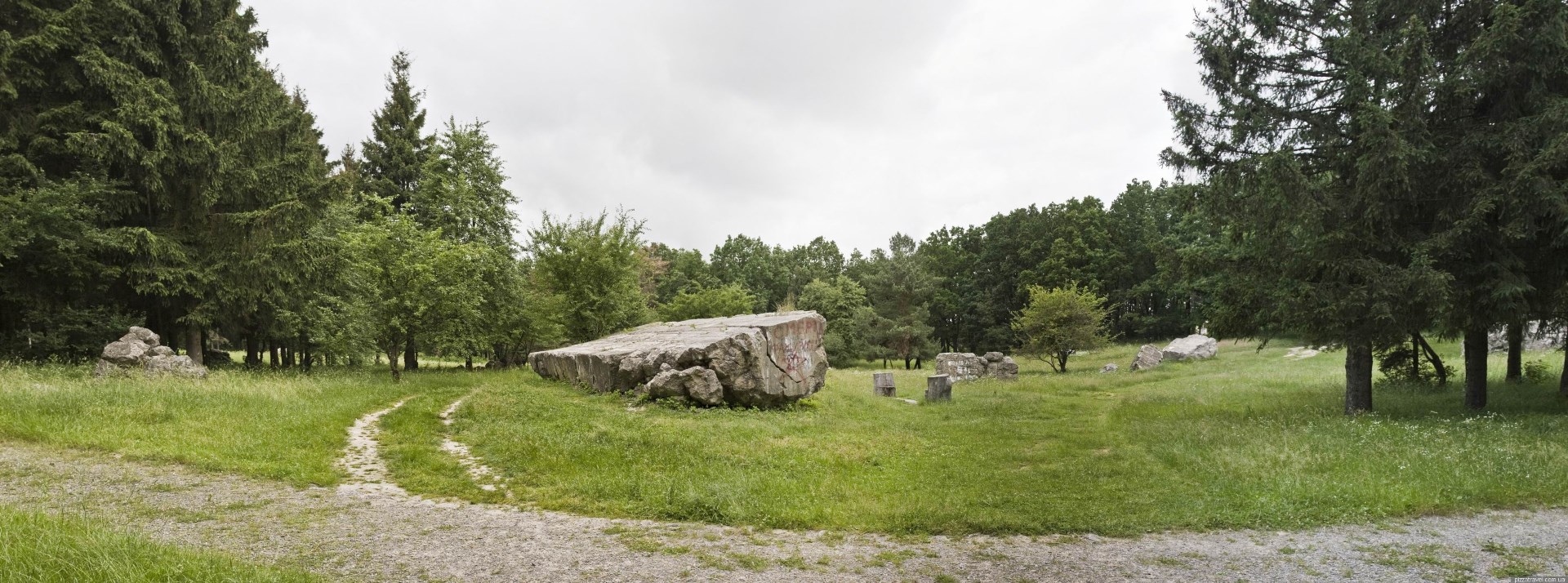
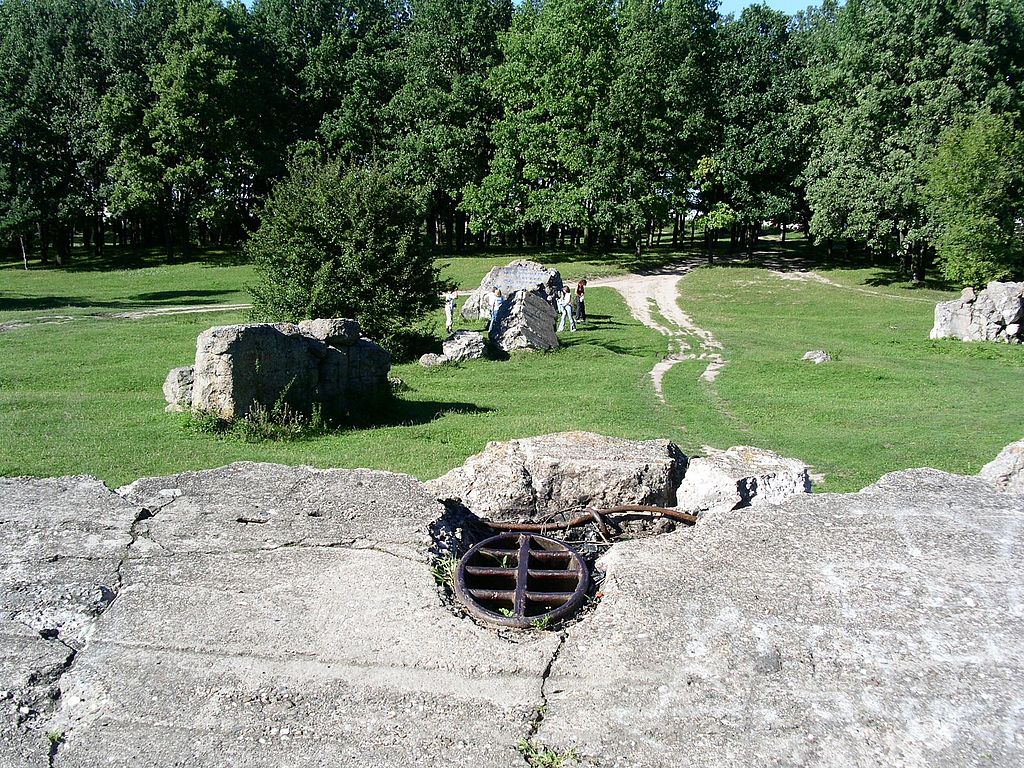
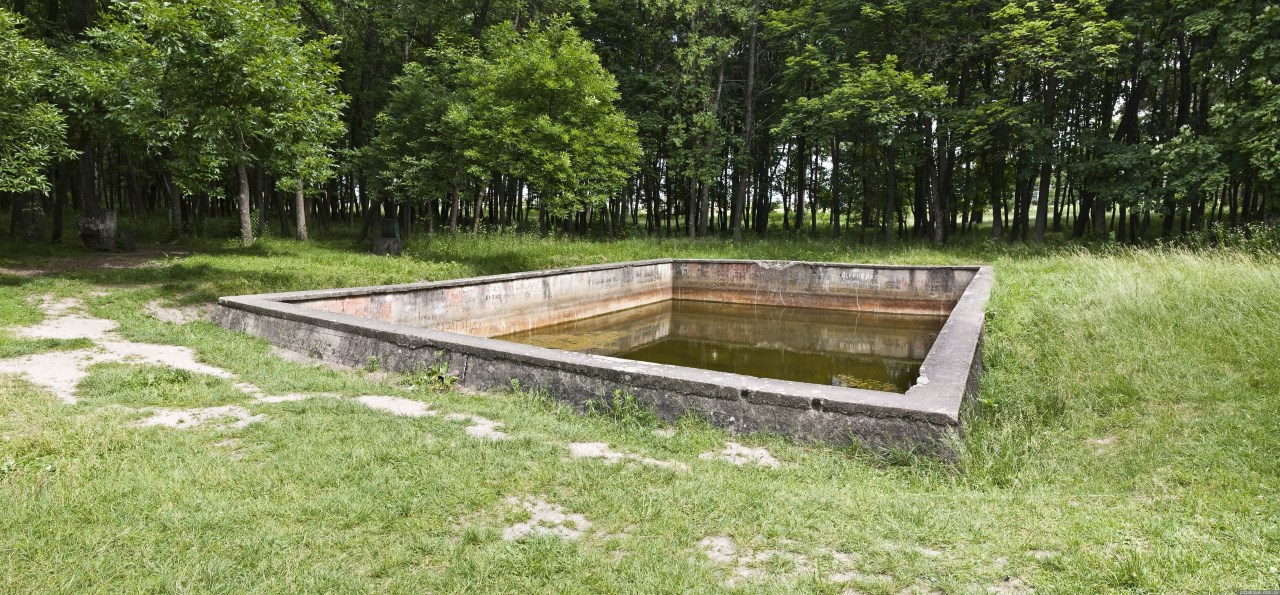
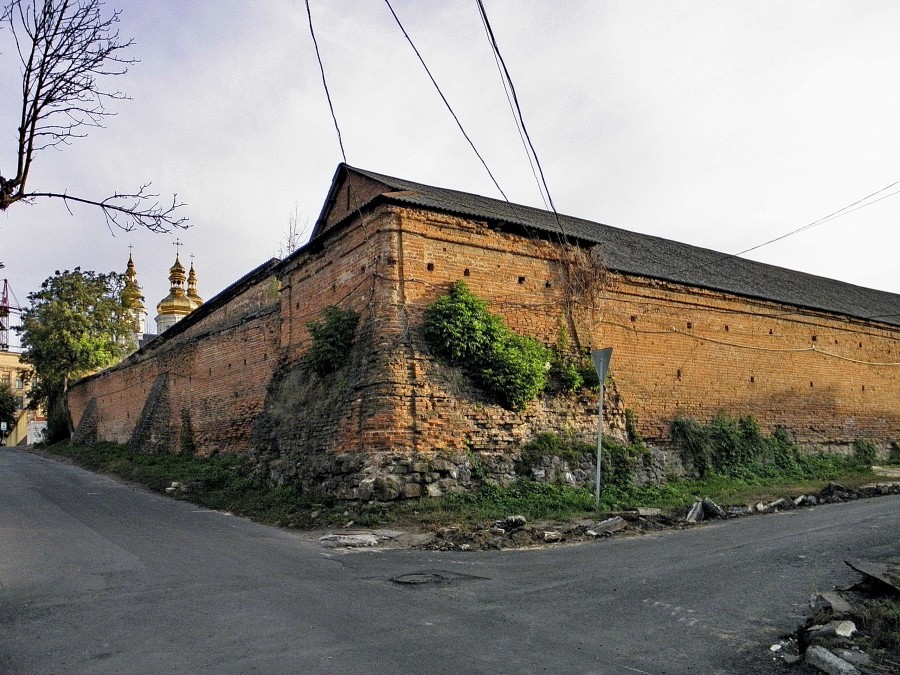


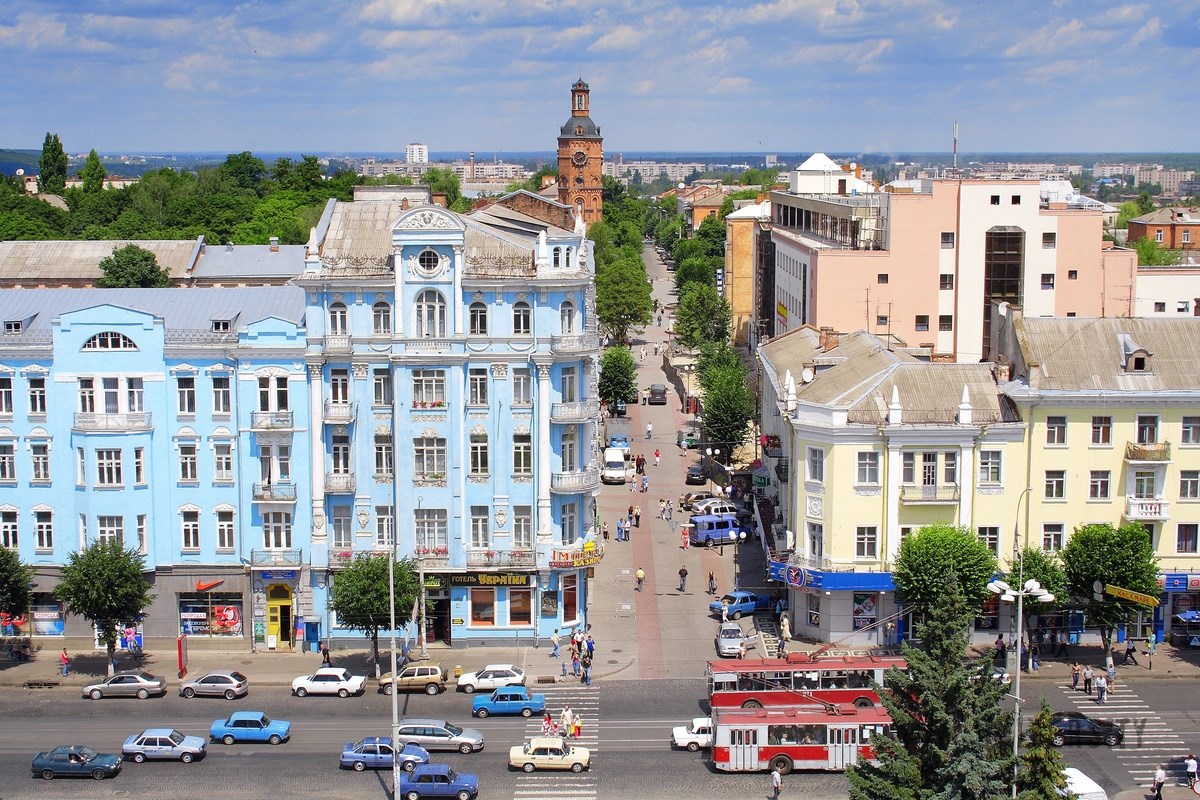
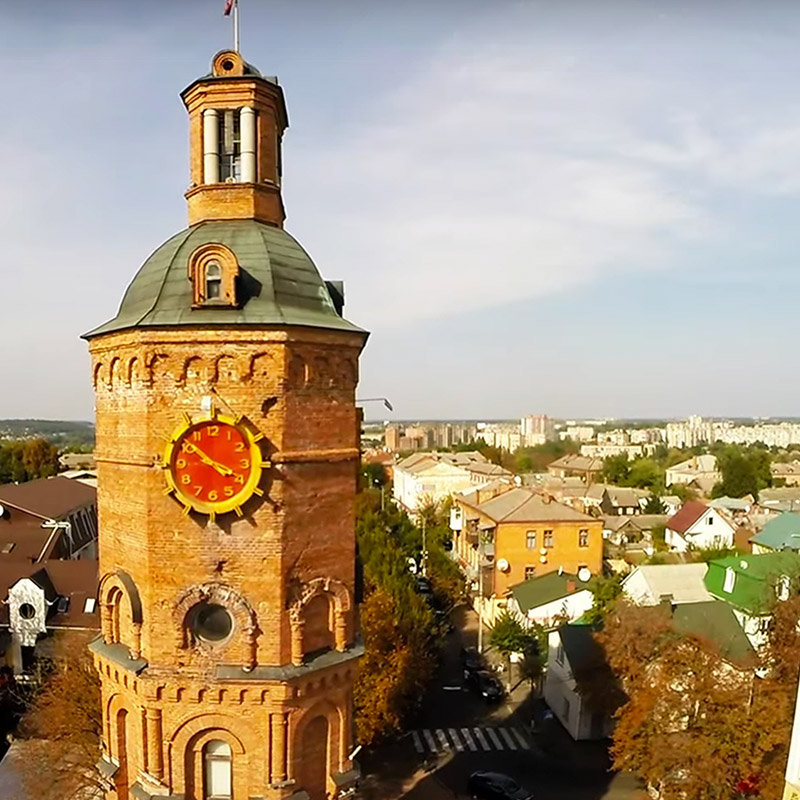
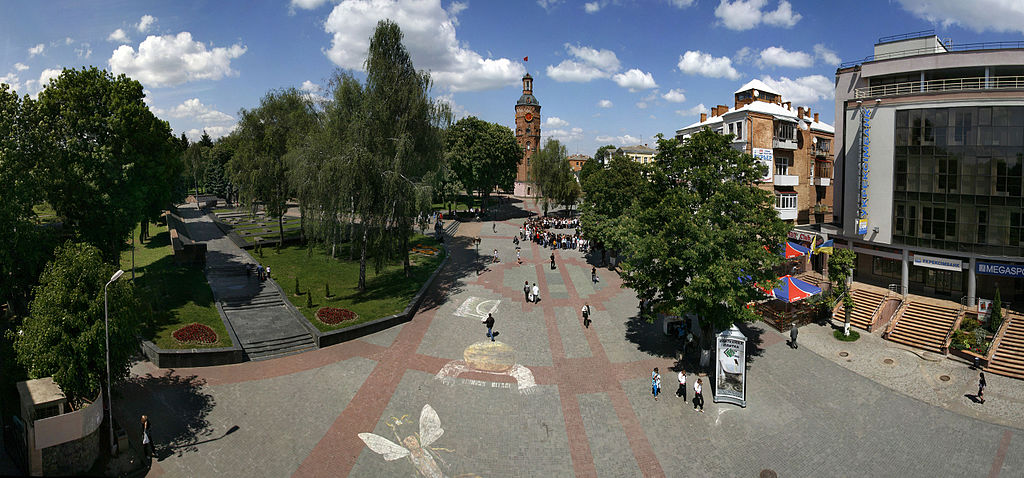
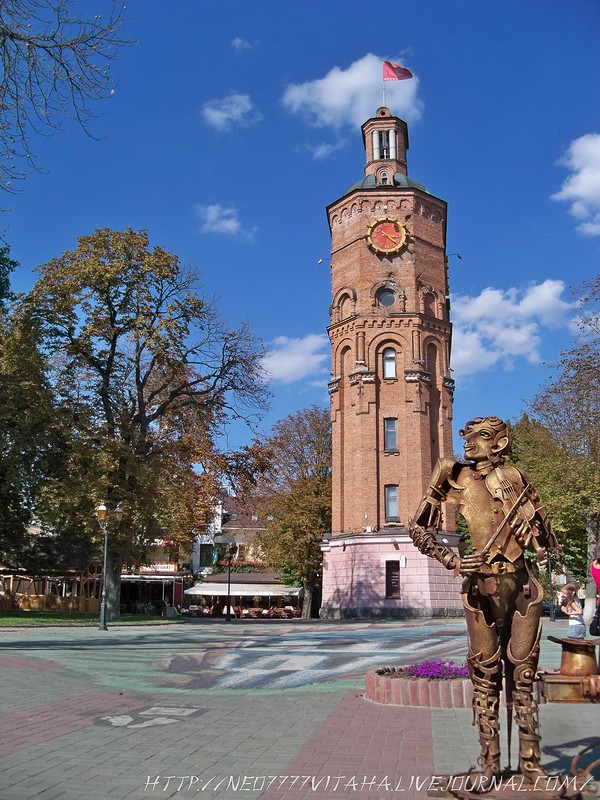
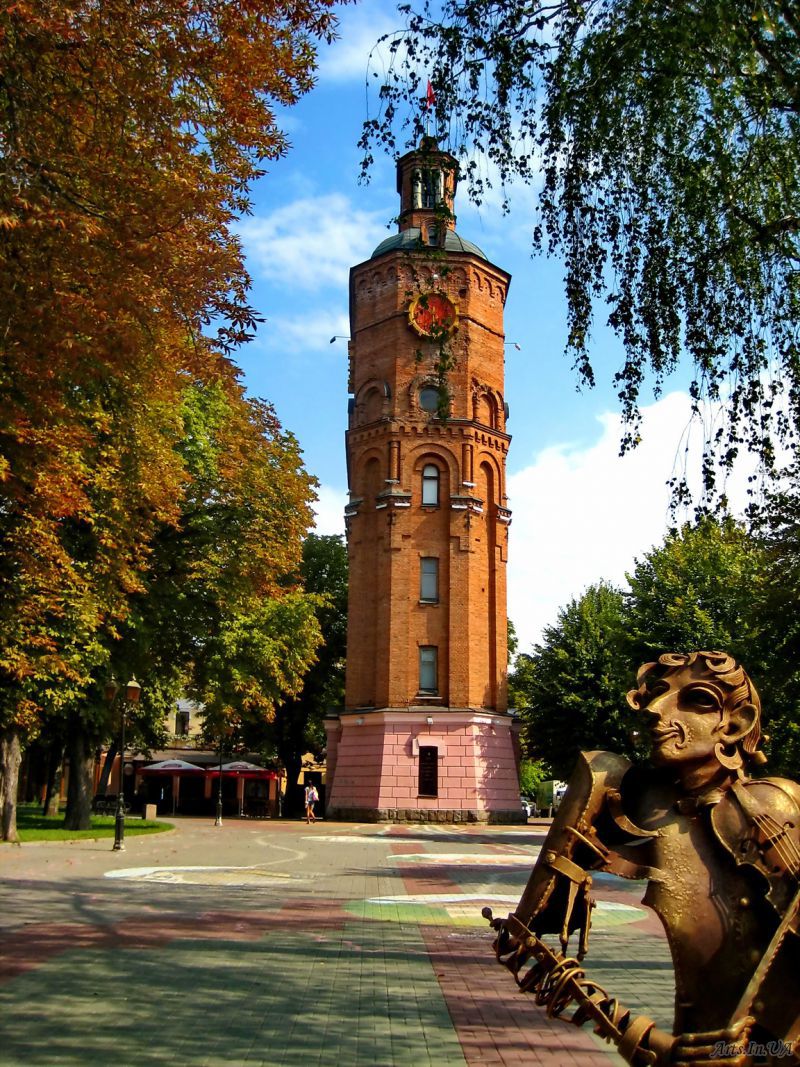
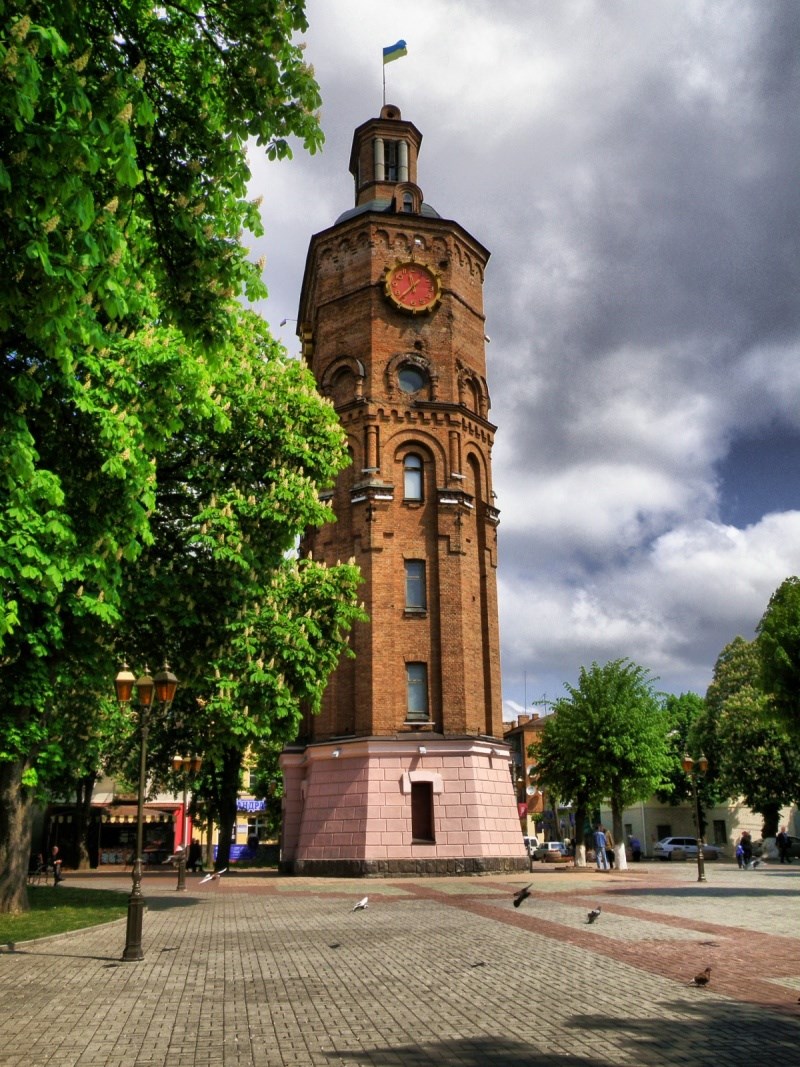
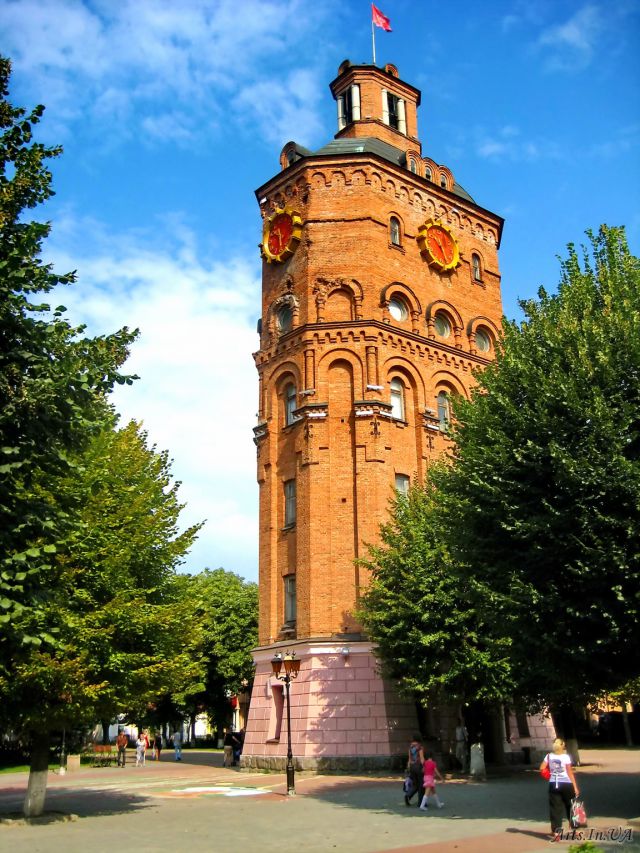
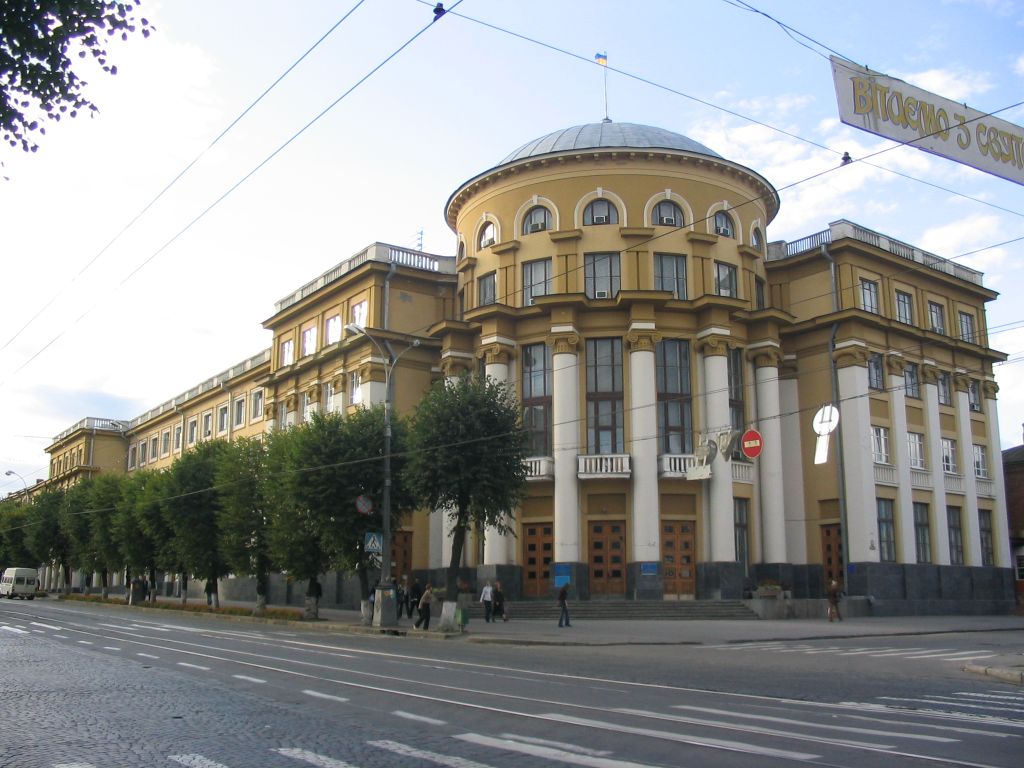
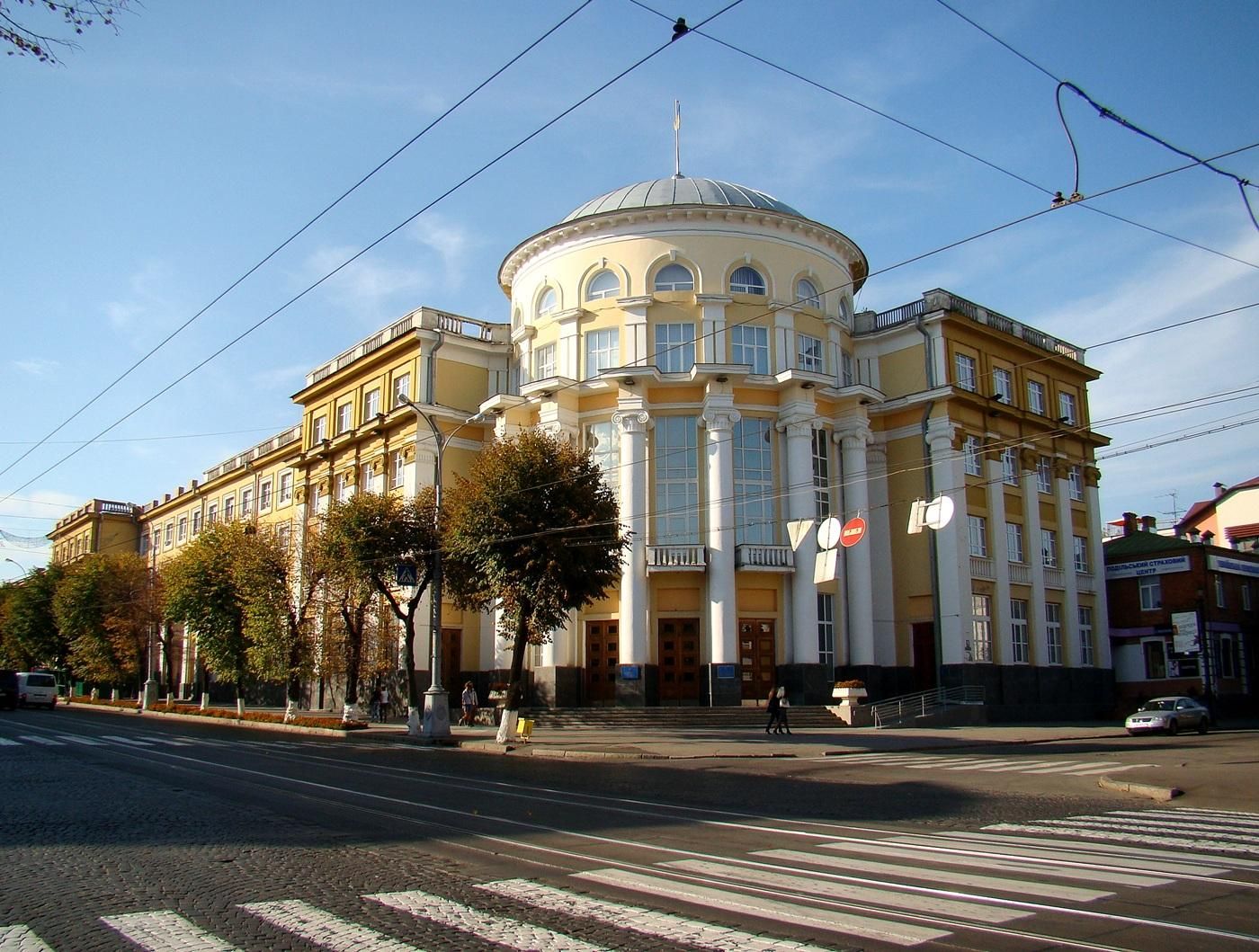
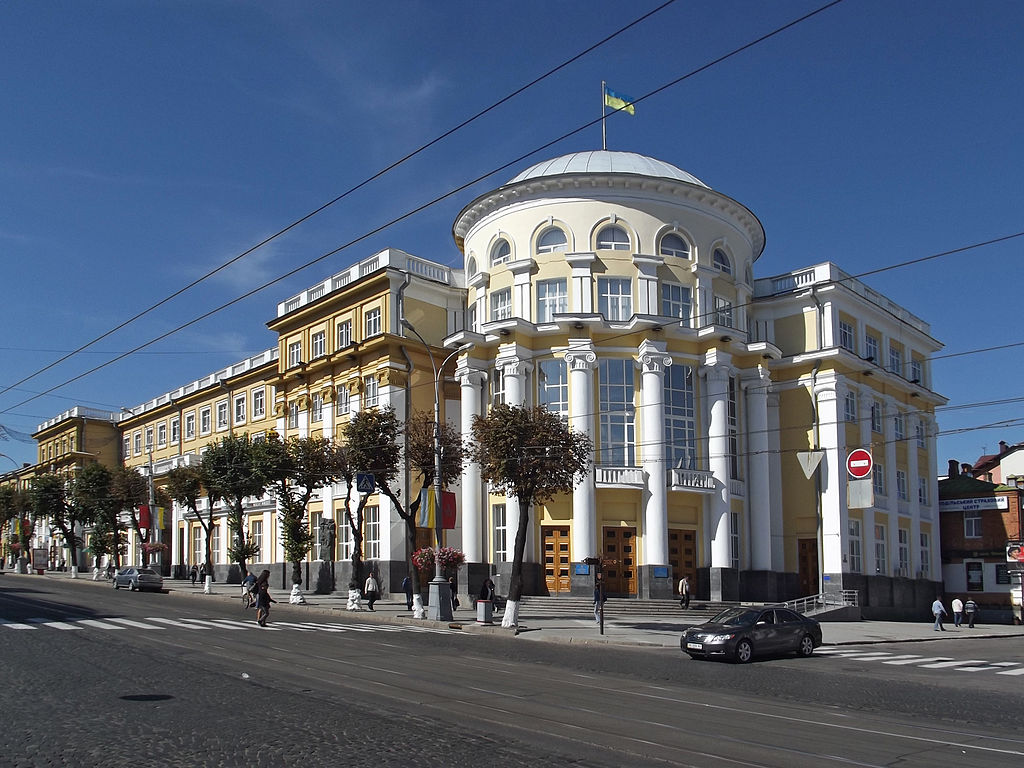
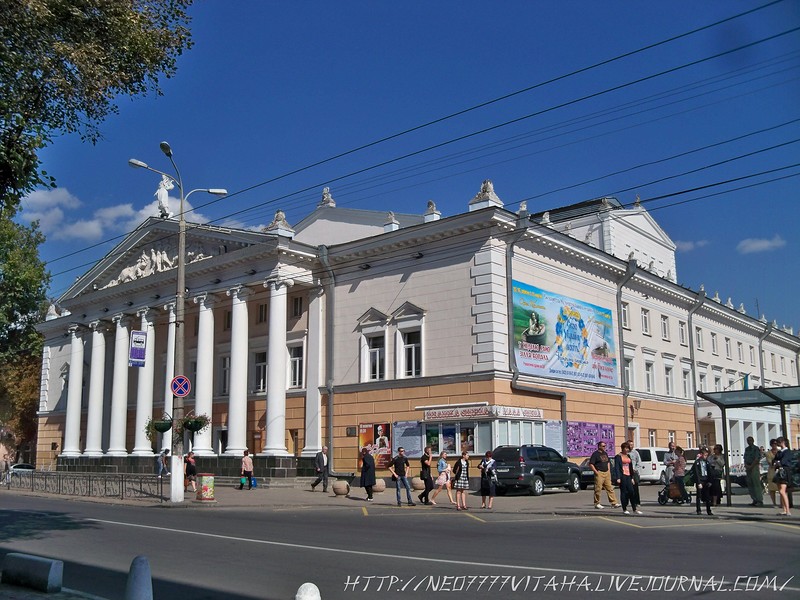


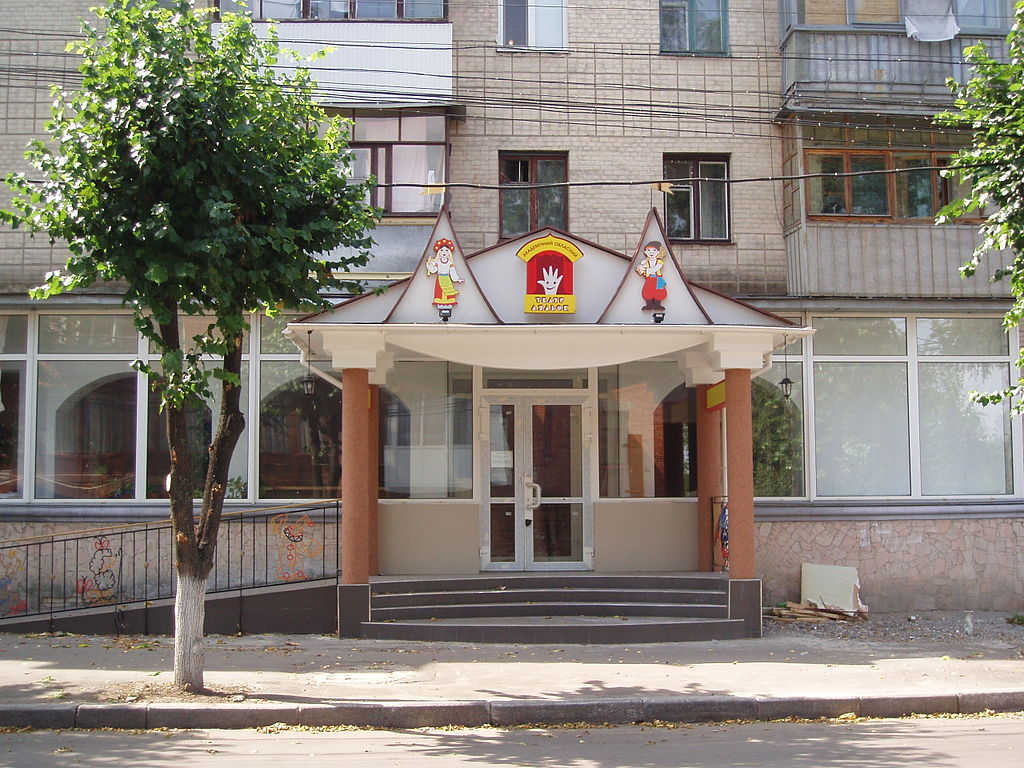
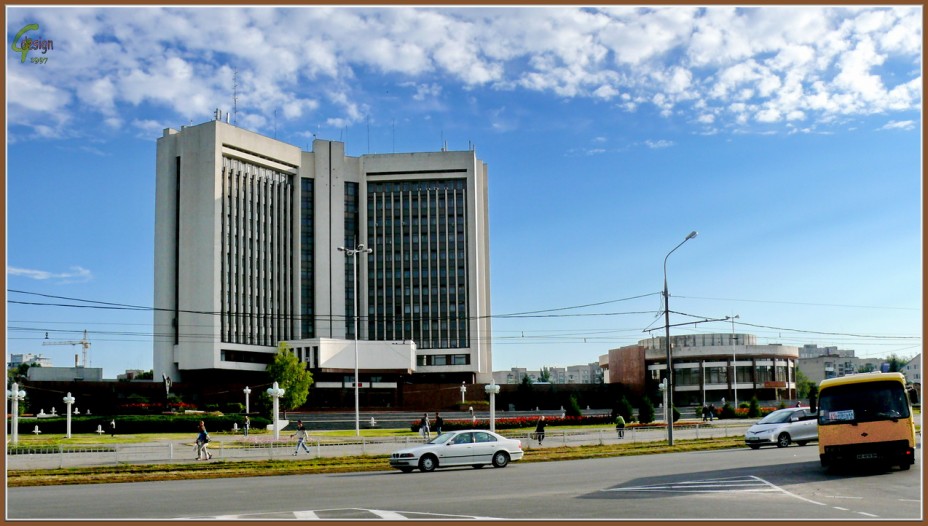
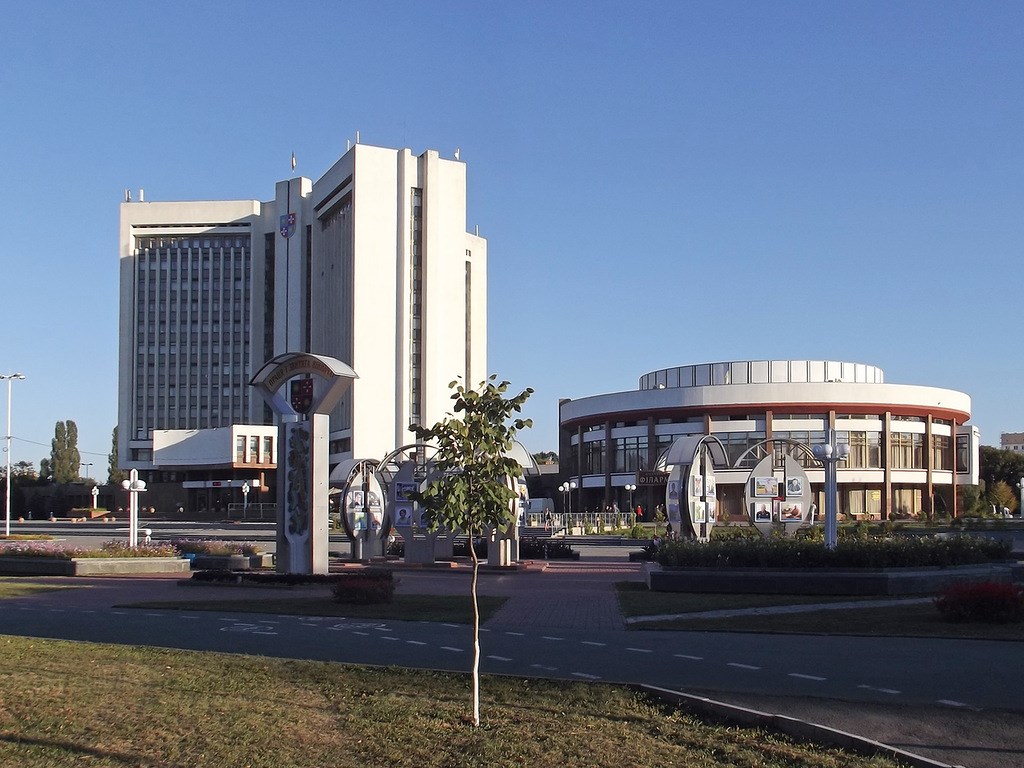
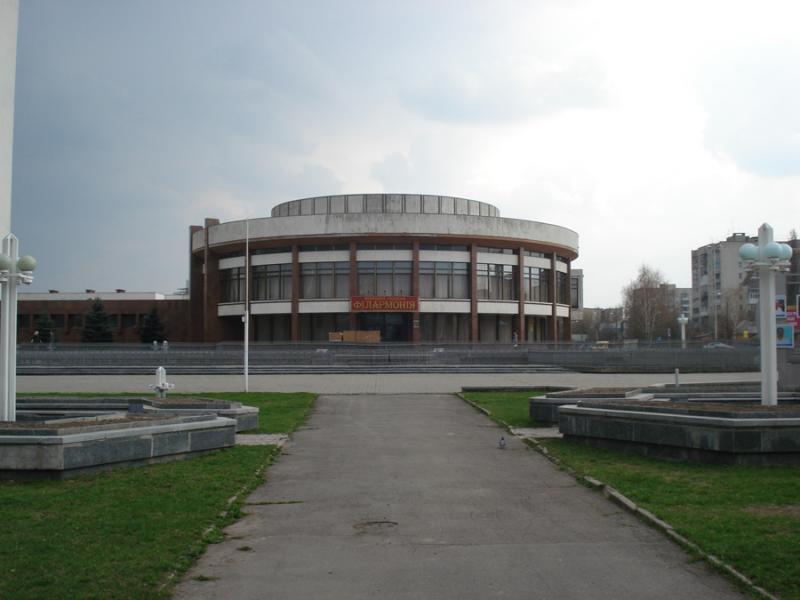
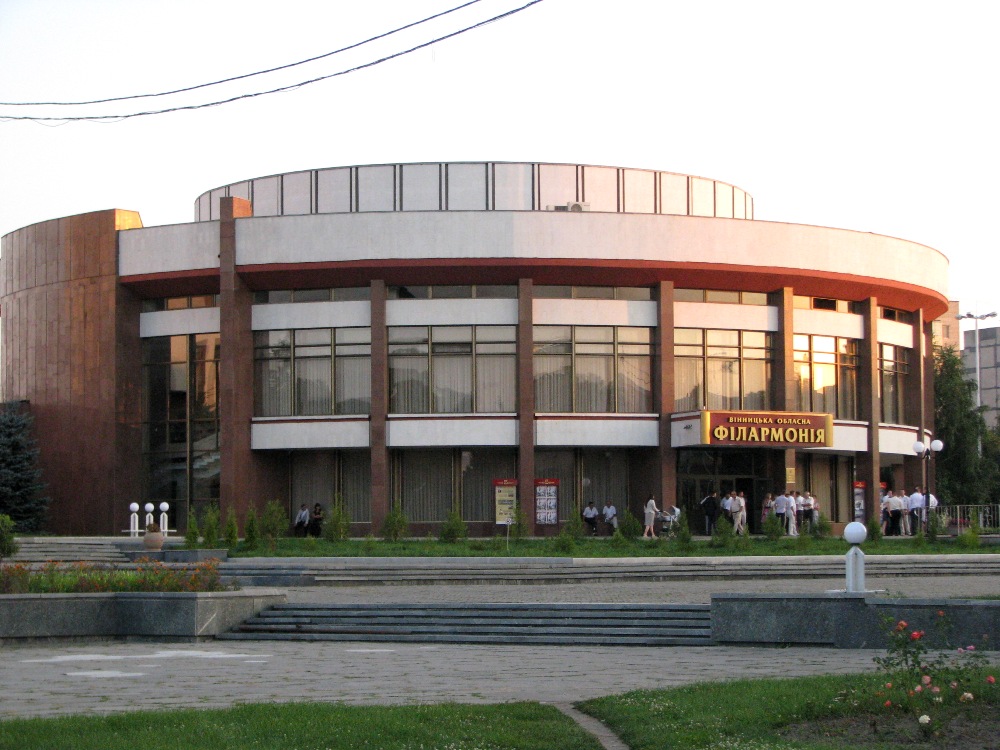
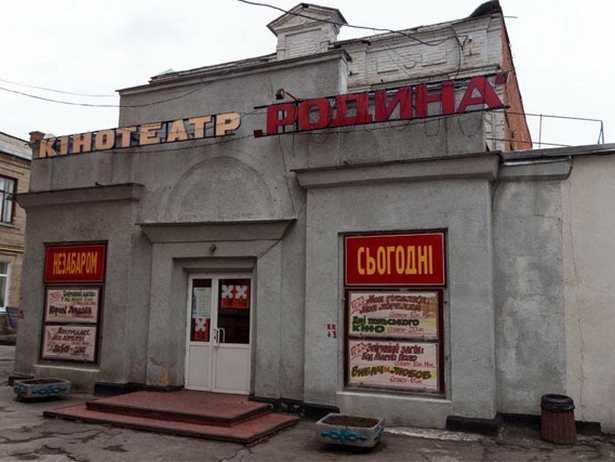
Vinnitsa is the largest city of Podolsk region and also both the regional and the town center. Vinnitsa is a major industrial center; however, a significant role is played also and cultural life of the city. In addition to plants and factories in Vinnitsa there are a lot of universities that educate students from all over Ukraine. There is a plenty of hotels and restaurants of different categories, where you can comfortably stay and rest.
The history of Vinnitsa begins in 1363 with the founding of a wooden fortress on a high hill of the river Southern Bug, which was created by the nephew of the Lithuanian Prince Olgerd Fedor Koryatovych. The fortress existed in this location until the middle of the XVI century, after which it was moved to the island of Kempa (Festivalny now). After that was built a new wooden castle, burned in 1580 by the Tatars. The history of Vinnitsa is full of various events, for many centuries the territory of settlement increased, the town was growing, and different people were living here.
In 1616 in Vinnitsa was founded monastery of the Transfiguration Orthodox Church, which still remains one of the most famous sights of the city. In 1746 the city was built a temple of the Blessed Virgin Mary of Angels, also known as the Church of the Virgin Mary. This magnificent building in the style of Tuscan Baroque originally belonged to the Capuchins, later it was reserved for the Royal barracks, and today it belongs to the Catholic community.
Also worth noting is that in Vinnitsa there are many monuments of prominent persons of the city, there are a lot of museums, among which it is necessary to mention separately art museum and museum of local history. In addition, there in Vinnitsa exists the unique Museum-estate of the outstanding scientist and surgeon N.I. Pirogov, and close to museum in the church lies embalmed body of genius doctor.
In Vinnitsa there are also many other attractions. In 2010, the city received a monument to Pope John Paul II. The real visit card of Vinnitsa is the water tower, adorned with clock, what since 1993 holds a Museum of memory of the soldiers in Afghanistan. And on the bank of the Southern Bug River there was built amazing light-and-music fountain, the only one in Ukraine, able to create splendid show with a combination of music, water and light.
http://ukraine3d.com/en/sights_in_Vinnitsa
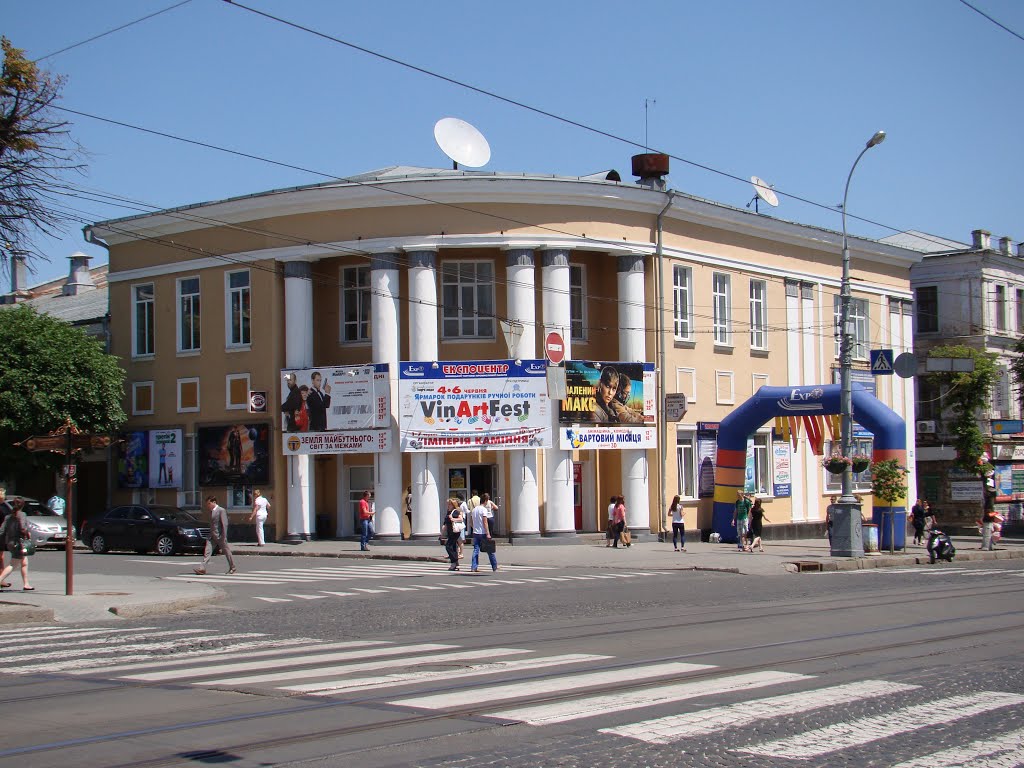
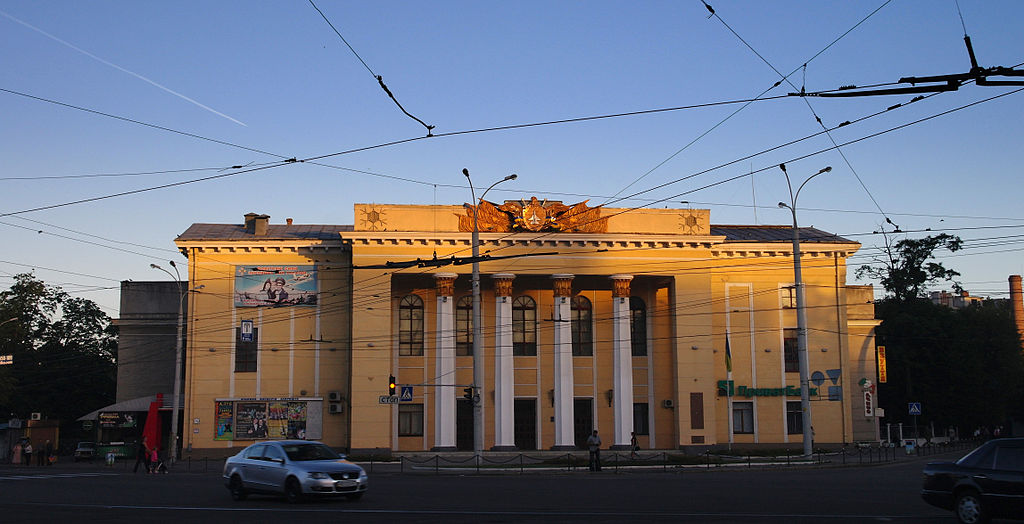
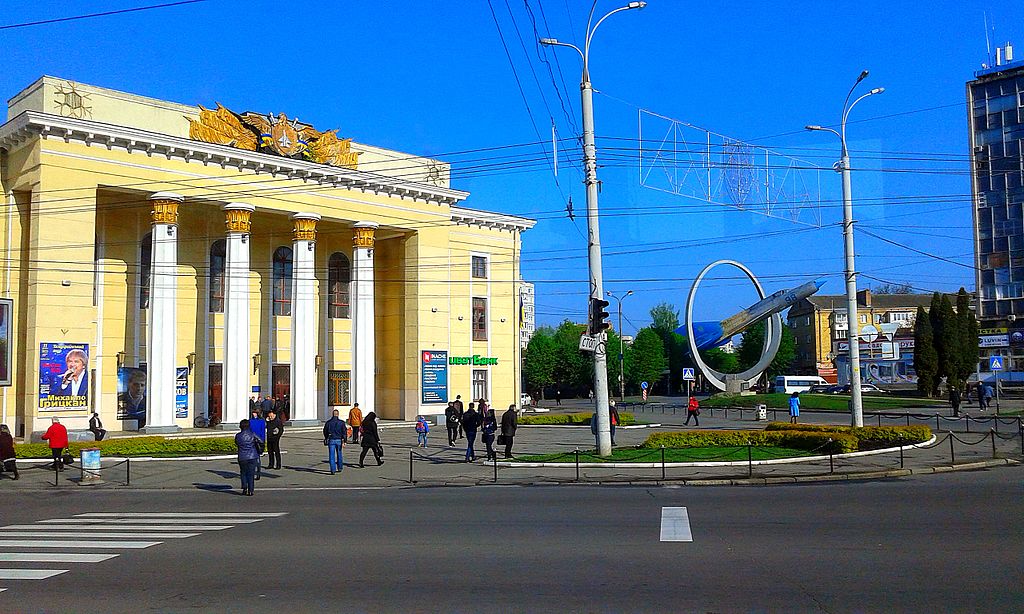
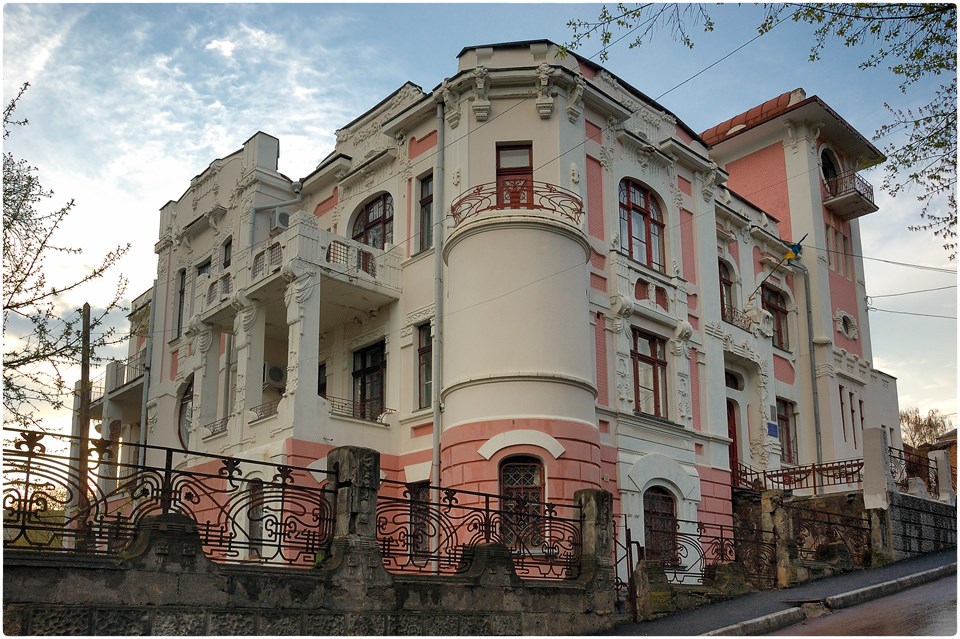
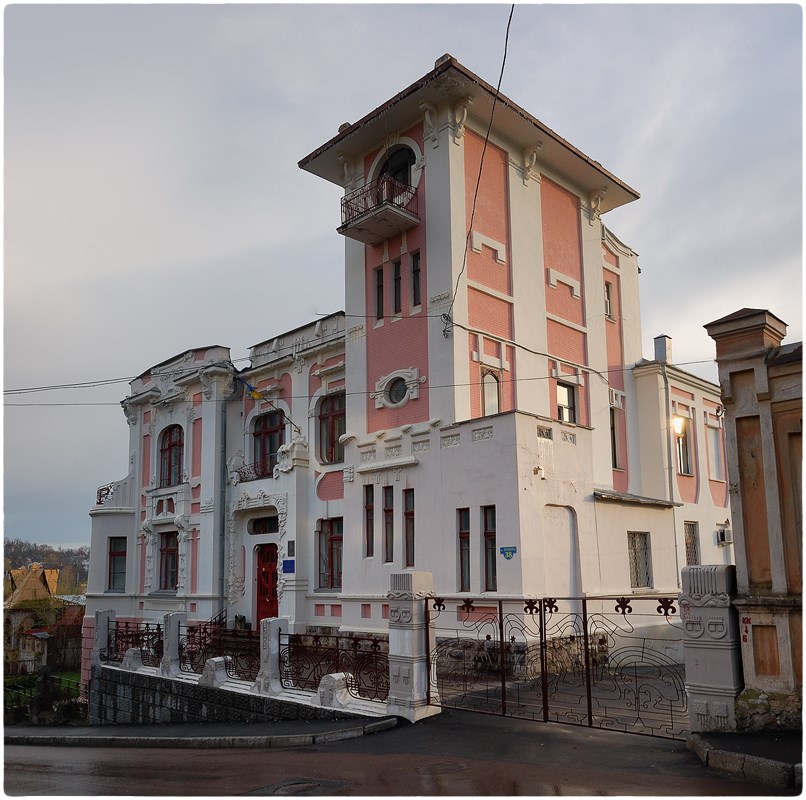
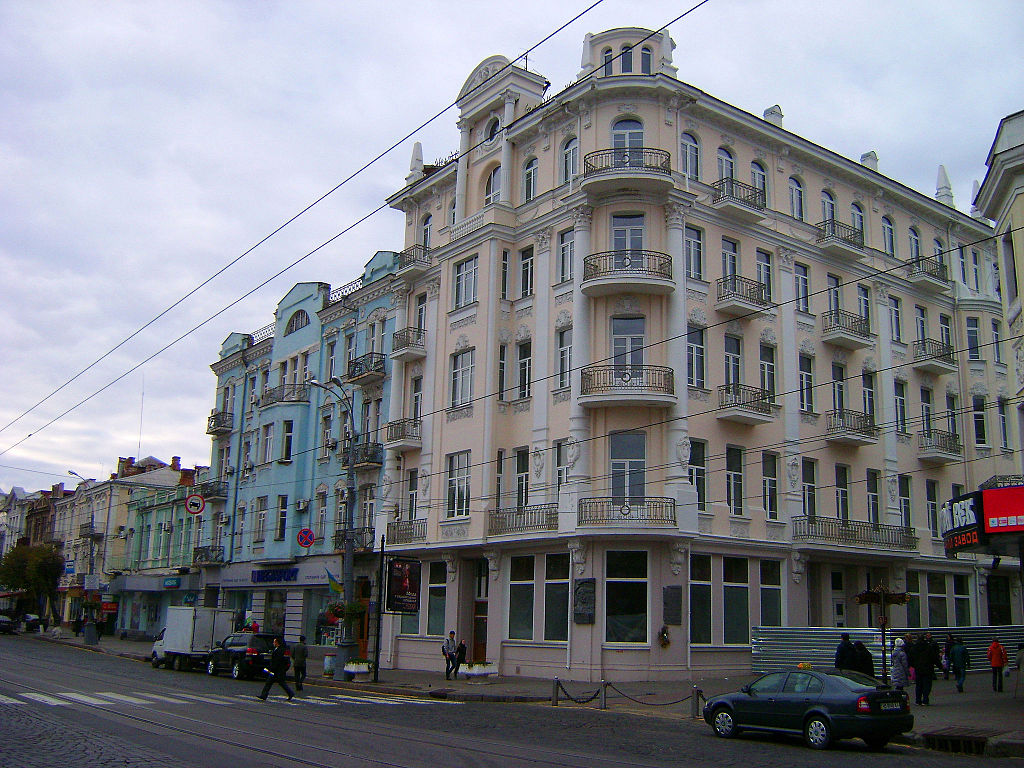



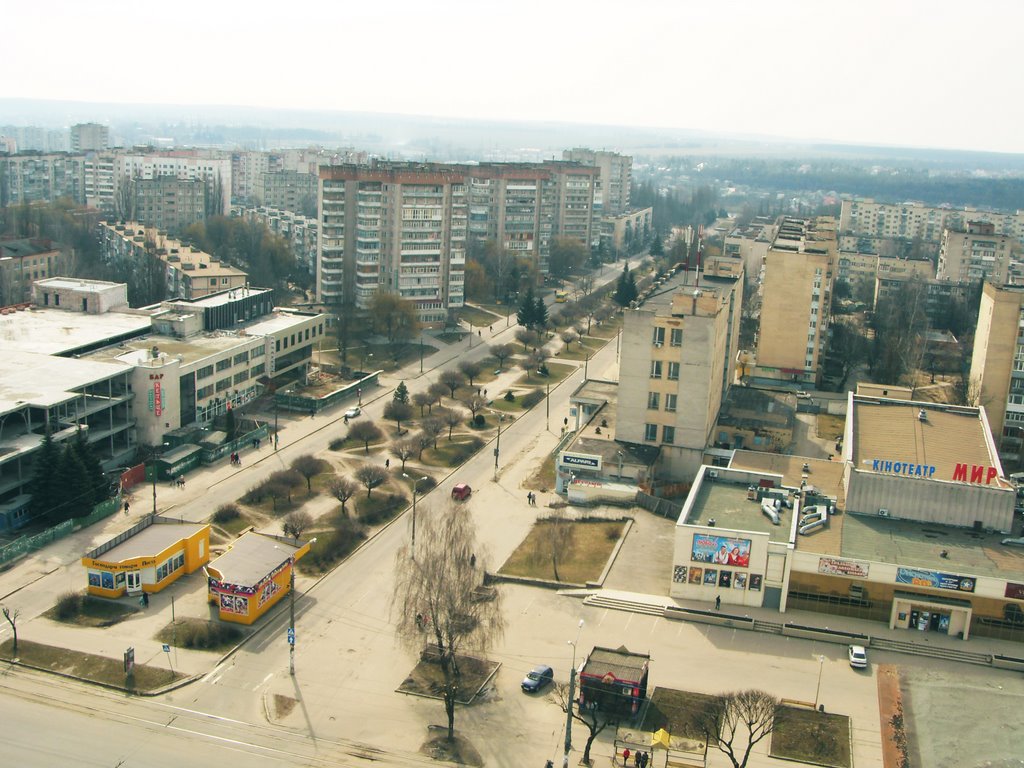

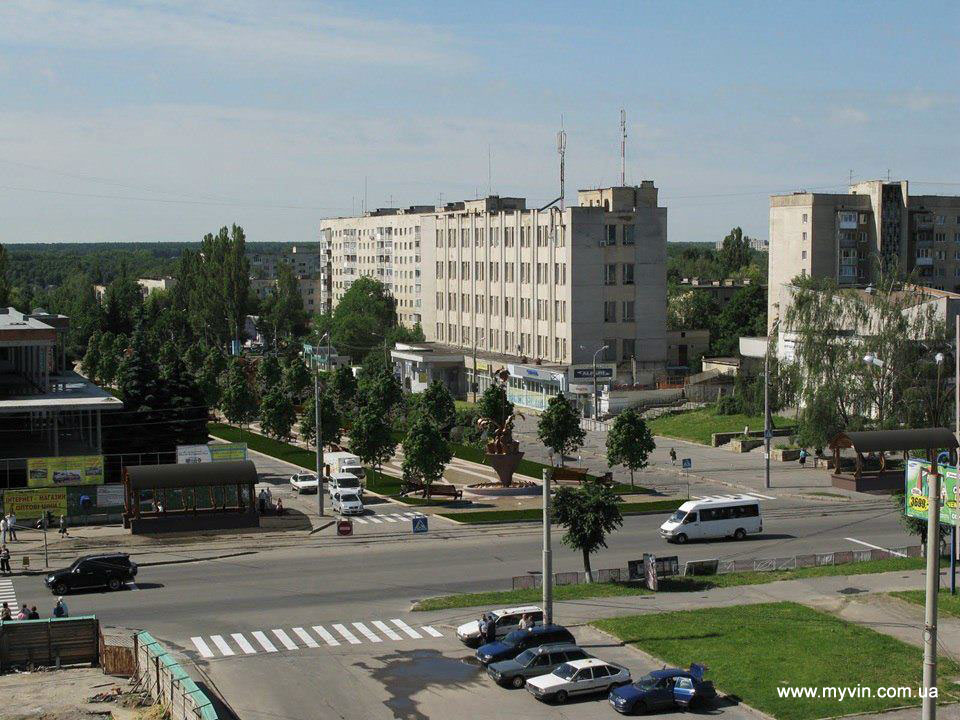
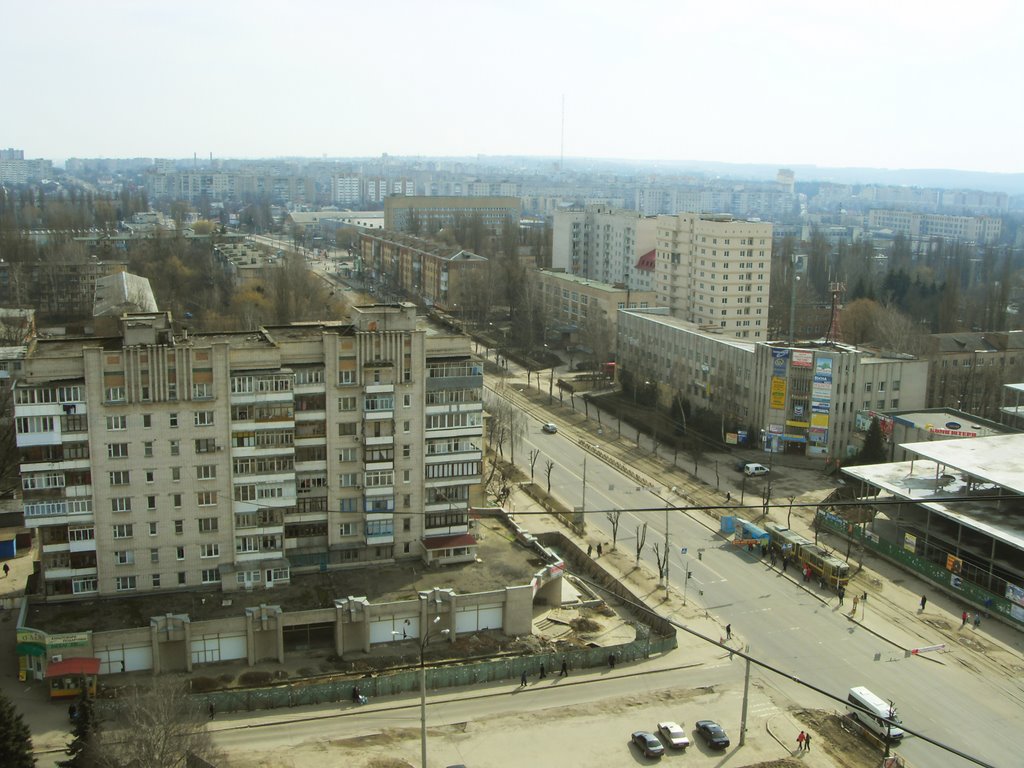
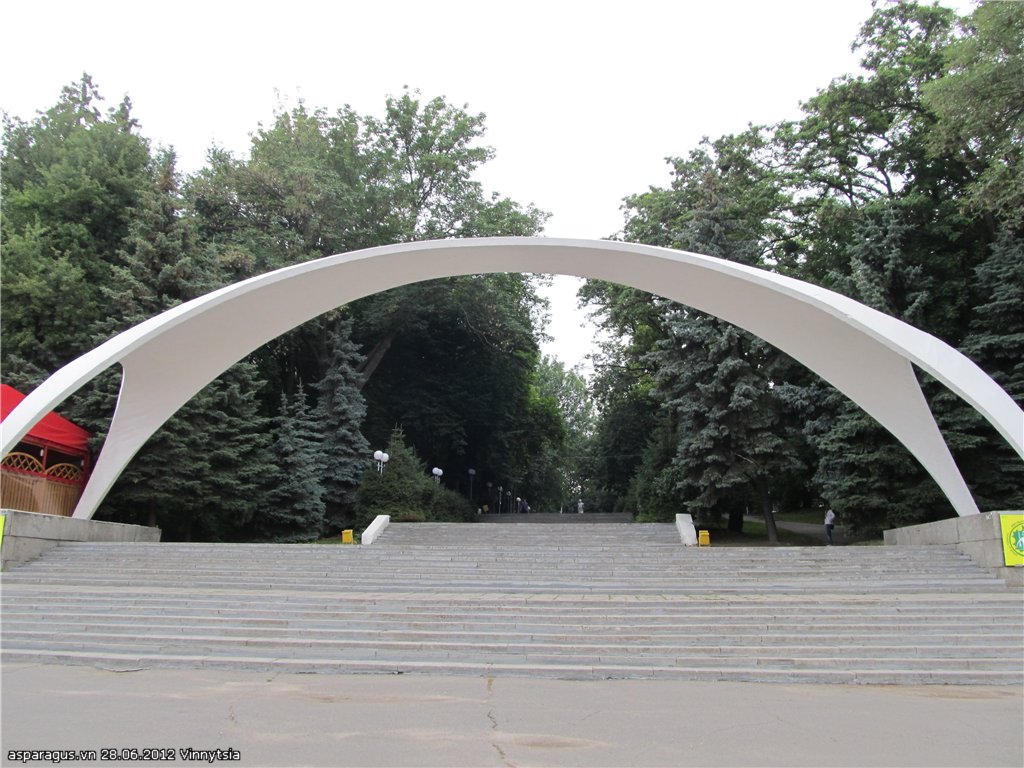
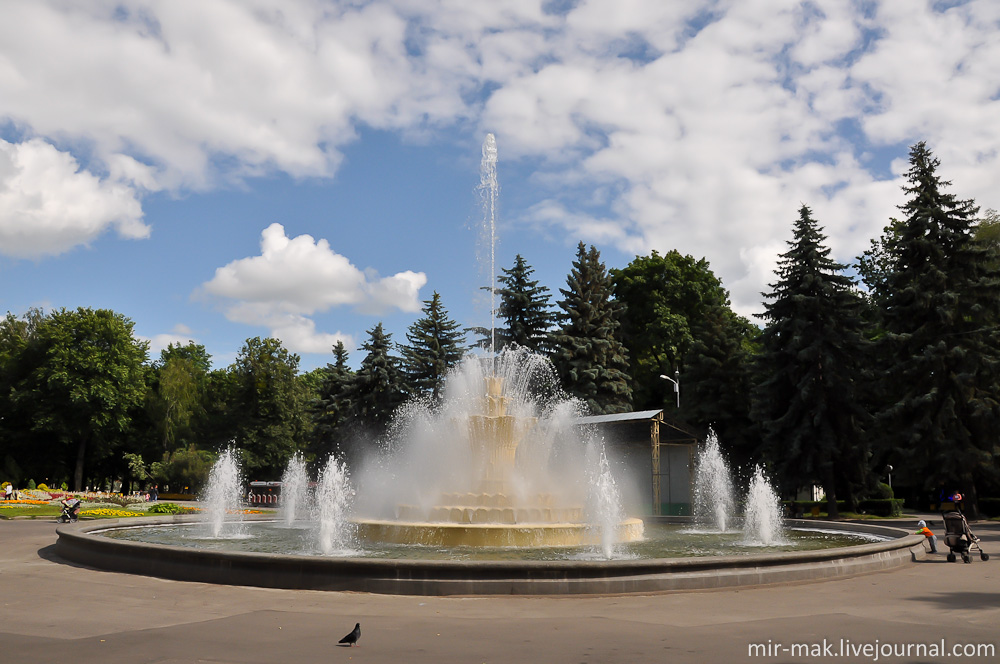
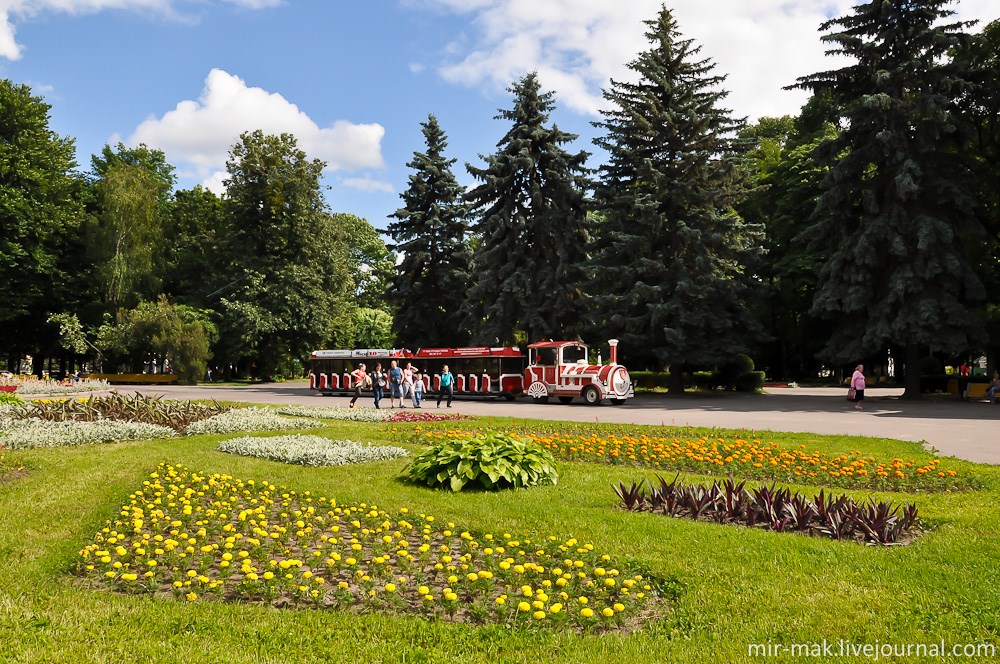
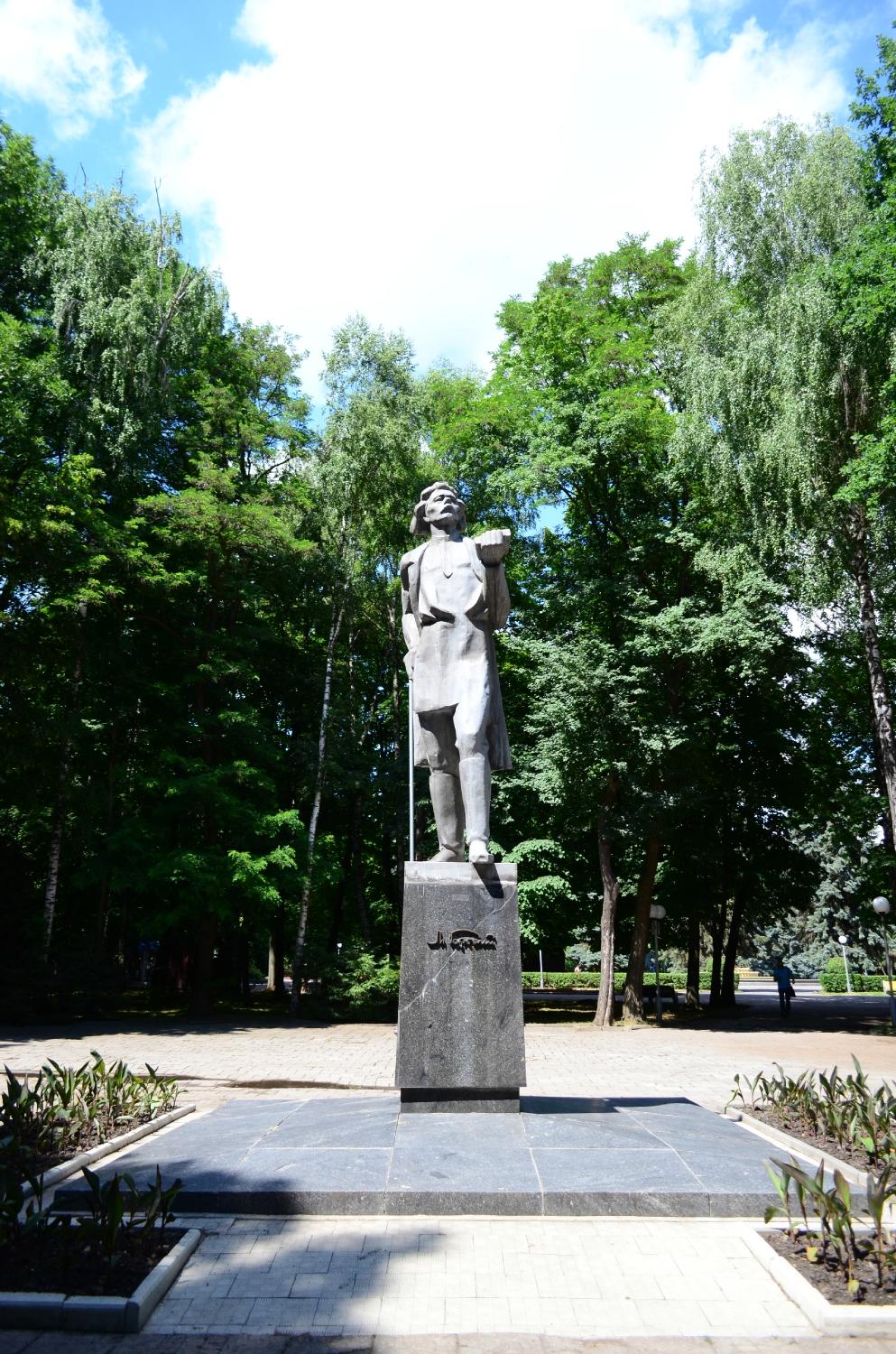
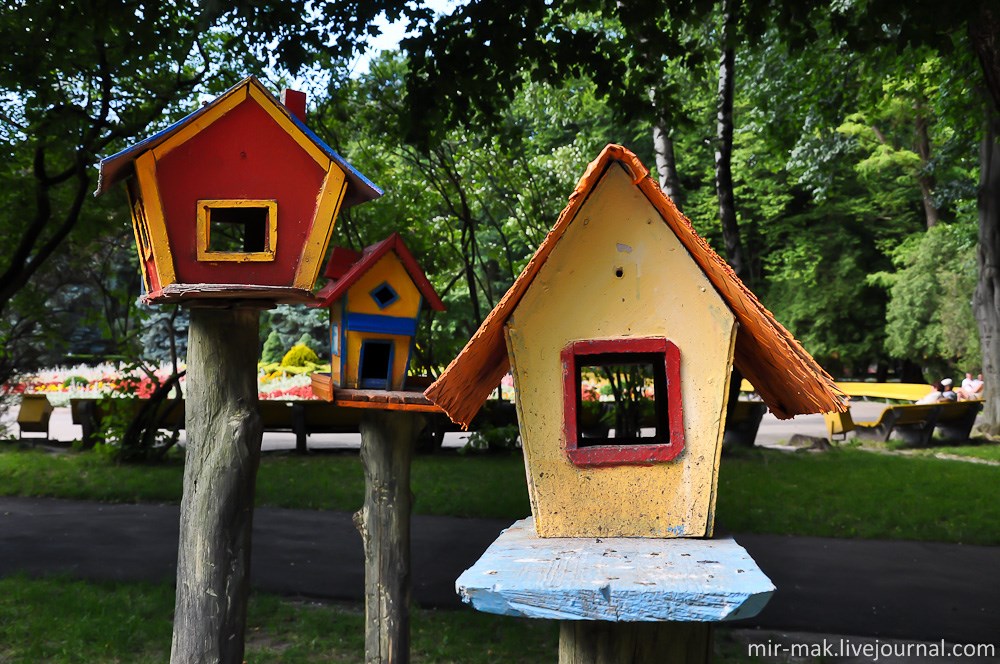
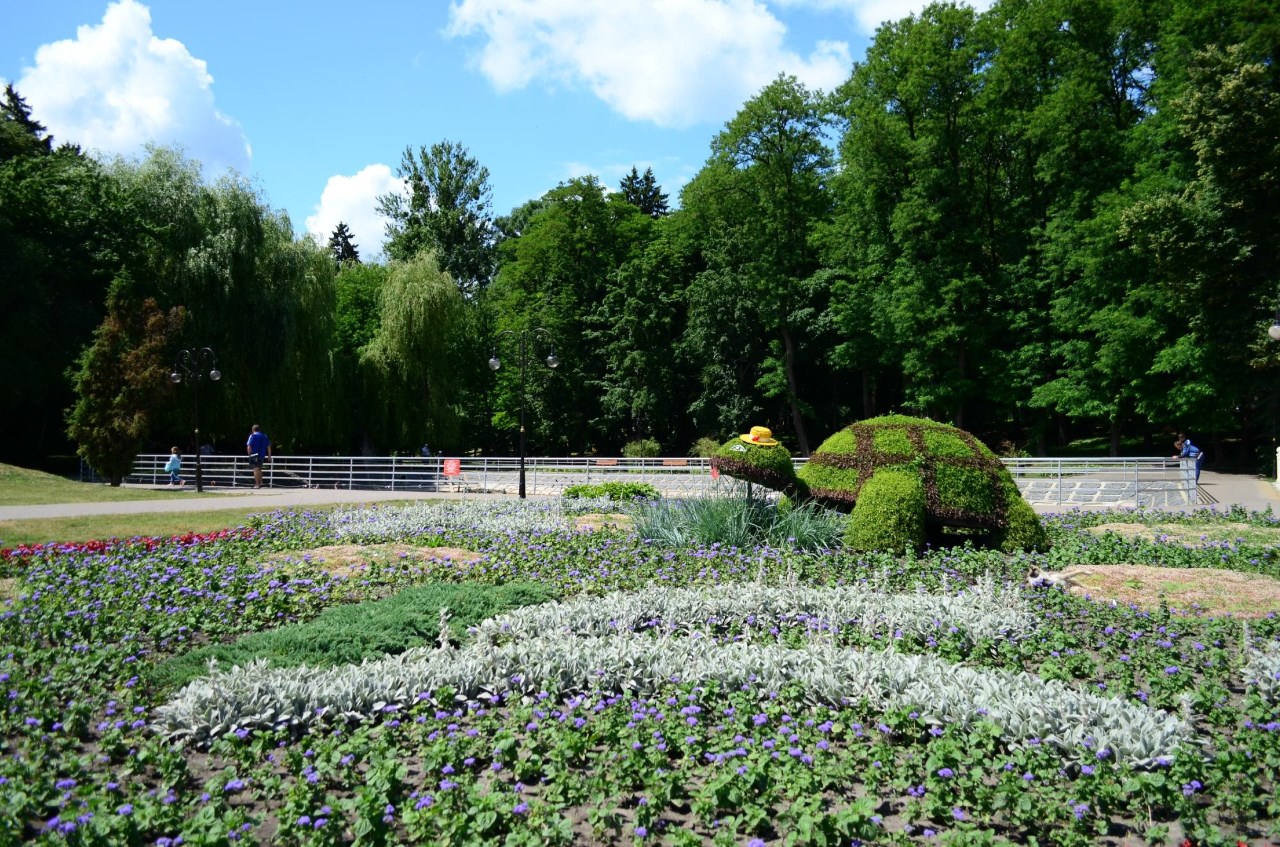
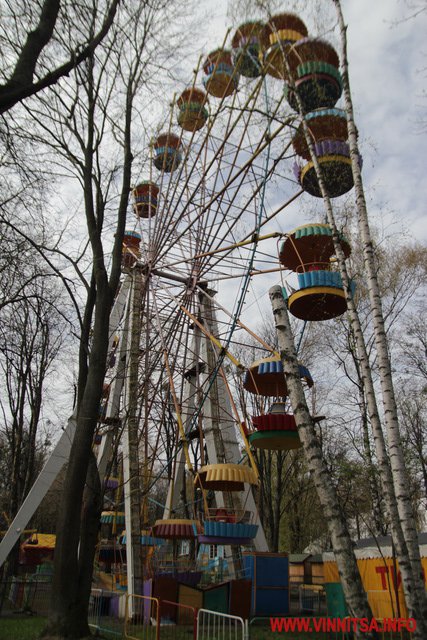
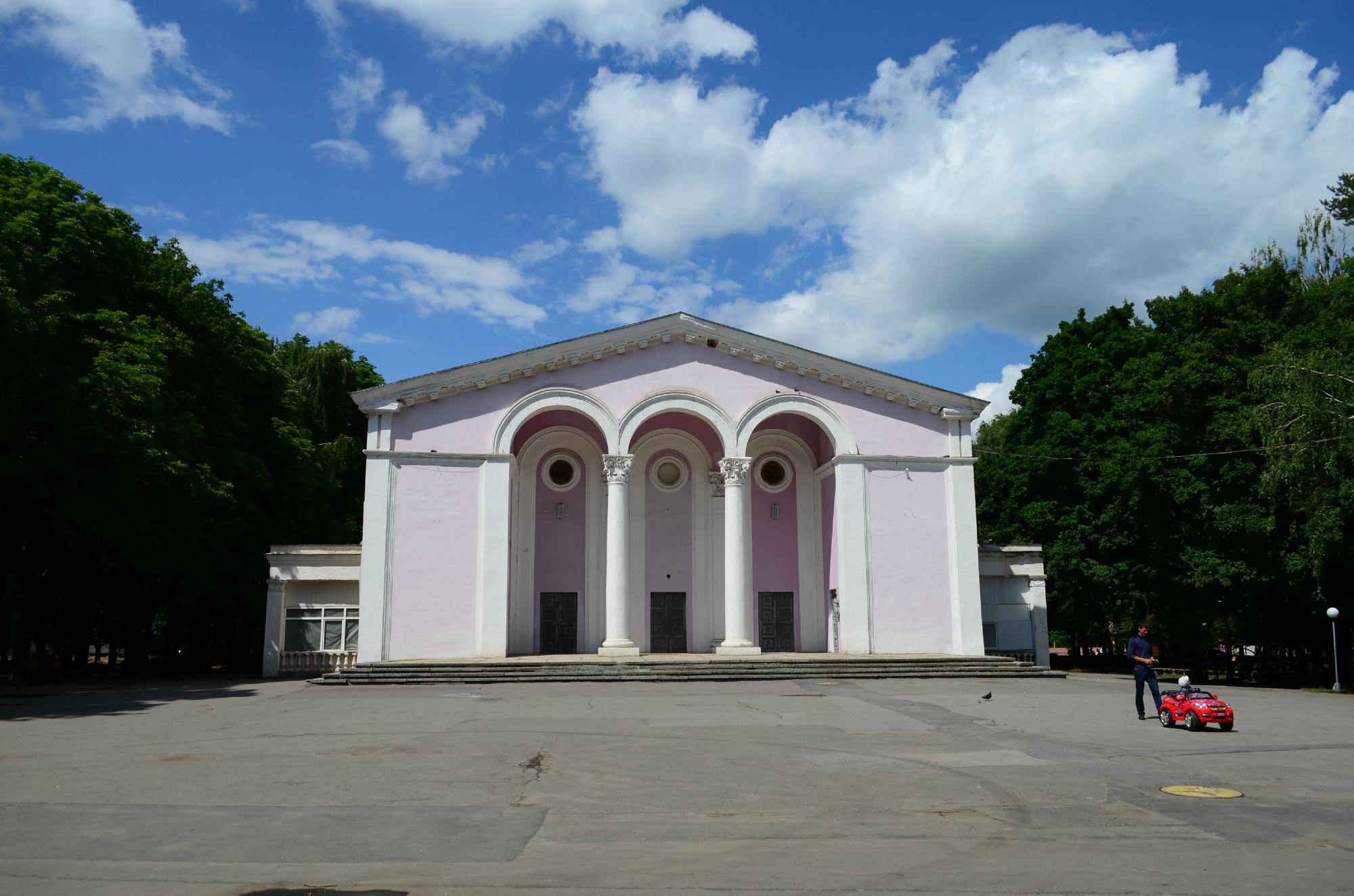
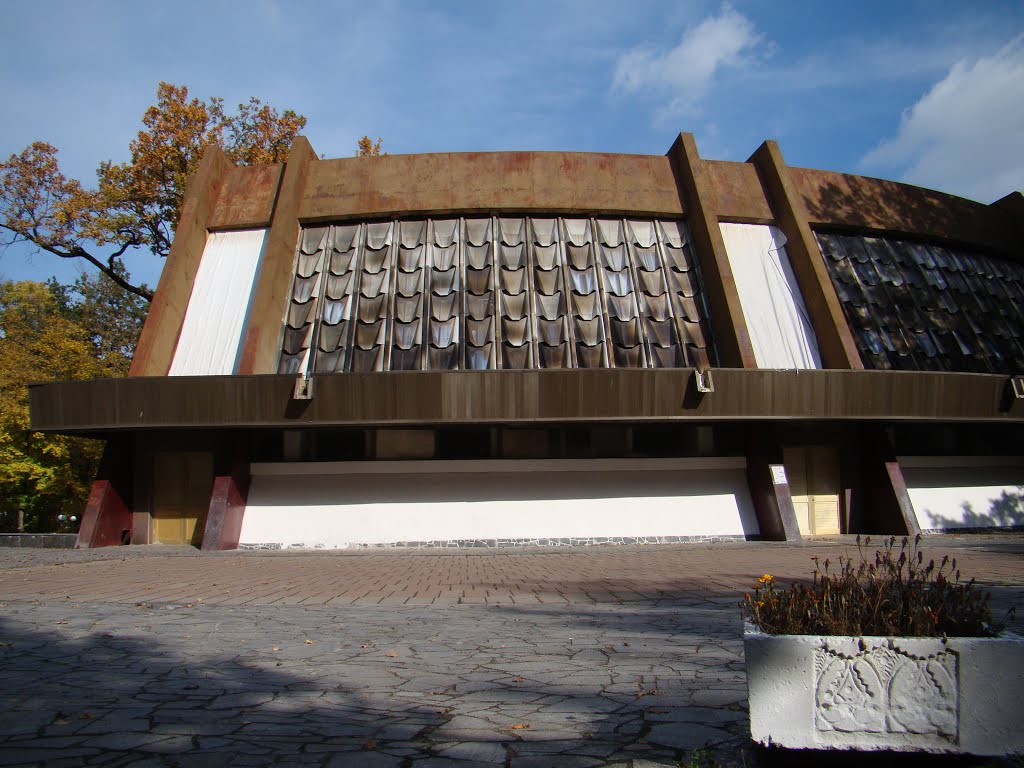
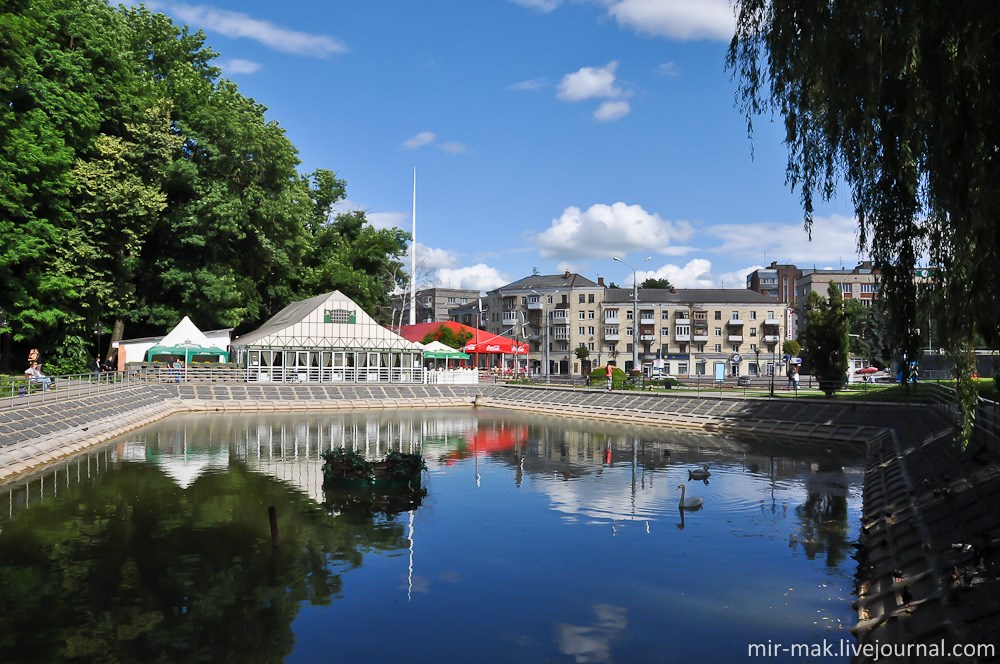
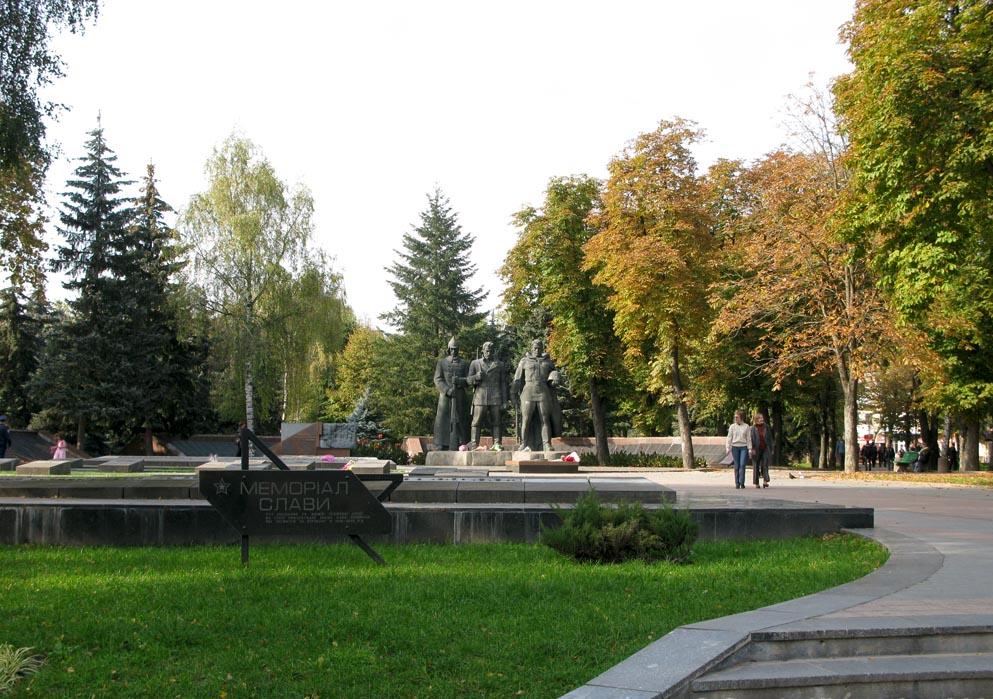
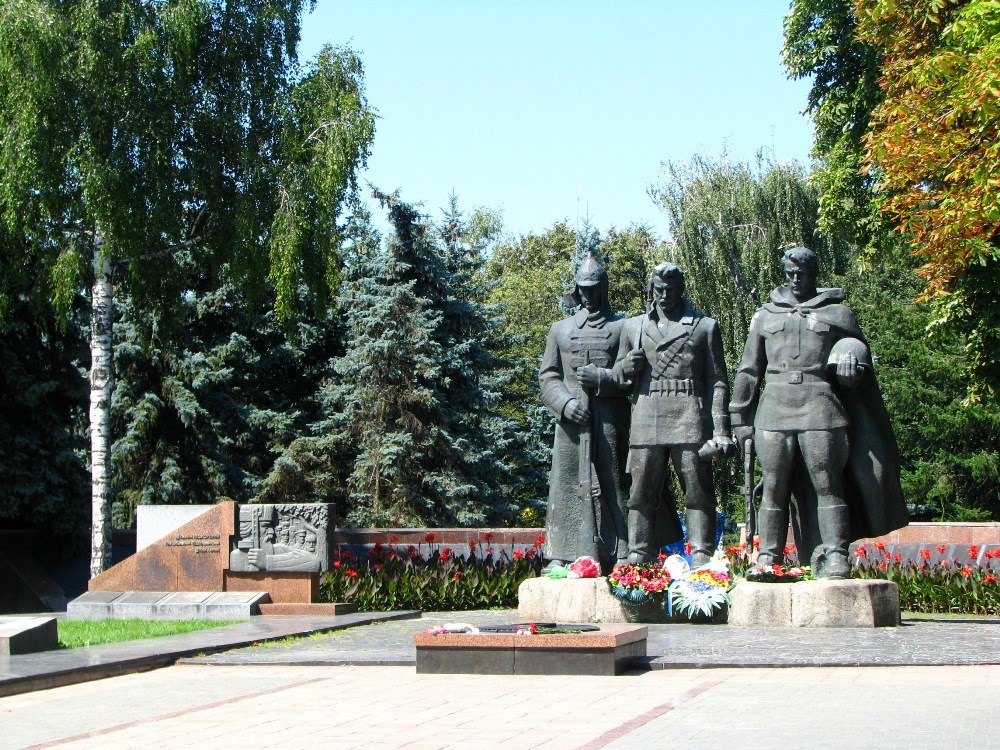
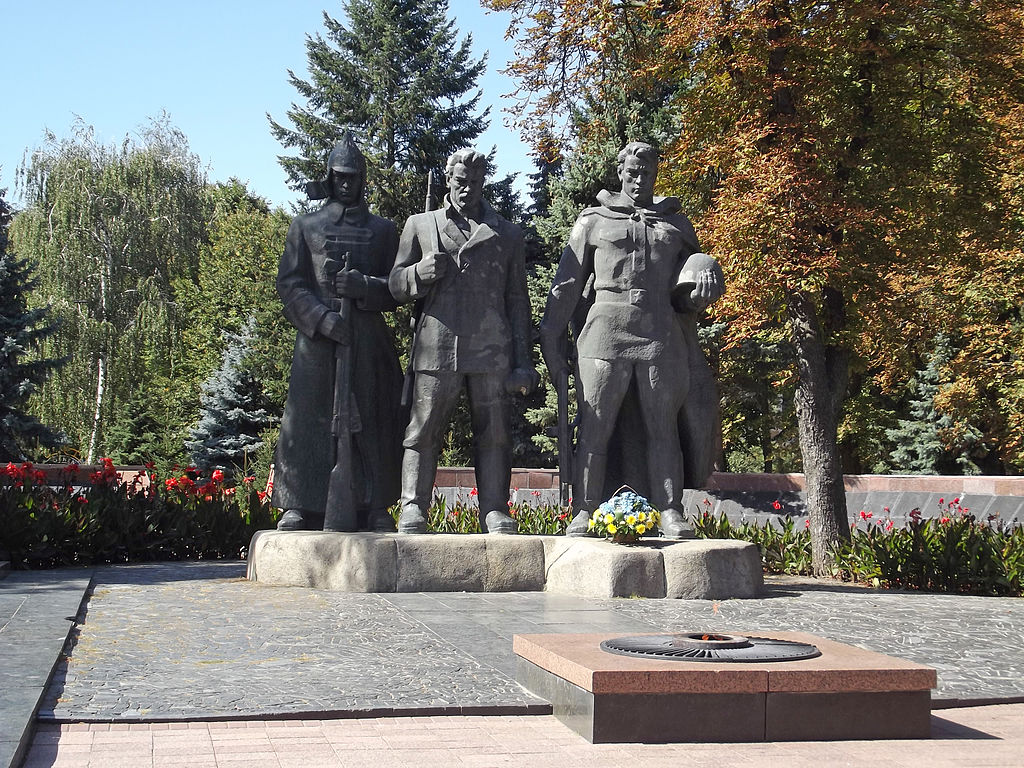
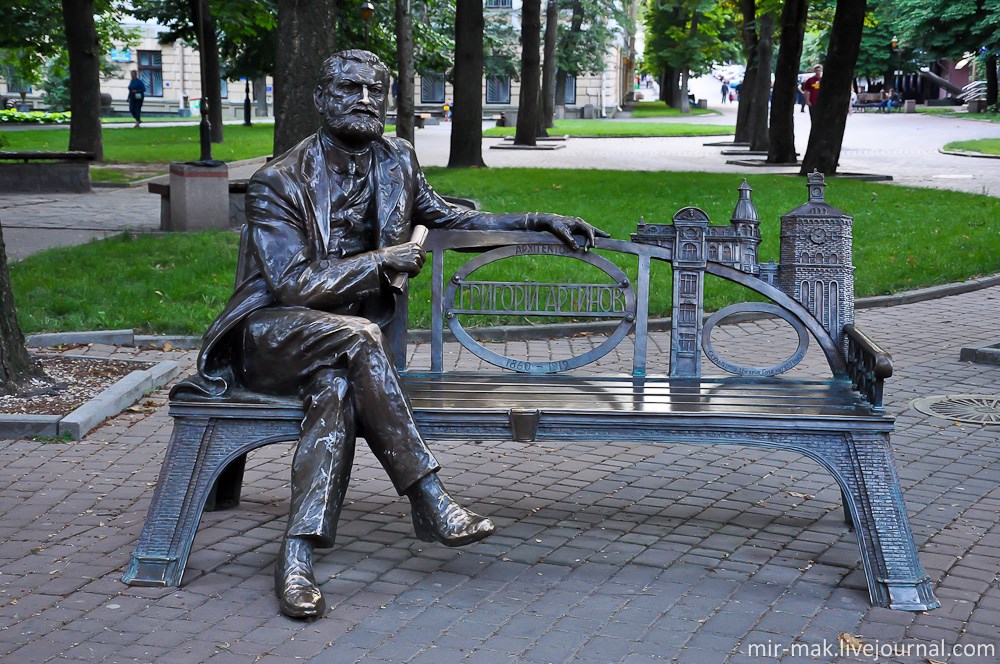
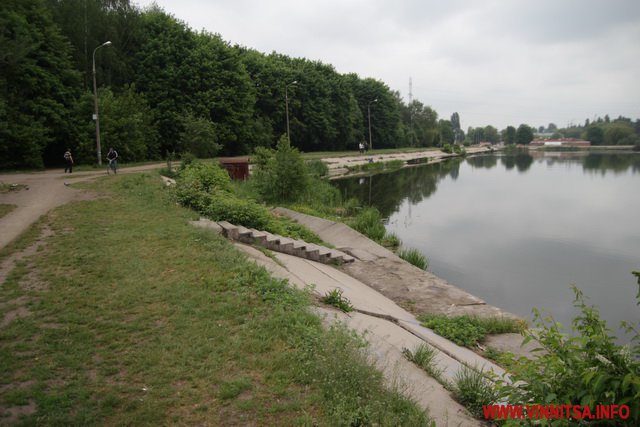
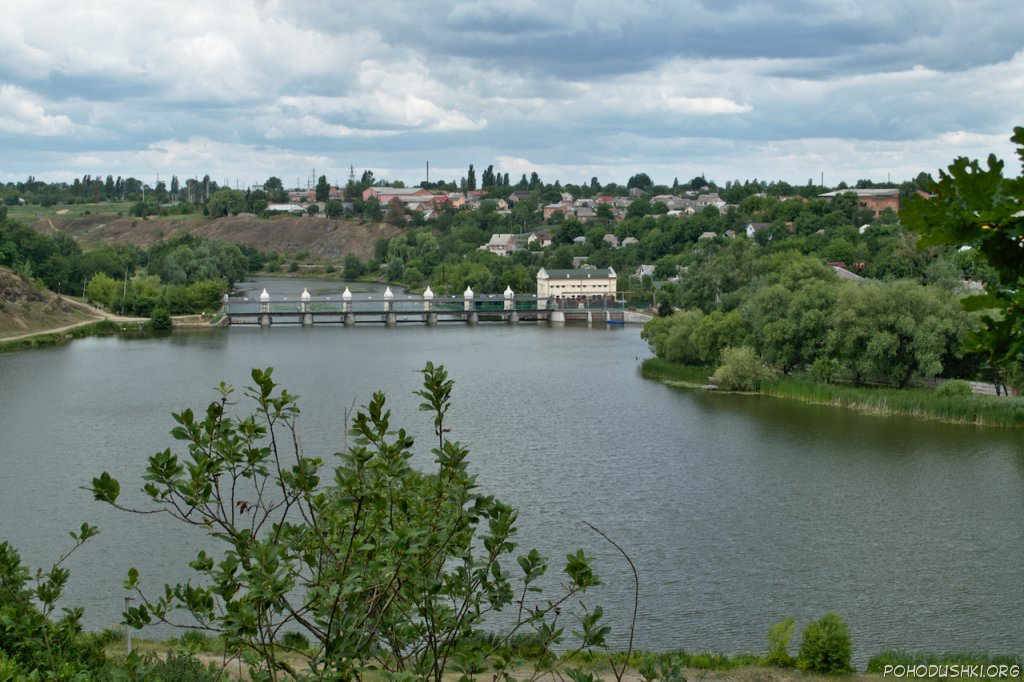
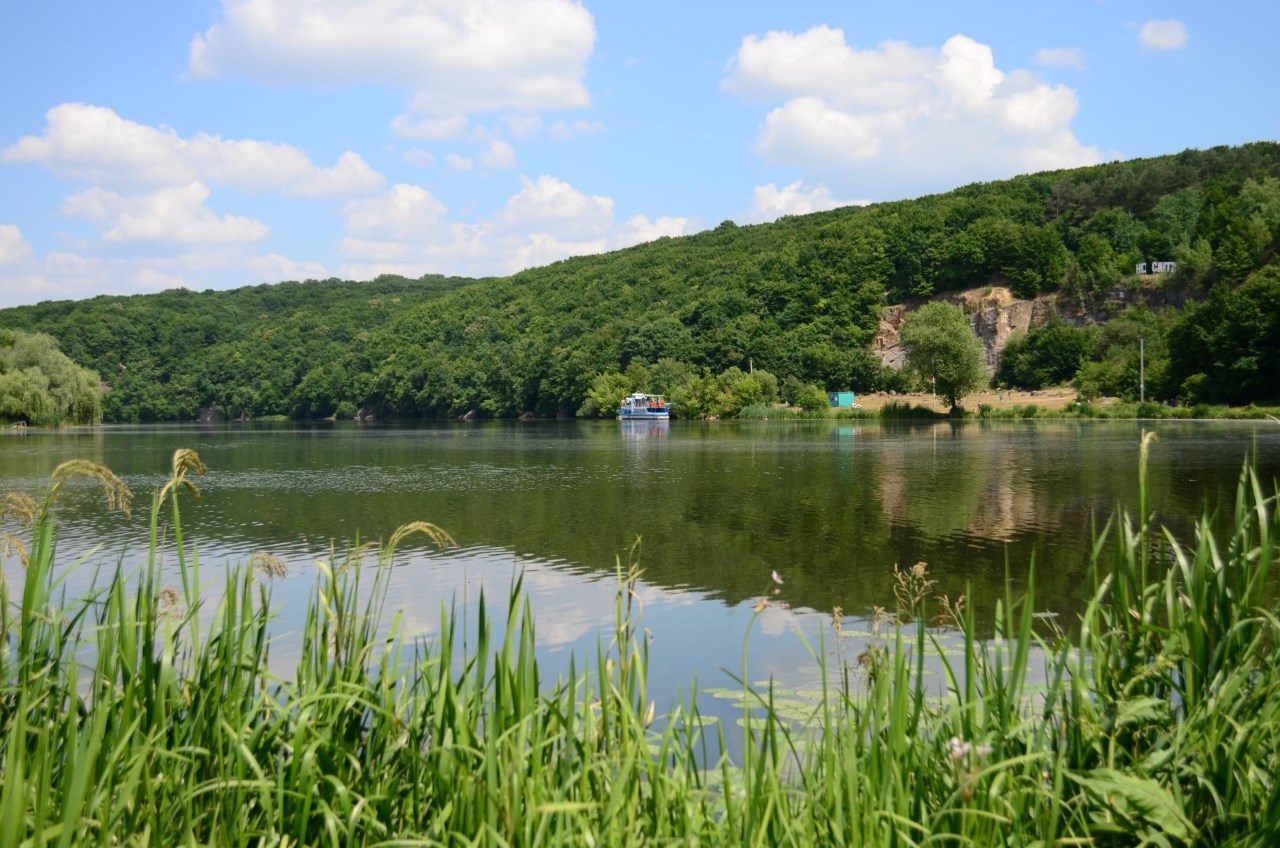
Ancient Vinnytsia, a pearl hidden among the golden wheat and sunflower fields, is one of the most beautiful and cultivated cities of Podolia. The secret to its charm lies in the combination of luxurious nature, plethora of historical monuments, and unique local character and hospitality of the locals.
Spread over picturesque banks of Southern Bug, Vinnytsia began its existence in 1362, when Lithuanian Duke Olgerd, having defeated the Tatars ruling the territory, presented these lands to his nephews - Fedir and Konstantin Koriatowiczes. They founded a wooden fortress here, which later grew and became a city.
In the 15th century, Vinnytsia came into the possession of Poland. Due to its favorable location (at the intersection of important trade routes), it becomes a large trade center. The city experienced another boom in the 18th century, when it was already a part of Russian Empire. A newly built railway system near the city helped to facilitary its fast growth.
The Second World War period in Vinnytsia is closely connected to Hitler’s notorious headquarters "Werwolf,” which were built not far from the city. To clear the territory for Fuerer's shelter, over 40 thousand people were uprooted and, later, killed. Fifteen more thousand people, mainly those involved in the construction, were killed after their task was complete – Hitler was afraid that they would reveal the shelter’s secret location. In 1944, the headquarters were blown up, and all that remains today is a pile of concrete slabs. Nevertheless, this place is steeped in legends and rumors, and it attracts history-lovers and curious travelers.
But the main charm of Vinnytsia lies in its architecture. The best way to admire its elegant cathedrals and houses is to take a leisurely walk around the city center, taking advantage of the city’s coziness. Sobornaya is the main street, where the majority of architectural monuments of Vinnytsia are concentrated. You can find here the most ancient sight of the city, the "Vinnytsia Moory” (walls). It is a complex of defensive constructions of a Jesuit monastery, built in the 17th century: massive brick walls with towers surround the church, the collegium and the building, where the Jesuit monks used to live. Later on, a Dominican monastery and church entered the defensive complex, which subsequently was rebuilt into Orthodox Transfiguration Cathedral. Nowadays, it is considered one of the most beautiful religious buildings of Vinnytsia.
One of the Jesuit monastery buildings is occupied by the Museum of Local History, renowned for its large collection of unique exhibits. The most famous of the exhibits shows rare objects from the Scythian period and a mammoth’s skeleton, which is over 30 thousand years old.
Vinnytsia’ pride is the National Pirogov's Estate Museum, named after Nikolai Pirogov, a scientist, inventor of anesthesia and military surgery. The museum is located on the territory of an old estate, where the famous scientist spent the last twenty years of his life. On this territory, you can see an exhibit describing Pirogov's life and achievements, a drugstore museum, and the Church of St. Mikola, where the scientist is buried.
In 2011, Vinnytsia acquired yet another landmark, the light and music fountain, which is the biggest in Europe. Now, every evening, the locals and guests have a chance to watch a wonderful show of water and light!
Vinnytsia’s outskirts are no less attractive. The main attraction for lovers of extreme sports are the rushing waters and abrupt rapids of the Southern Bug and Dniester Rivers, which are perfect for white water rafting. Architecture enthusiasts can find numerous palaces and estates throughout the region. And music aficionados have a chance to visit Pyotr Tchaikovsky's Museum that is situated in the former estate of Maecenas von Mecks in the picturesque town of Brailov.
The riches and beauty of Vinnytsia are countless. But the most distinct feature of this wonderful city is its special cordiality and unique aura, which cloaks each person that visits.
https://discover-ukraine.info/index/central-ukraine/vinnytsia
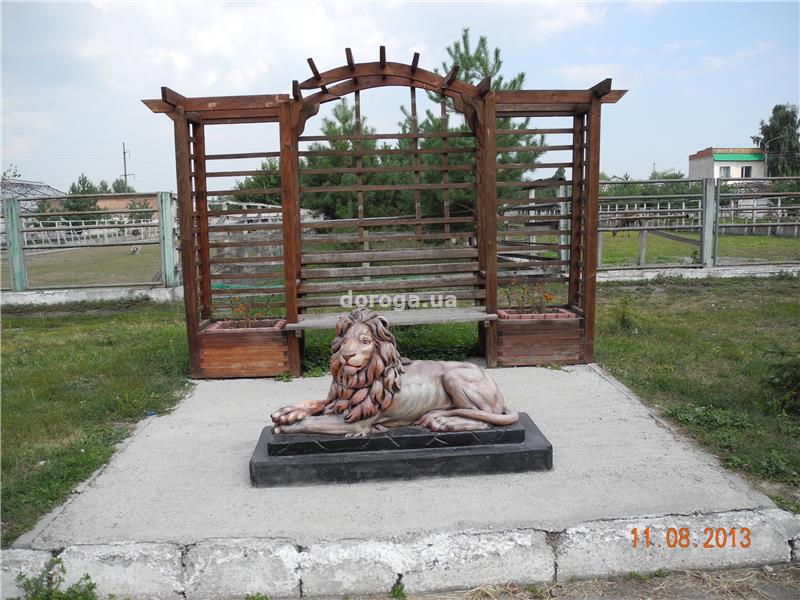
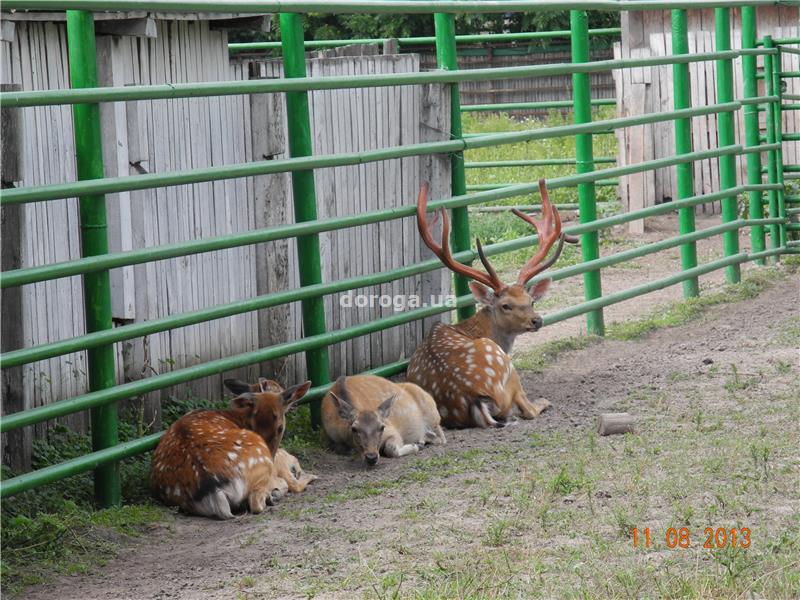
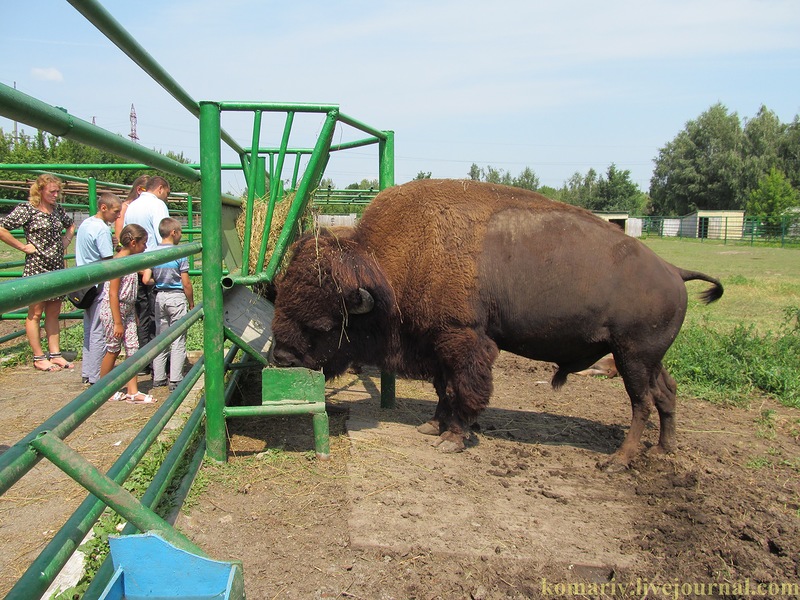
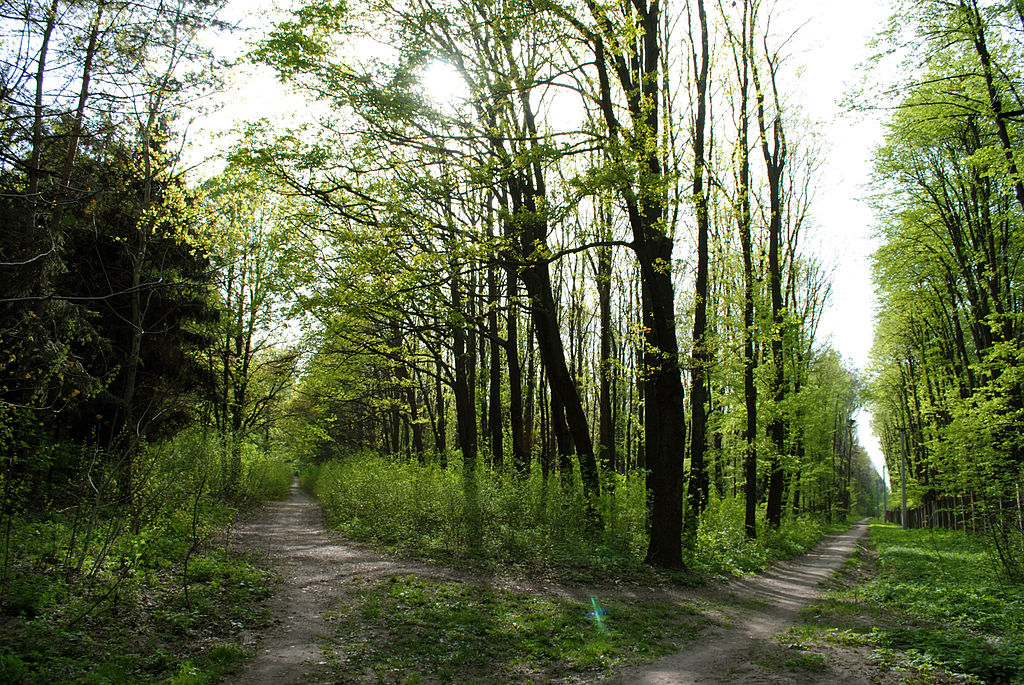
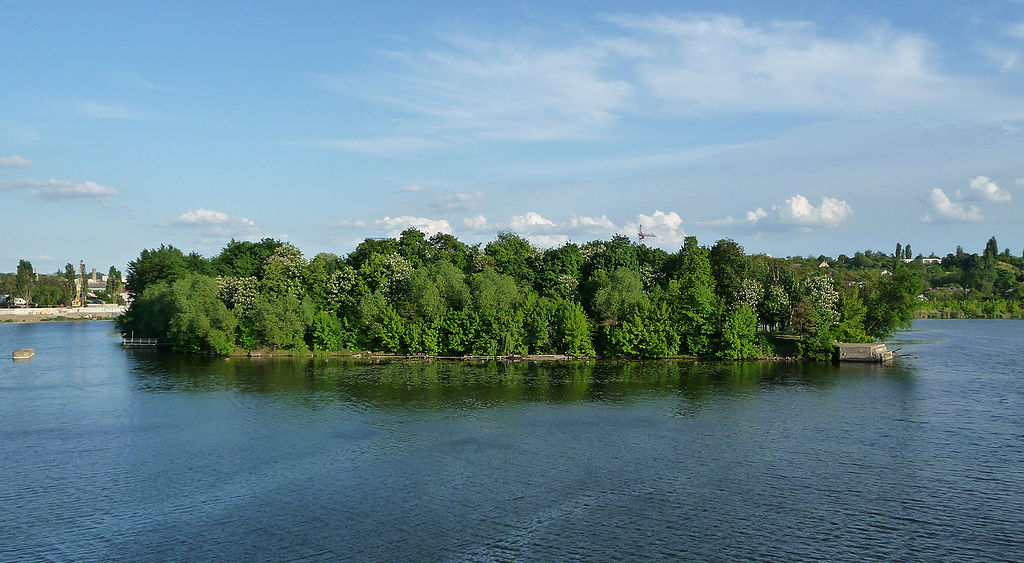
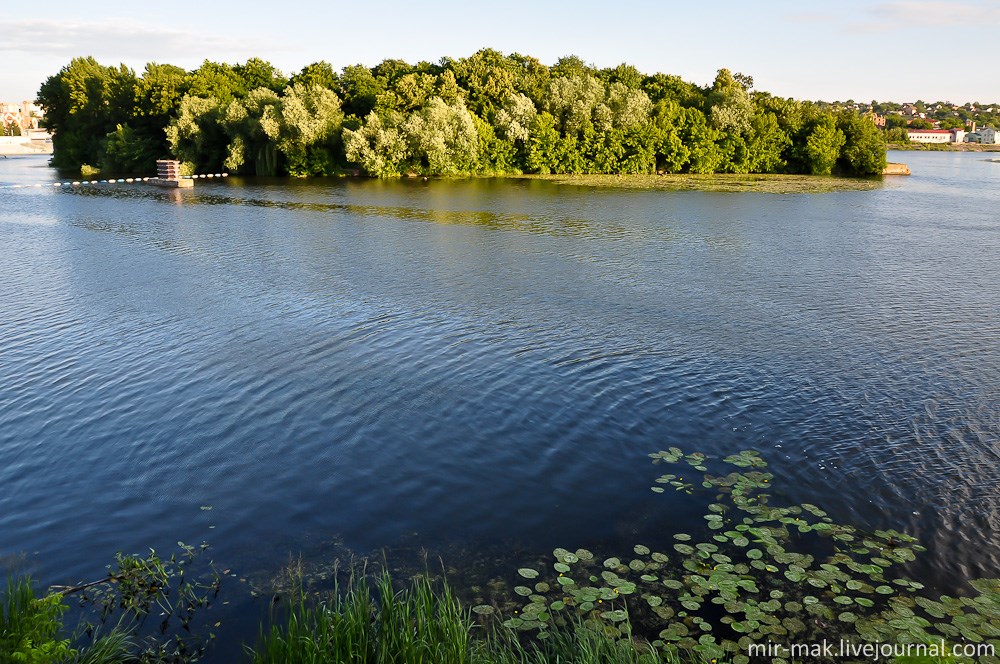
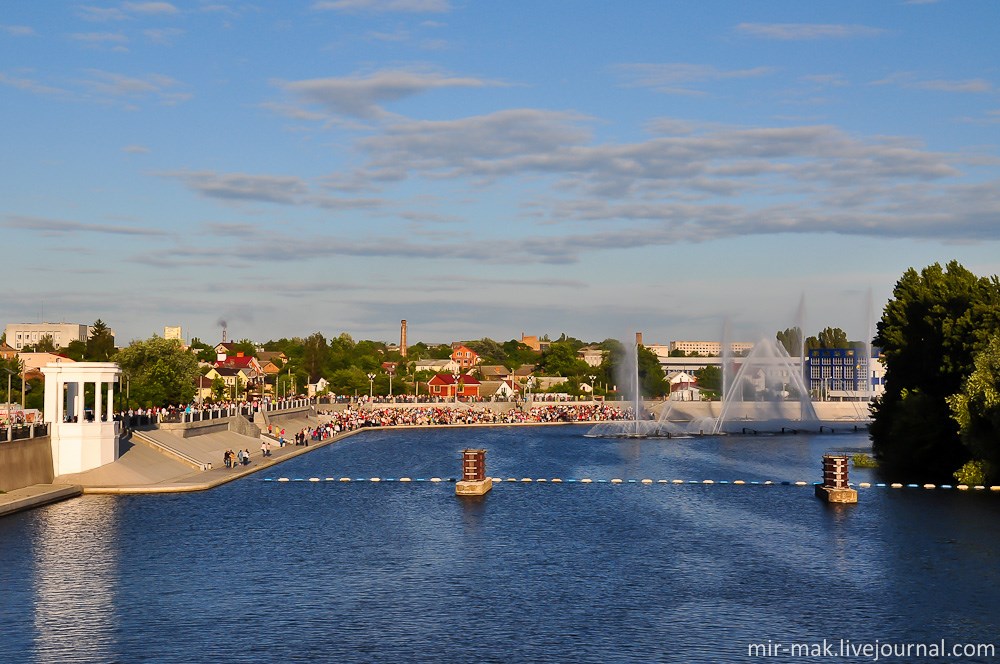
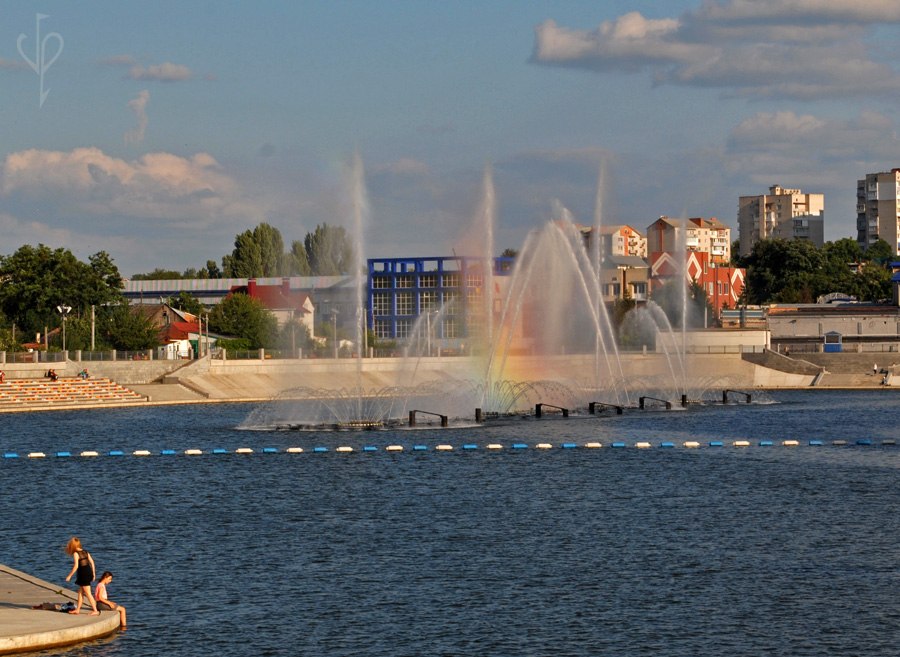
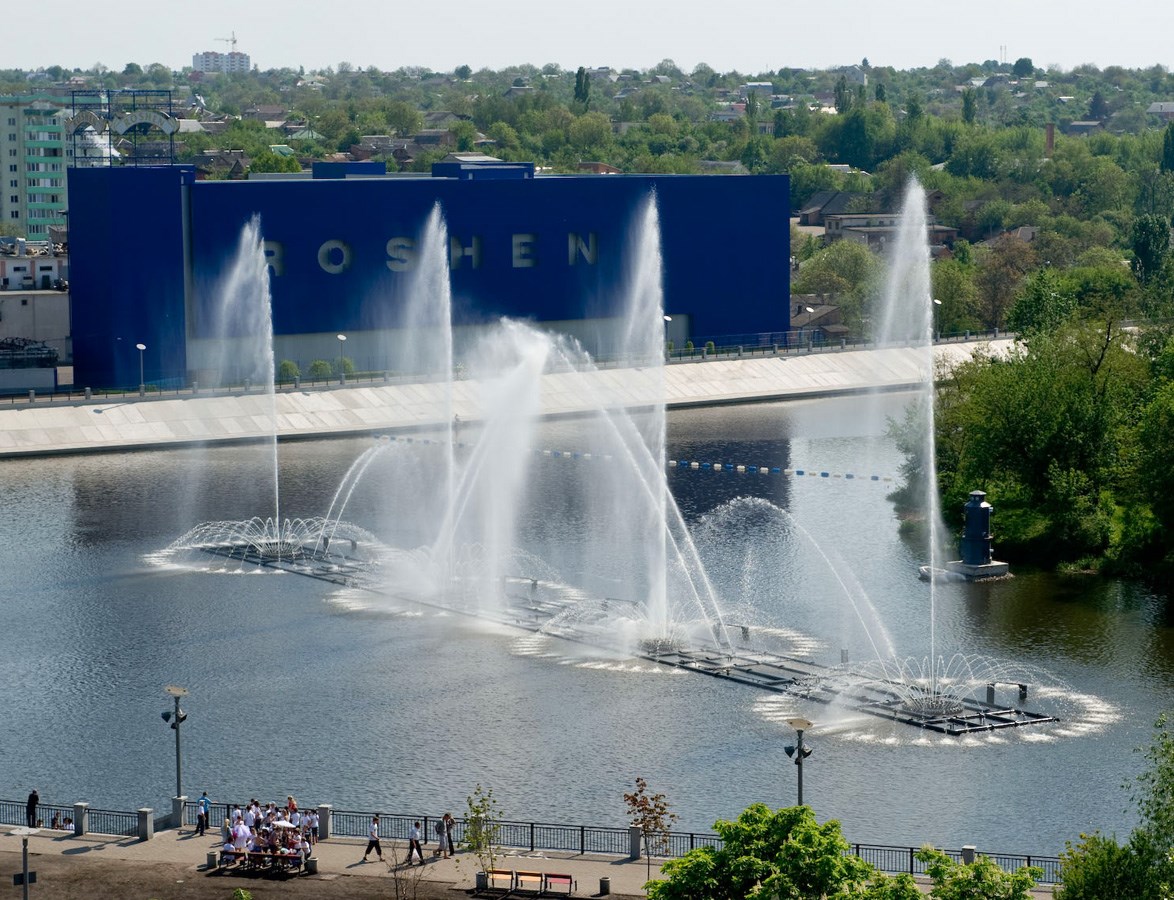

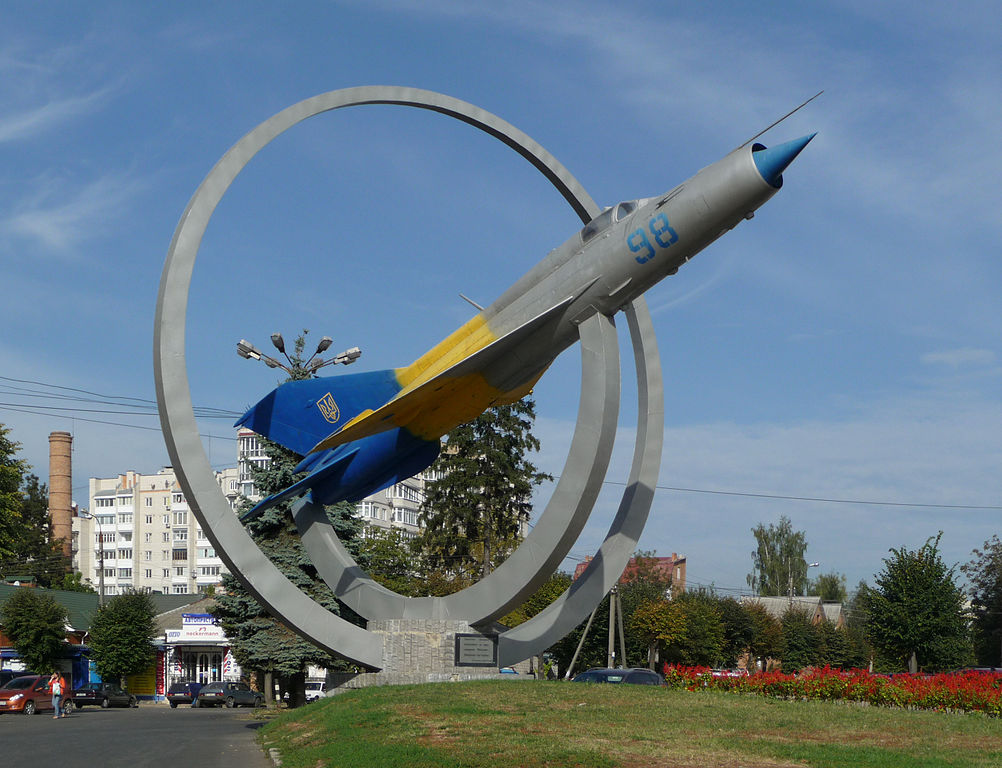
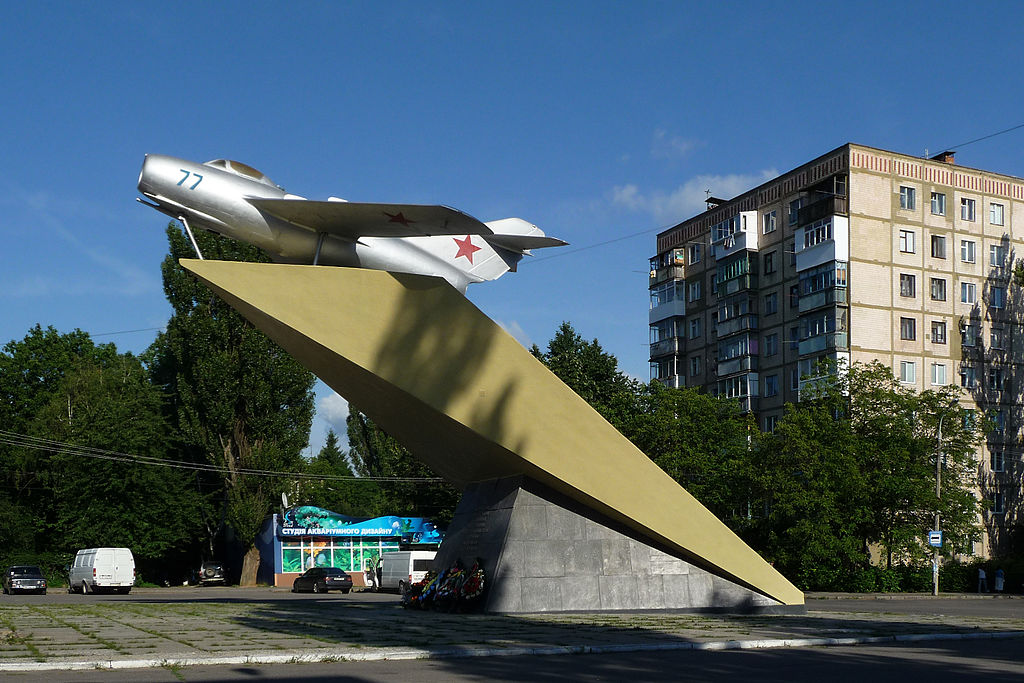
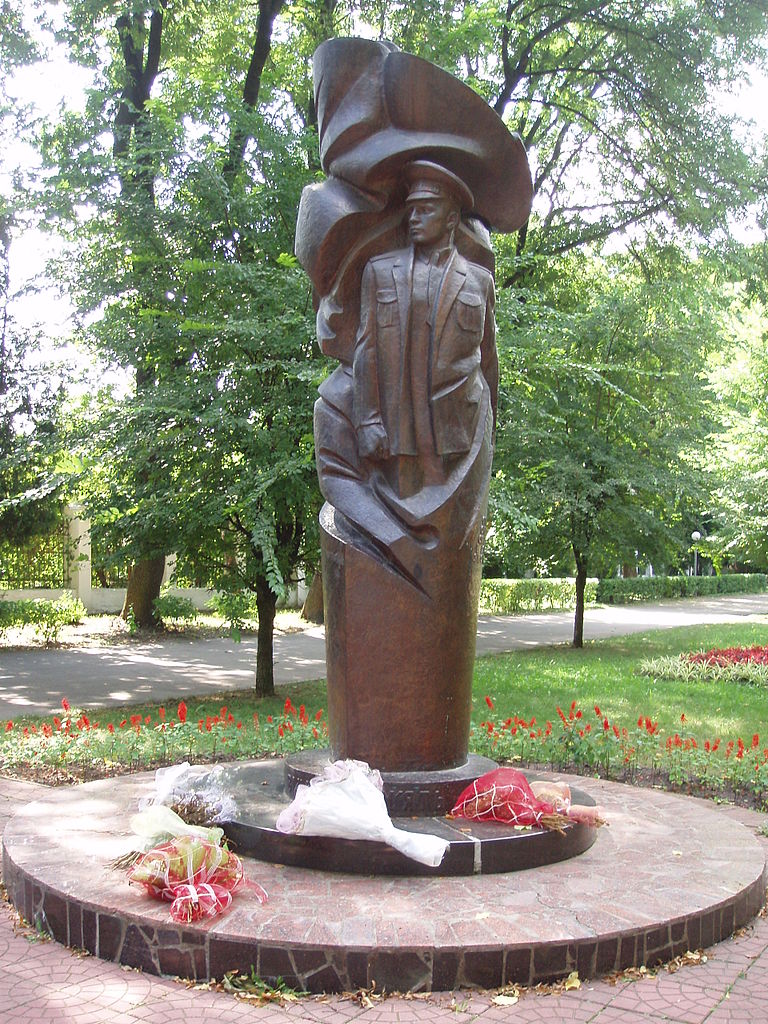
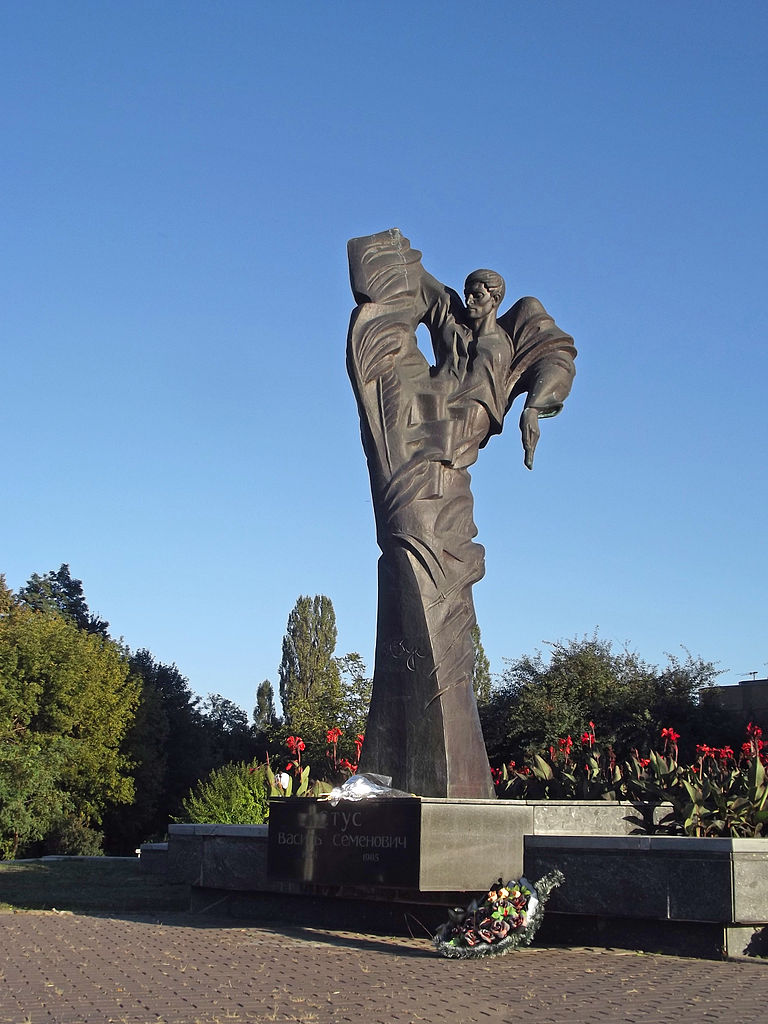
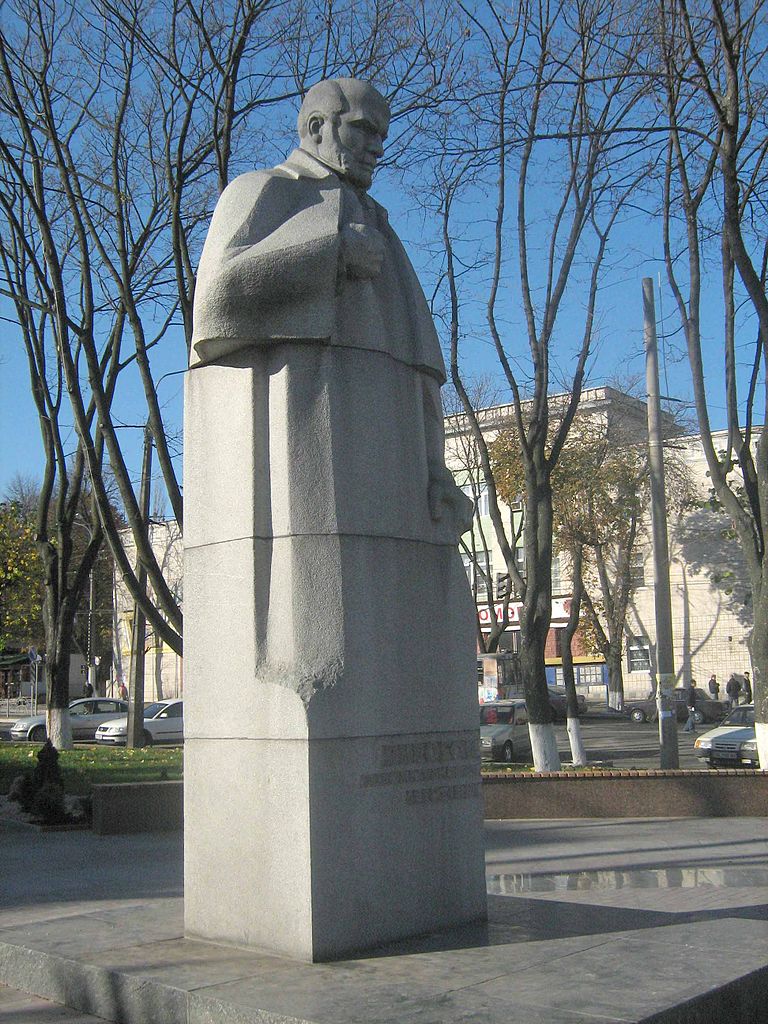
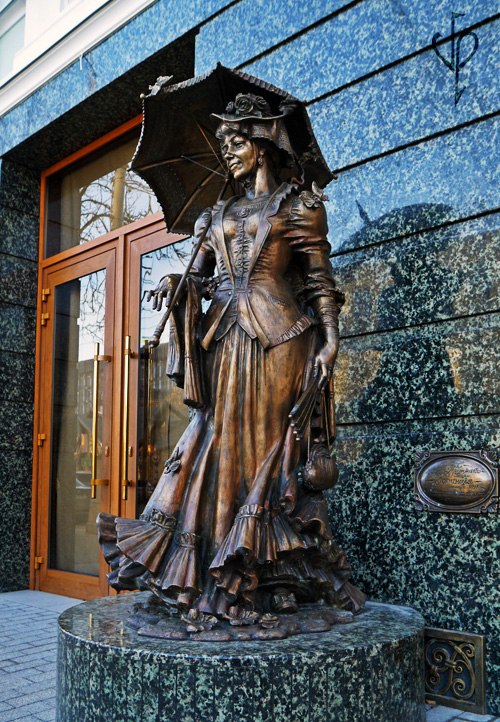

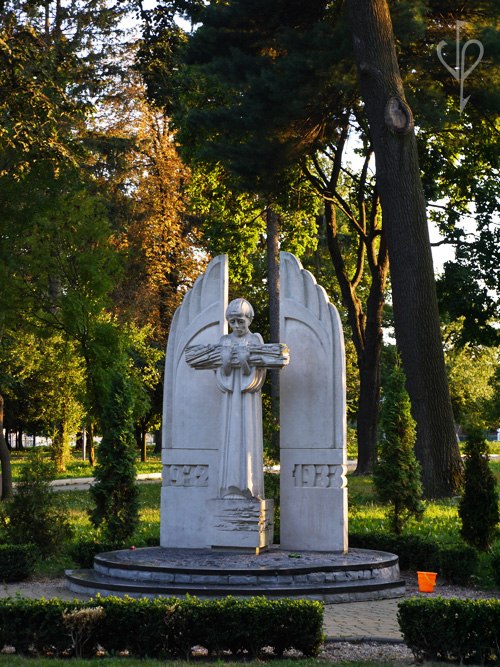

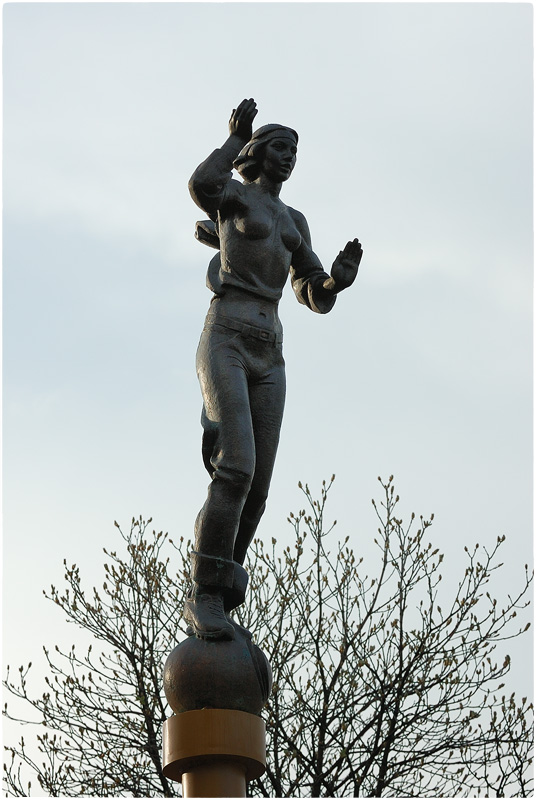
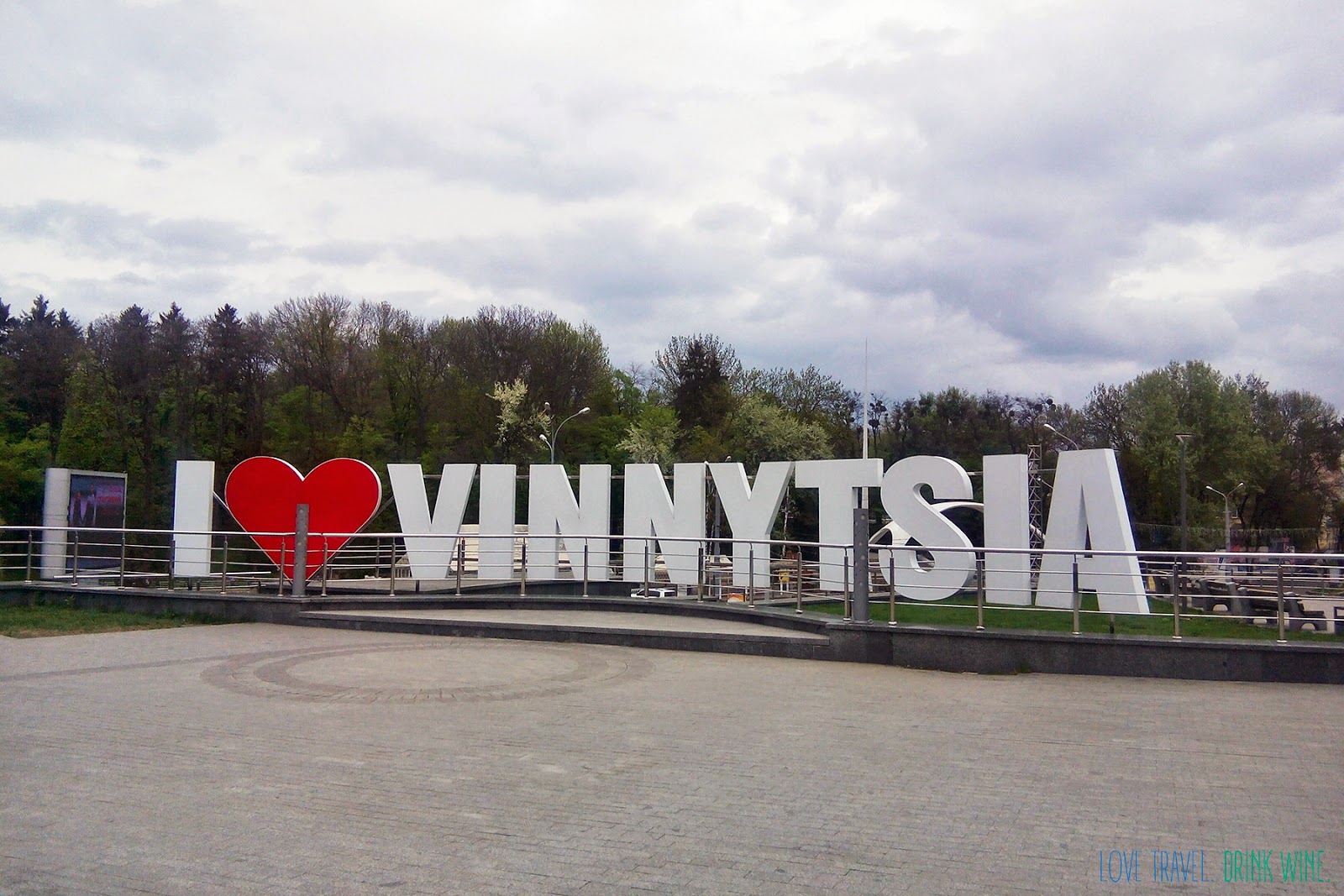
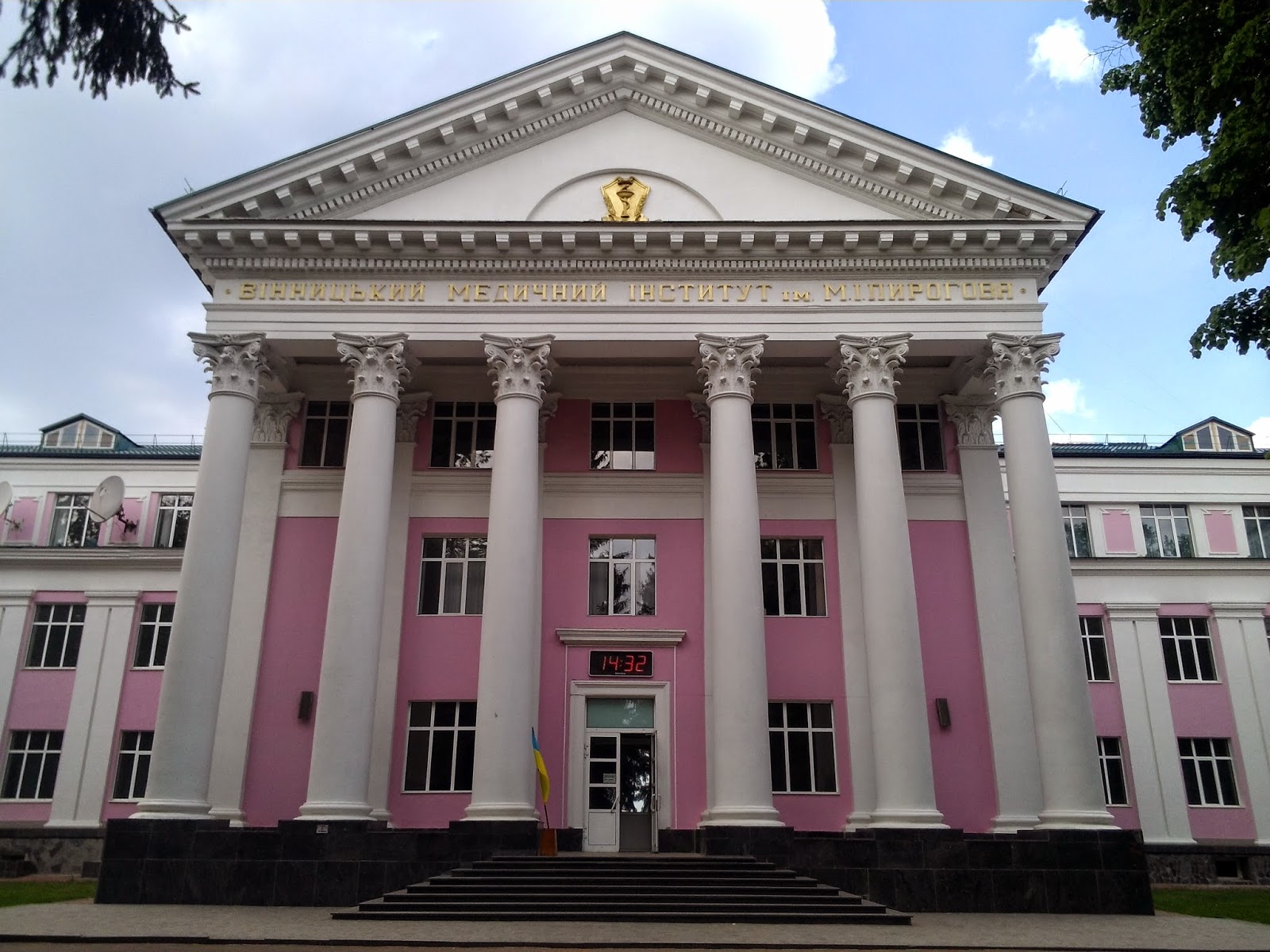
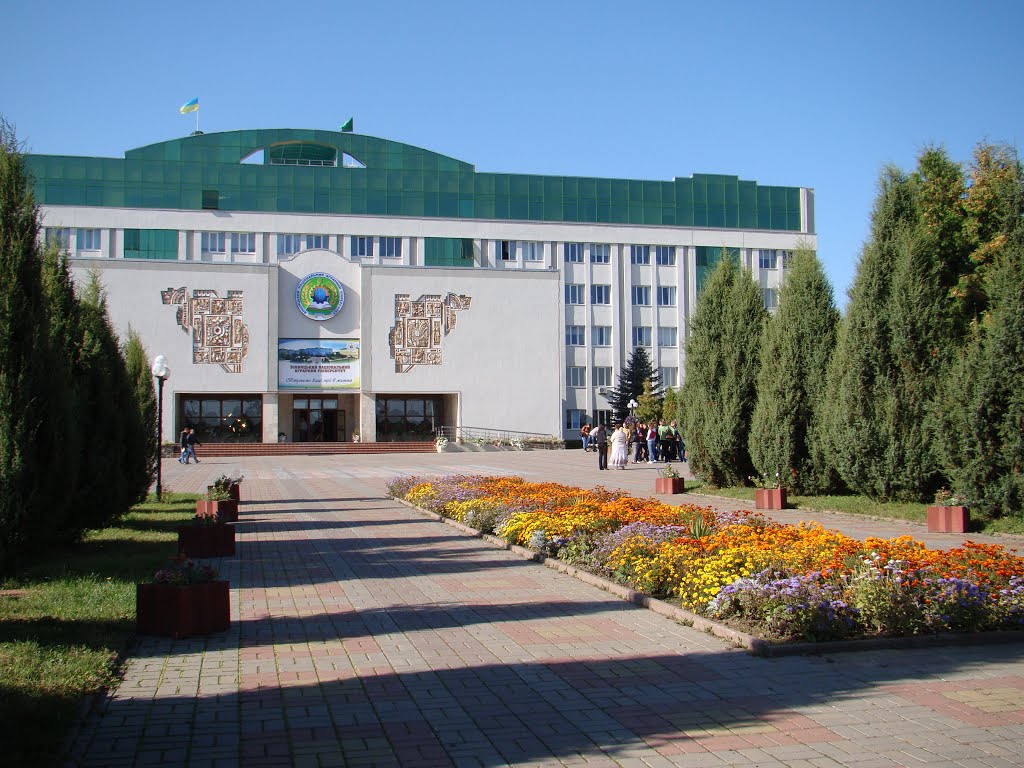
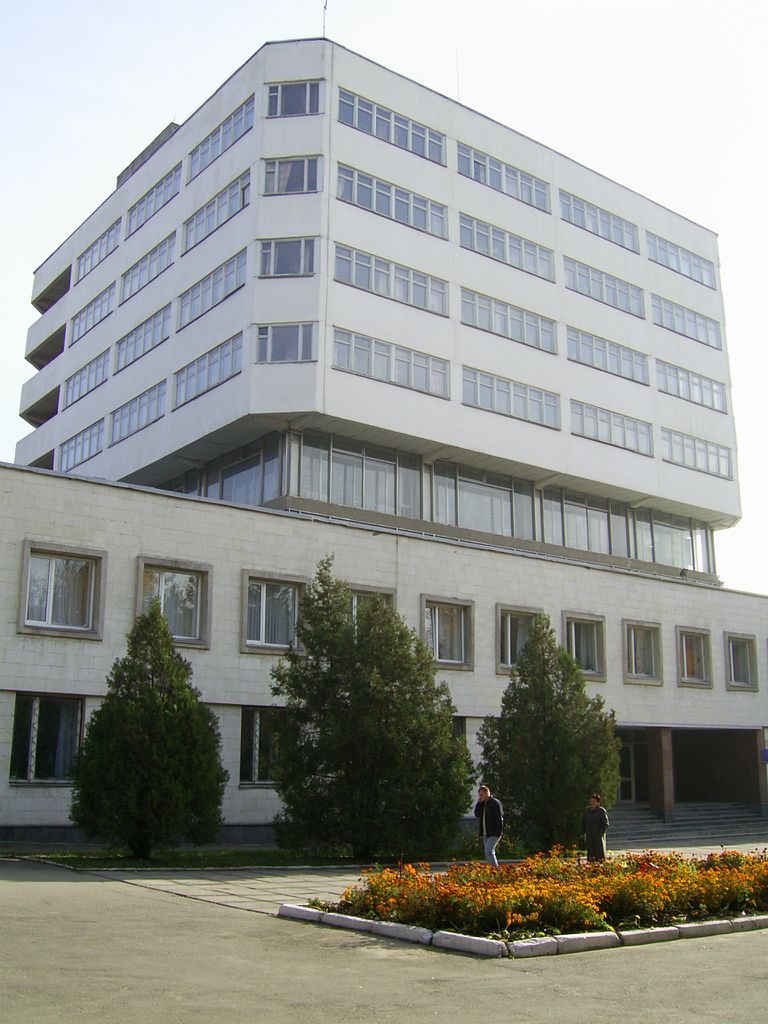
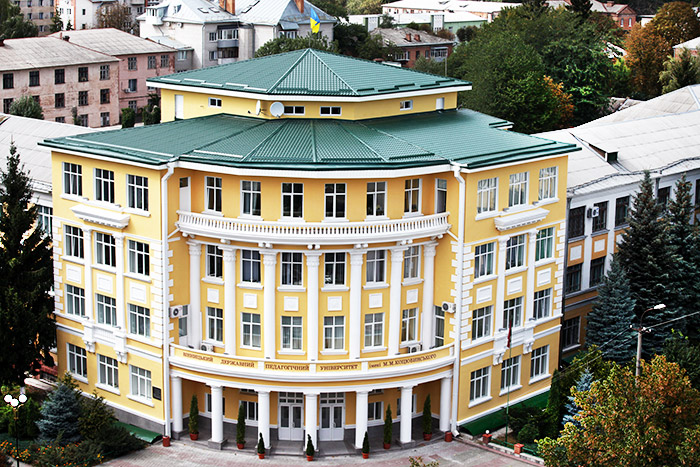
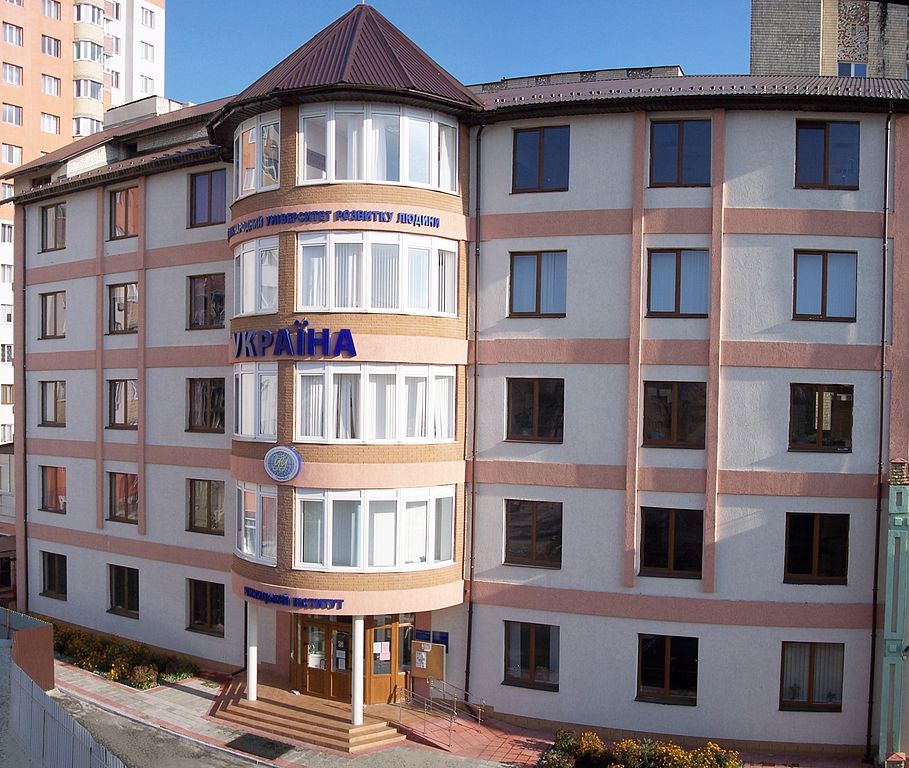
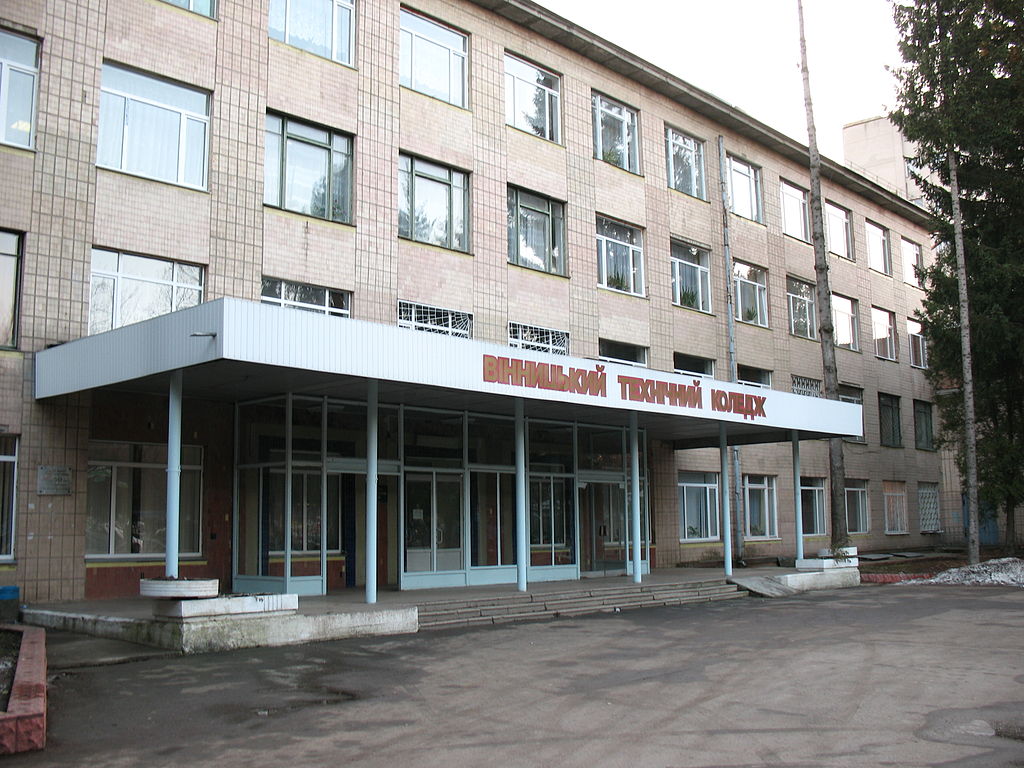

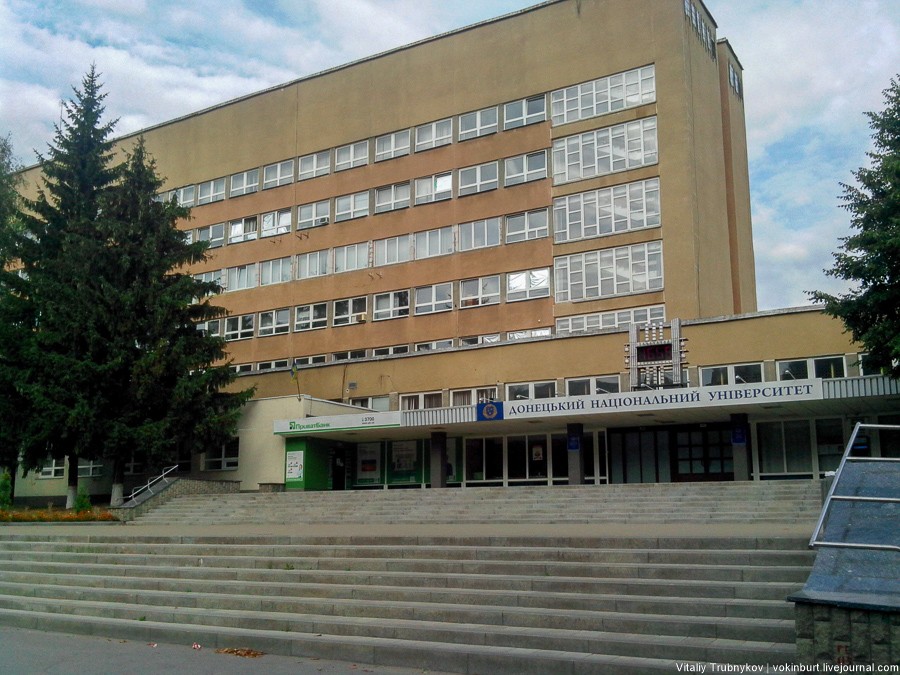
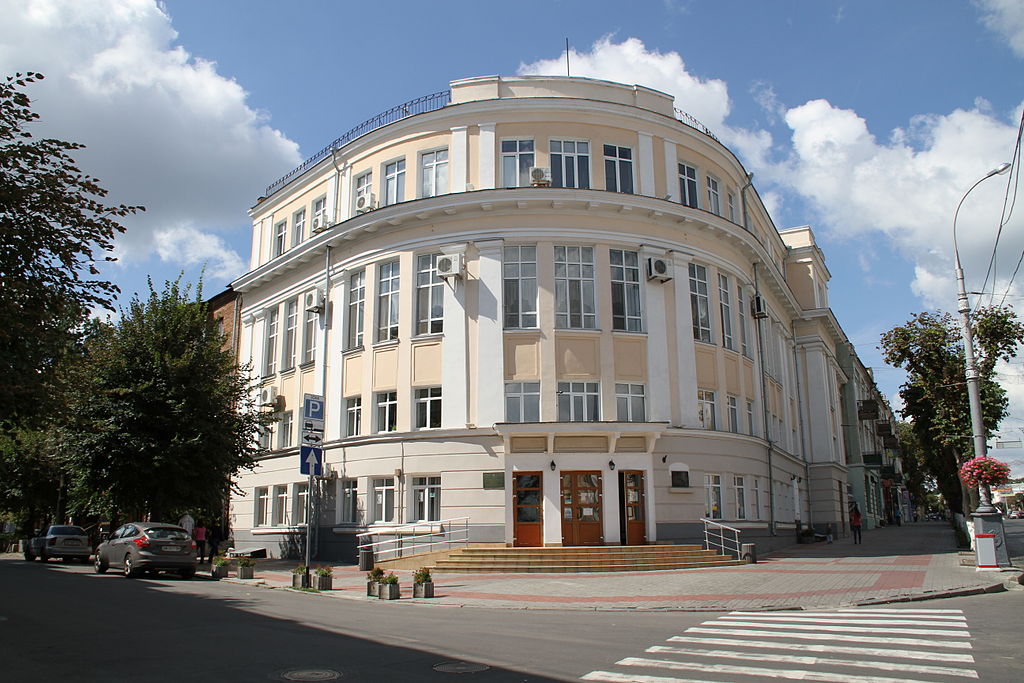
Vinnitsa city, Ukraine (Vinnytsia)
The capital city of Vinnitsa oblast.
Vinnitsa overview
Vinnitsa or Vinnytsia is a city and administrative center of Vinnitsa region, located in west central Ukraine. It lies along the Yuzhny (Southern) Bug River.
Short and mild winters, and long hot summers are typical for the city. The average temperature in January is 5,8 degrees Celsius below zero, in July - 20,3 degrees C above zero.
Population - 371,700 (2013).
Area code - 380 432; postal code - 21000.
Local time in Vinnitsa city is August 19, 8:18 pm ( 2 UTC).
Vinnitsa history
The name of the city derives from the old Slavic word “vno” which means “gift”. There are other versions explaining the name: “vinitsa” – a brewery and Vinichka – a river.
These lands were inhabited in ancient times. Remains of the Scythian and ancient Russian settlements were found on this territory.
In the 9th century, the Ulich and Tivert tribes settled there, they were the part of the Kievan Rus state. Later, this area was passed to Galitsky-Volynsky principality. The Golden Horde ruled there over 100 years.
Museums
Pirogov’s Museum-Estate. The National Museum-Estate of N. Pirogov is located in a picturesque park on the shore of the lake in the south-western outskirts of the city. Pirogov, the prominent Russian surgeon, bought this estate in 1859. He lived and worked in it until his death in 1881.
The museum and the memorial cabinet of the father of military field surgery are open in the manor house.
Also, you can see a pharmacy-museum with the interiors of reception and operating rooms. The church-mausoleum with the embalmed body of Pirogov is located nearby. Pirogov Street, 155. Opening hours: 10:00-17:00, day off - Monday.
Churches
The Church of the Virgin Mary. The church was built in an unusual style of the Tuscan Baroque. It was closed by Soviet authorities, first time in 1931, and then, after a revival during the Second World War, it was closed again in 1961. Today, it belongs to the Catholic community of Vinnitsa. Sobornaya Street, 12.
Other sights
The light and music fountain. It is one of the biggest light and music fountains in Europe. The fountain was opened in 2011, on the waterfront opposite the island of Kemp (Festival), next to the “Roshen” factory. Water and light music show takes place every evening. Roshen Embankment. Opening hours: 12:00-22:00.
The Water Tower. This original brick tower with a clock, standing in the pedestrian area, is the hallmark of Vinnitsa.
Since 1993, the tower houses the museum dedicated to soldiers killed during Afghanistan war in 1979-1989. Kozitsky Street, 20. Opening hours: 10:00-17:30, day off - Monday.
http://ukrainetrek.com/vinnitsa-city
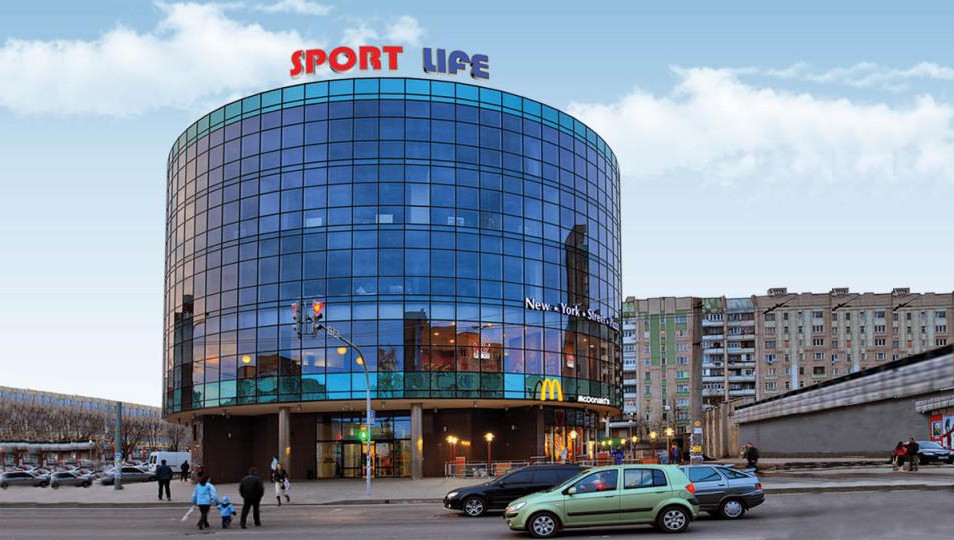
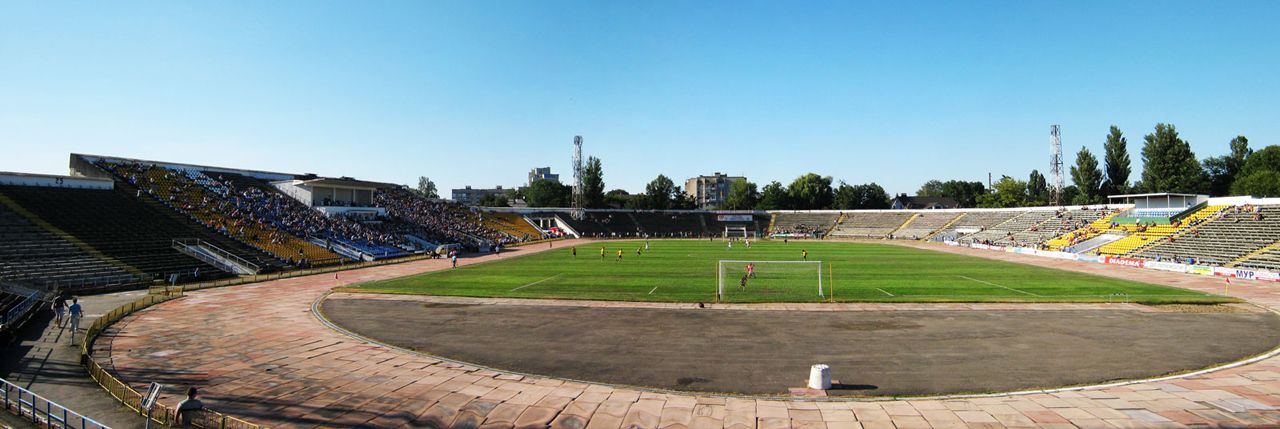

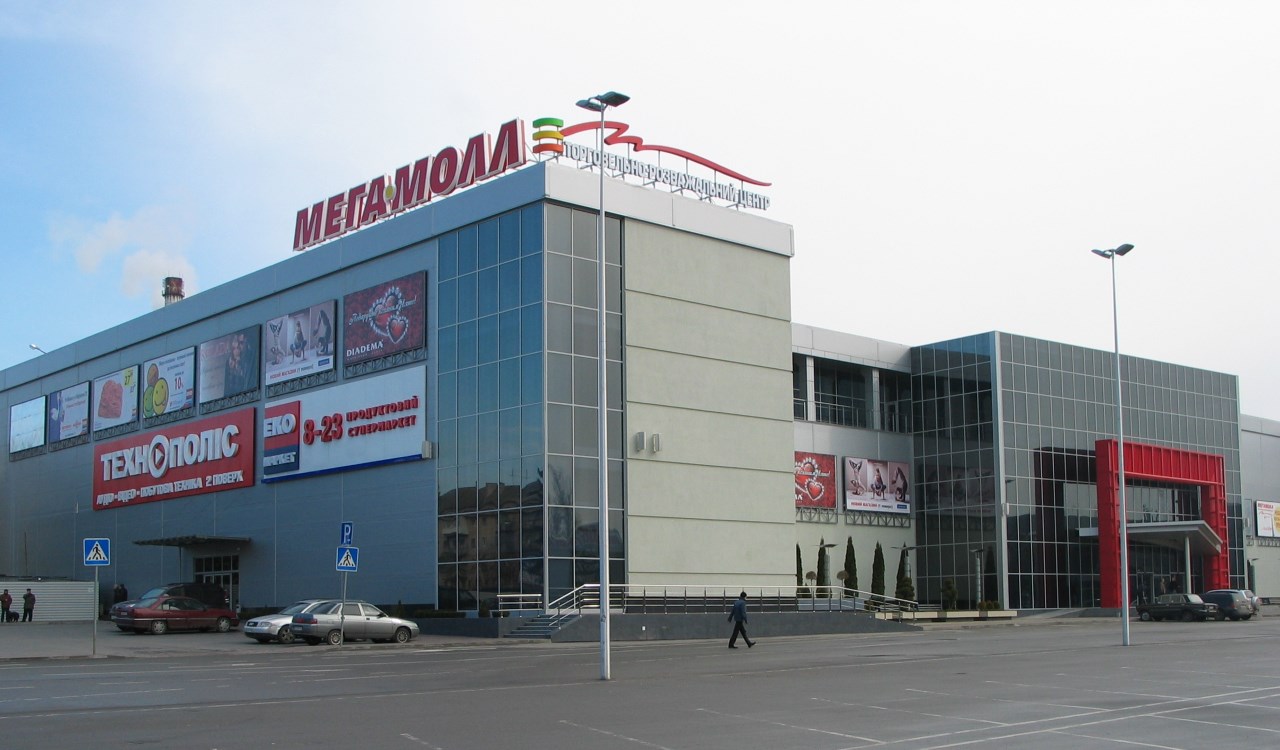
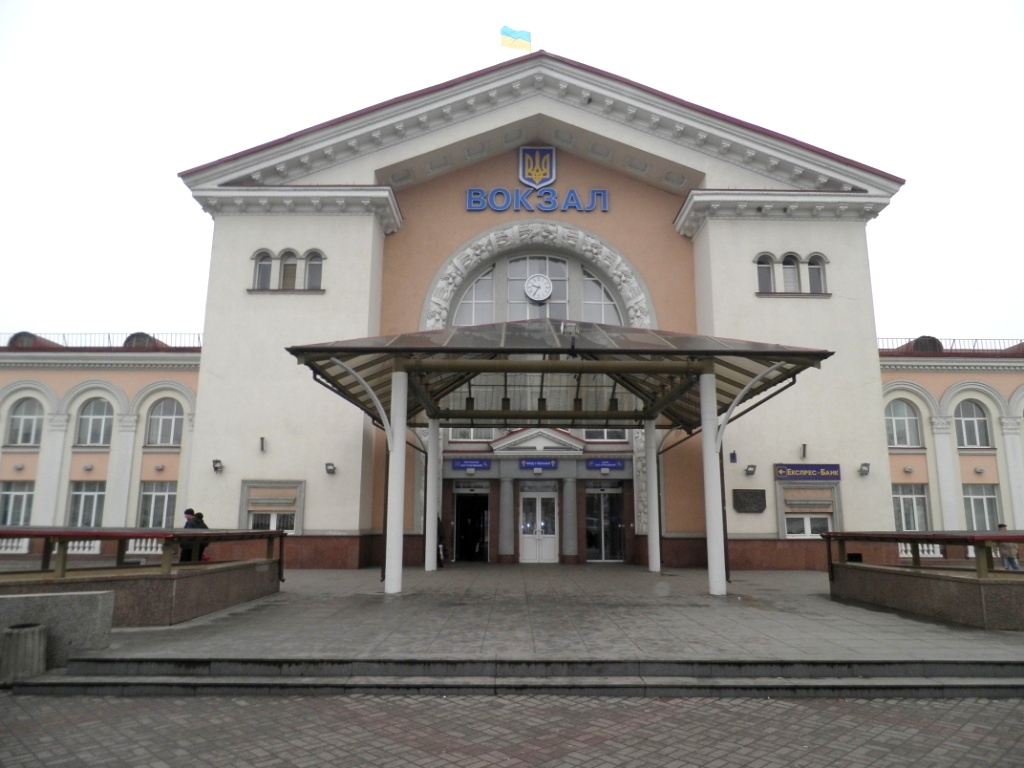
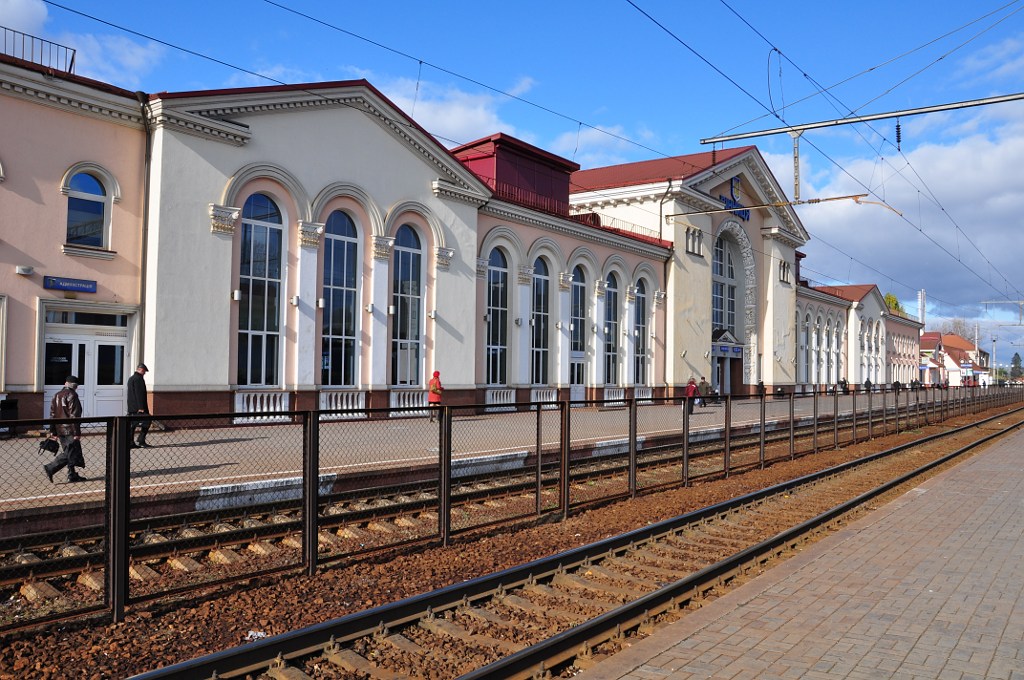
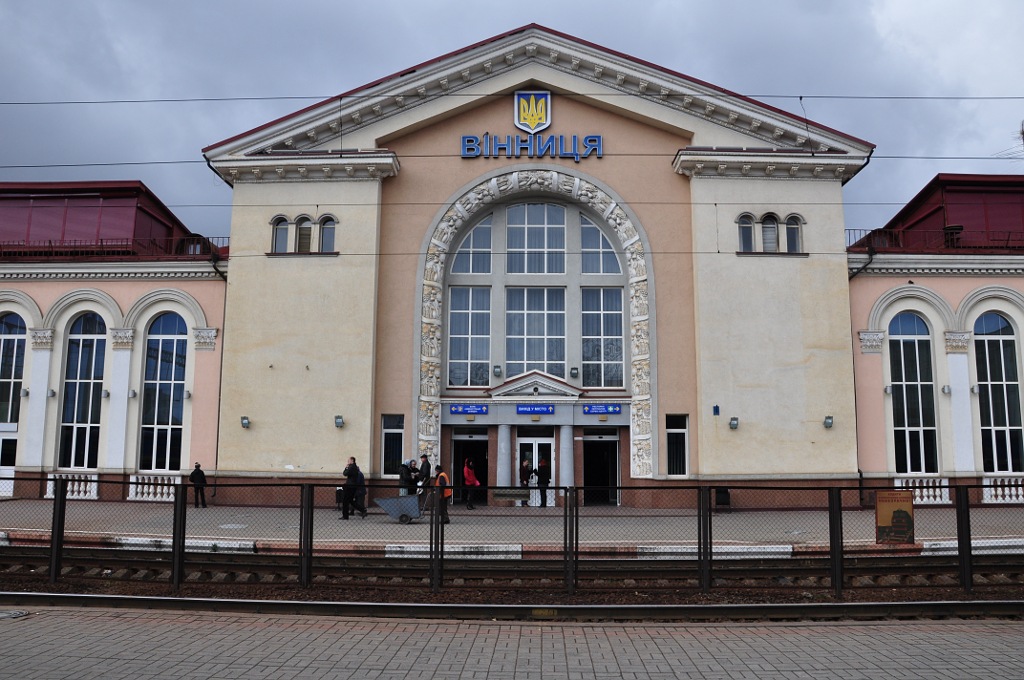
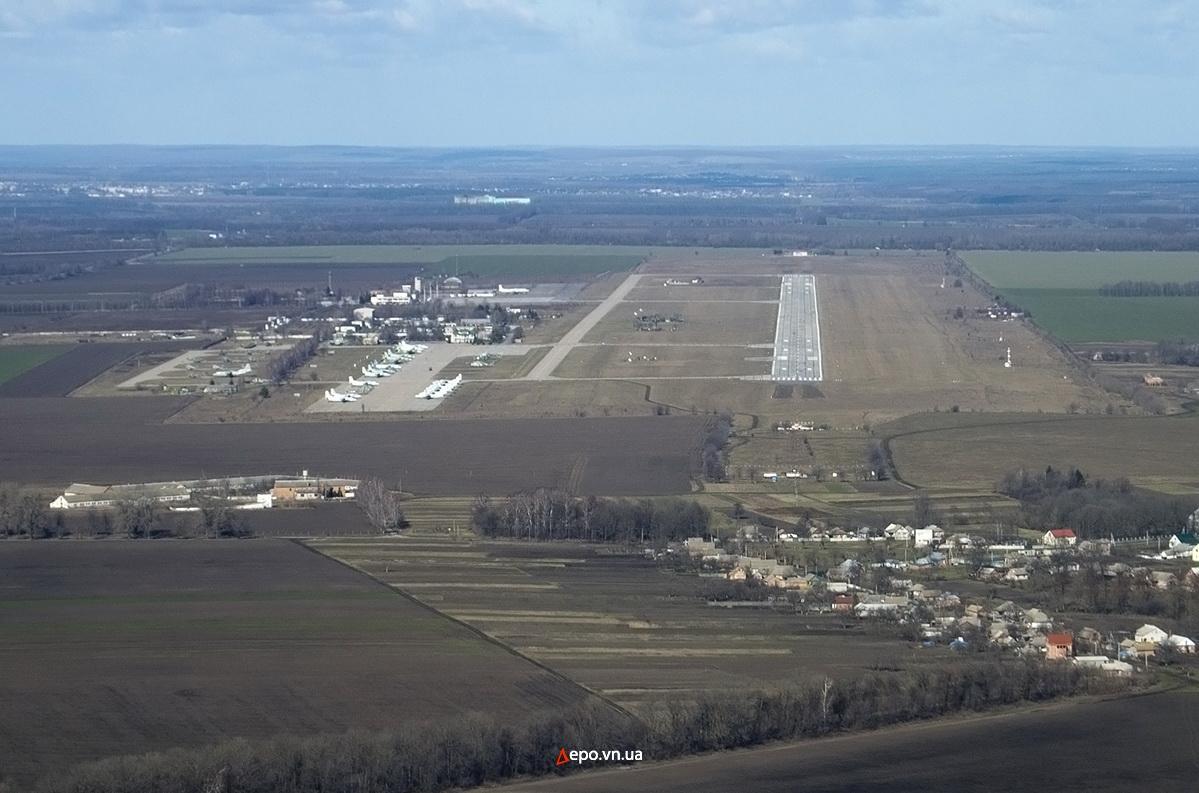
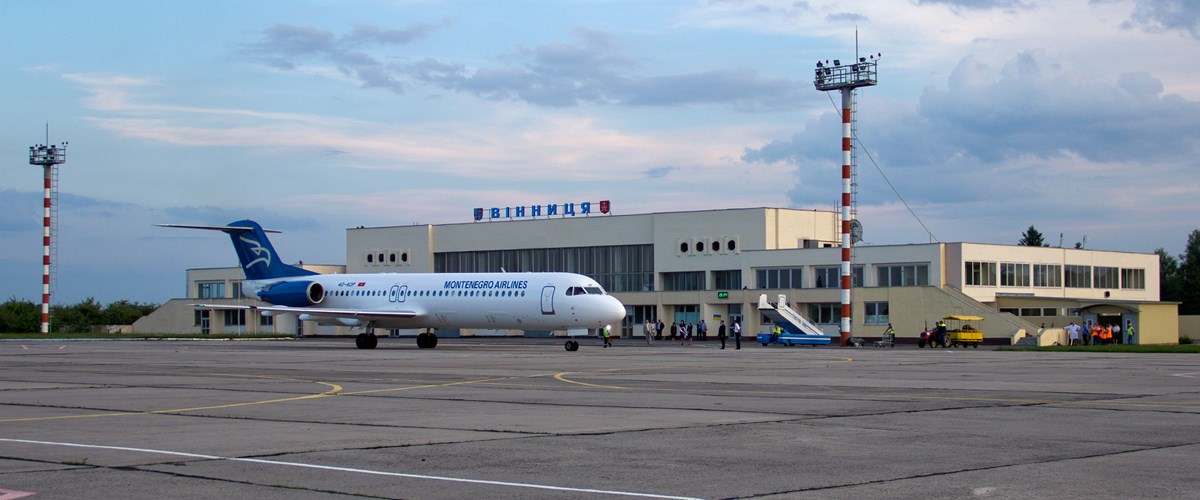

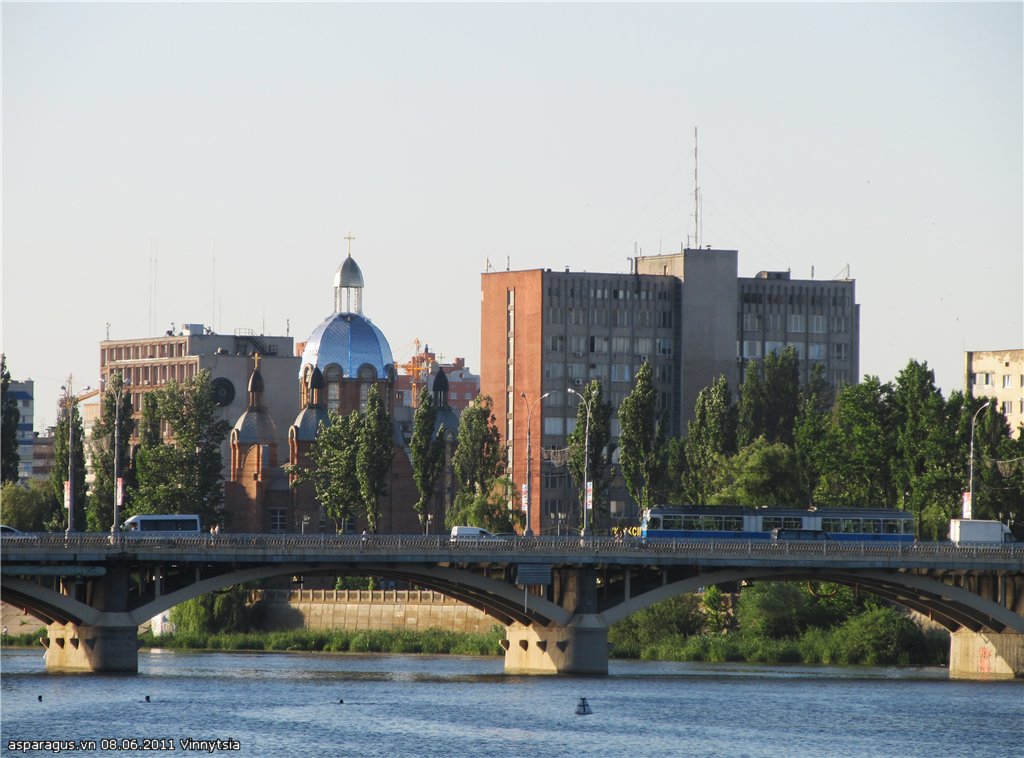
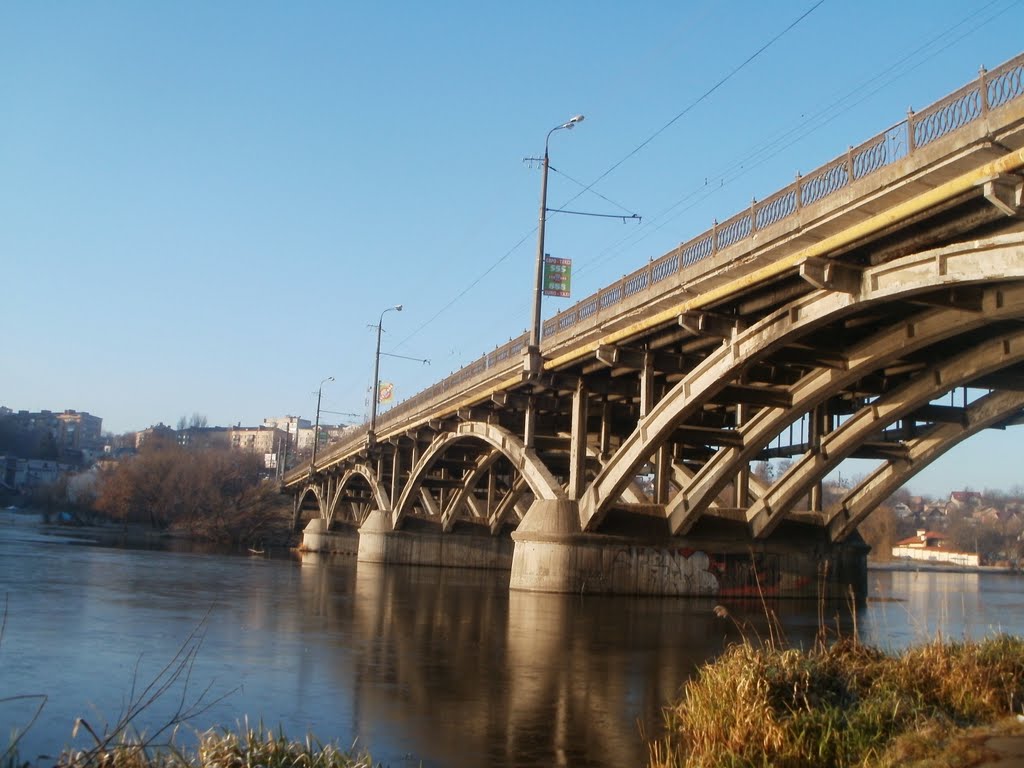
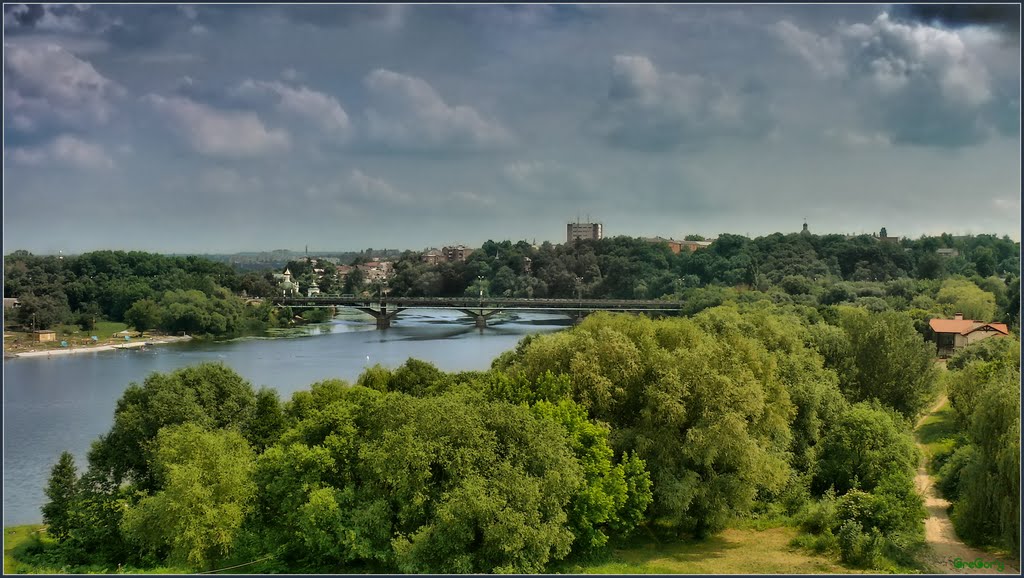
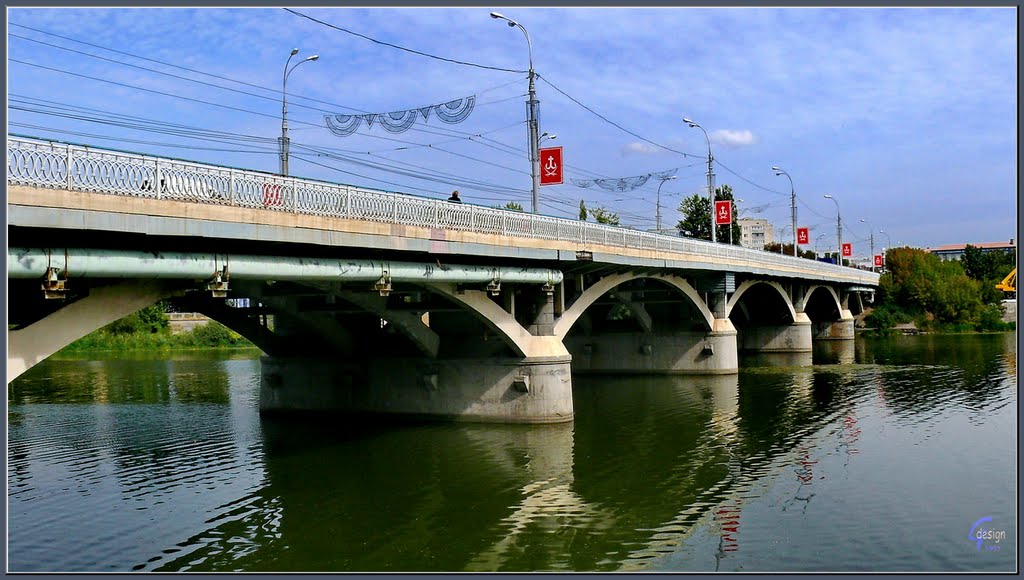
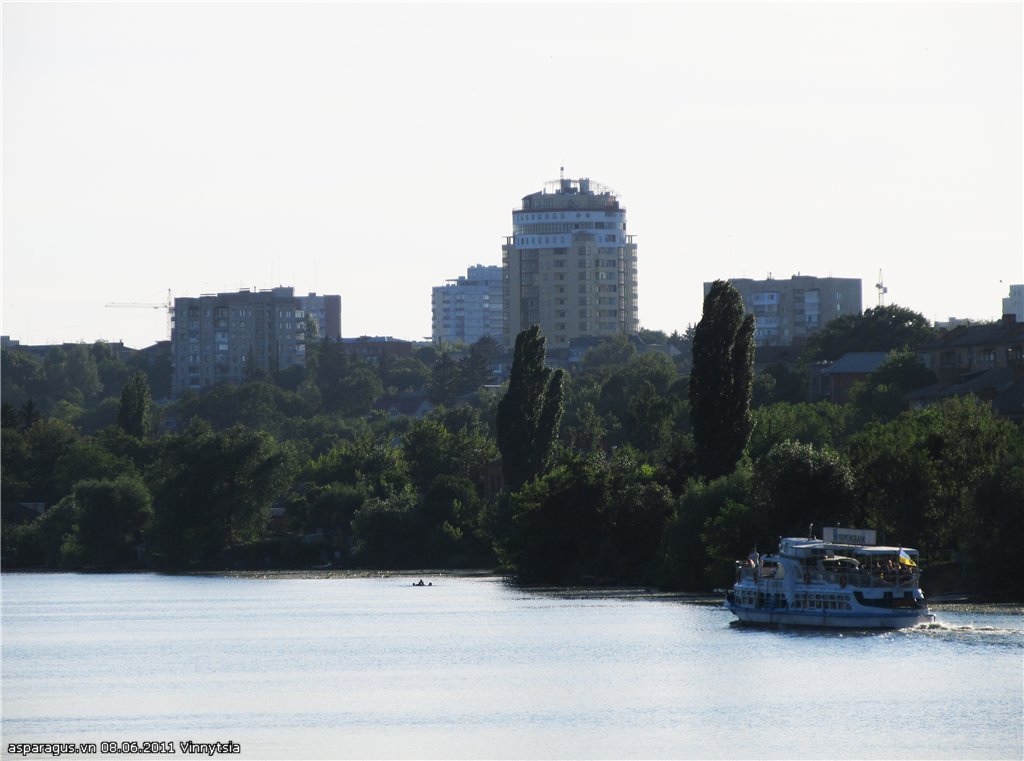
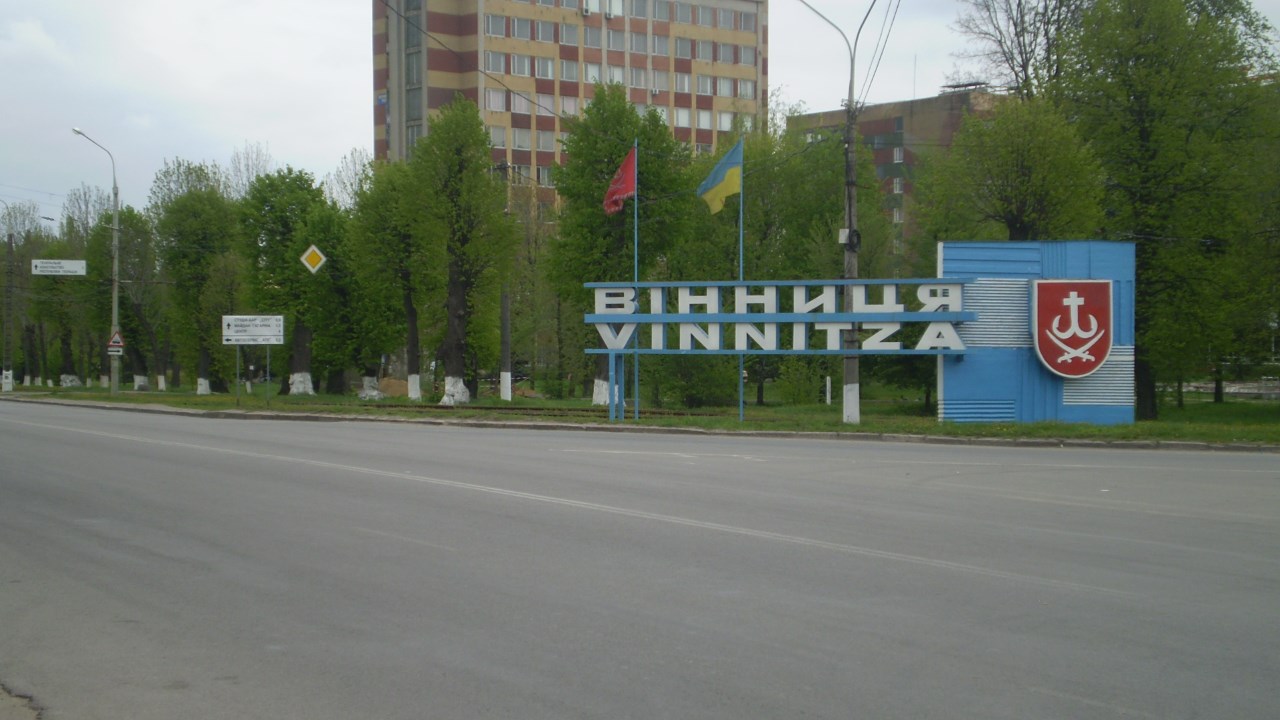
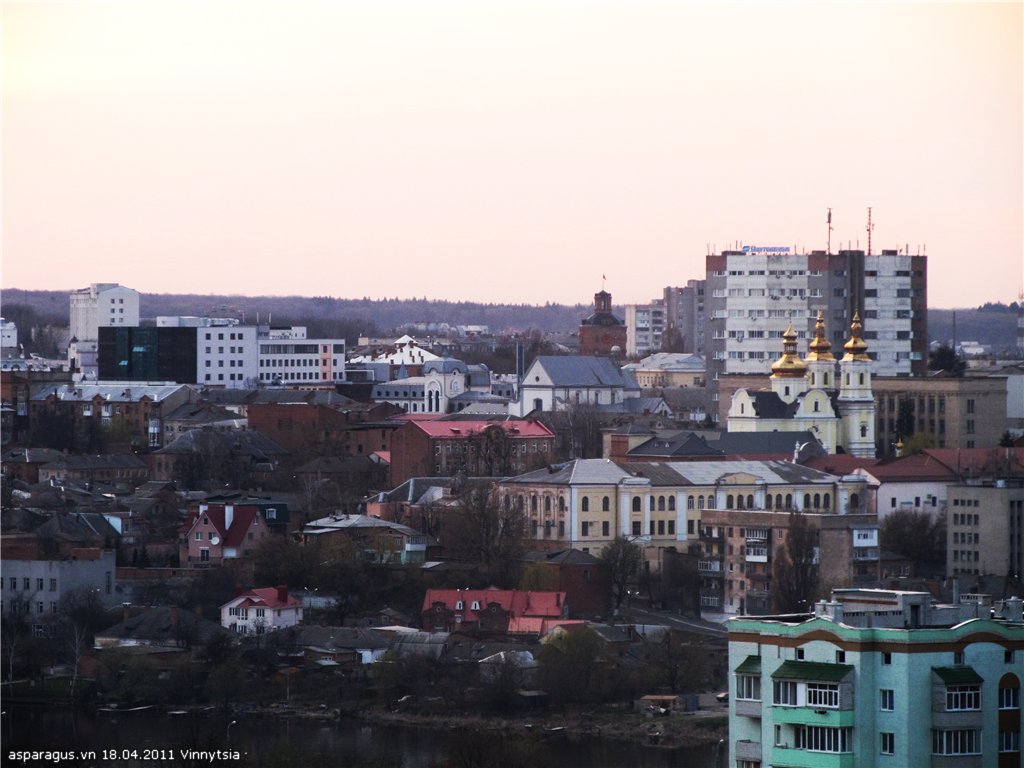

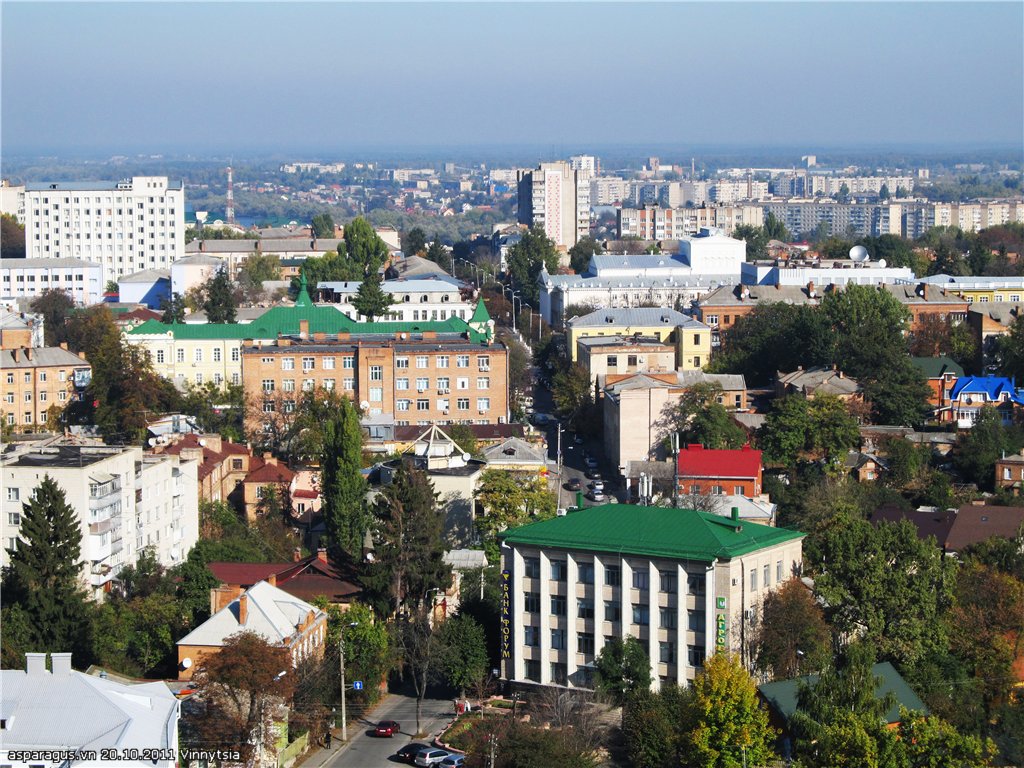
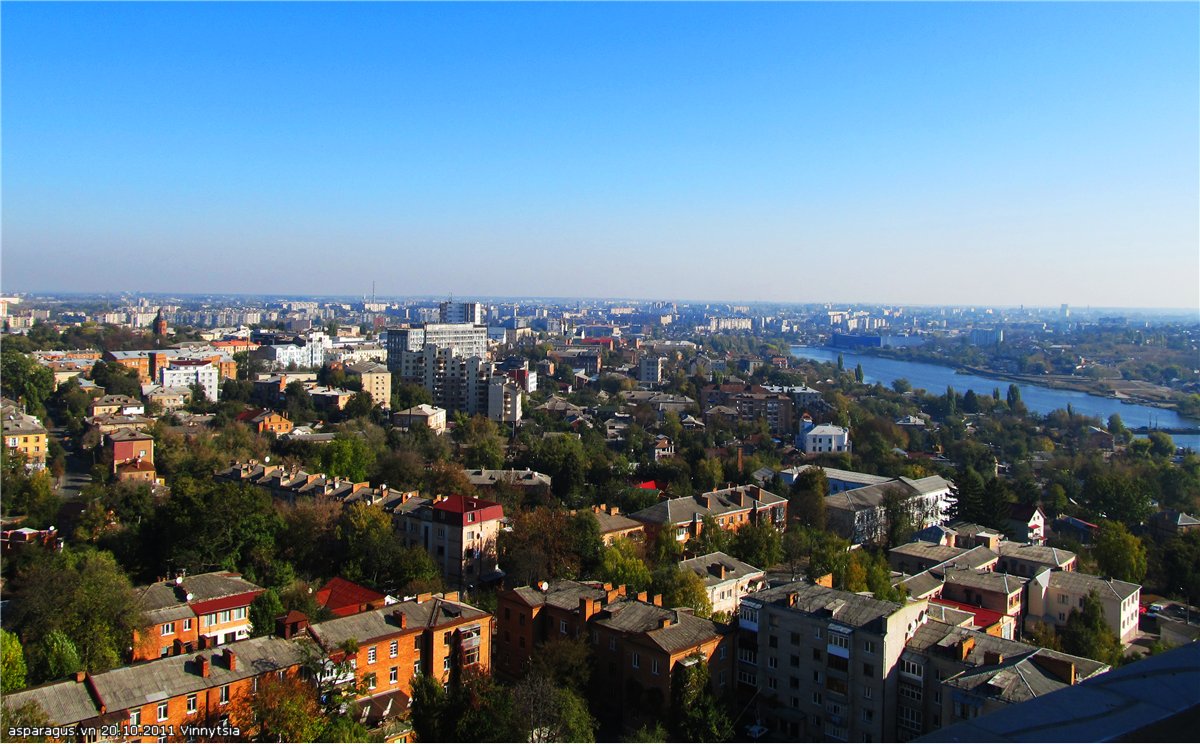
Vínnytsia (en ucraniano: Вінниця), también llamada Vínnitsa o Vínnica, es una ciudad de Ucrania localizada en el centro del país. Es la capital del óblast de Vinnytsia, así como el distrito homónimo.
Disposición
Vínnytsia se encuentra 246 kilómetros de Kiev, la capital de Ucrania (carretera E95, que coincide con la M05, y R32, T 0203). La ciudad y sus suburbios se encuentran en el río Bug Meridional en la zona de bosque-estepa, en el sólido cristalino Volhynian-Podolian, cubierto por depósitos cuaternarios de arena, arcilla, piedra caliza y marga. Mezclado con restos de vegetación, estas depósitos crearon fértiles tierras negras. La base de este macizo se compone de las rocas más antiguas: granitos, gneis, sienitas, que en algunos lugares llegan a la superficie y son un material valioso de construcción.
Historia
La primera mención de la ciudad en textos históricos data del año 1363.
El área, ocupada por Vínnytsia moderna, fue poblada por el hombre desde la antigüedad. Los arqueólogos han encontrado aquí las herramientas del Neolítico, entierros de Edad del Bronce, asentamientos eslavos relacionados con la cultura de Cherniajiv. Más tarde aquí vivieron tribus que formaban parte de la Rus de Kiev y el Principado de Galitzia-Volynia. Los arqueólogos han descubierto, en particular, un asentamiento de la cultura de Cucuteni-Trypillia. De ahí proviene una hacha de pedernal, que ahora se conserva en el Museo Nacional de Historia de Ucrania en Kiev.1
Entre 1937 y 1938, la policía secreta soviética, la NKVD, ejecutó a varios ucranianos durante la Gran Purga, en el curso de la llamada masacre de Vínnytsia. En 1943, durante la ocupación alemana de Ucrania, se desenterraron 9.432 cuerpos en Vínnytsia y los alrededores.
Para la campaña del Cáucaso de 1942, fue construido el Cuartel General de Adolf Hitler, Wehrwolf, a pocos kilómetros al norte de la ciudad. Previamente, Vínnytsia había sido declarada "libre de judíos".2 Durante la ocupación nazi de Vínnytsia, el Einsatzgruppe D asesinó atrozmente aproximadamente a 28 000 vecinos con la pretensión de acabar con la población judía de la ciudad. Una infame foto de 1941 titulada por su autor El último judío de Vínnytsia muestra a un soldado de dicho comando disparando en la nuca de un hombre al borde de una tumba común. Fue encontrada en el álbum de un soldado alemán.3 El censo de 2011 determinó una población de 370 100 habitantes.
https://es.wikipedia.org/wiki/Vínnytsia
https://uk.wikipedia.org/wiki/Вінниця
https://ru.wikipedia.org/wiki/Винница
https://en.wikipedia.org/wiki/Vinnytsia
http://www.skyscrapercity.com/showthread.php?t=1053569
http://zamkovyi.livejournal.com/45499.html
http://mir-mak.livejournal.com/28581.html?thread=636069
http://in-vin.livejournal.com/30060.html
http://ipress.ua/ljlive/muzey_viyskovopovitryanyh_syl_u_vinnytsi_foto_7431.html
http://www.karpaty.info/ua/uk/te/to/ternopil/museums/memorial/
http://www.pizzatravel.com.ua/ukr/Ukraina/2/werwolf
http://mir-mak.livejournal.com/47856.html
http://webdesign.vntu.edu.ua/zrobleno/Stud graph realiz/42/1/foto.html
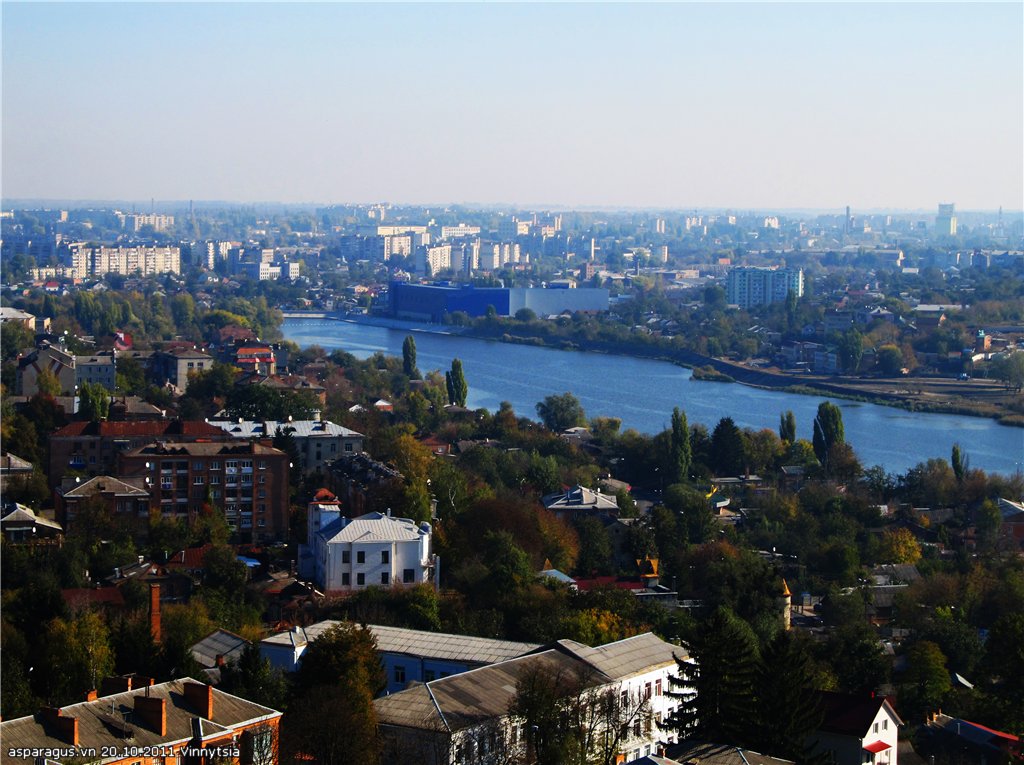
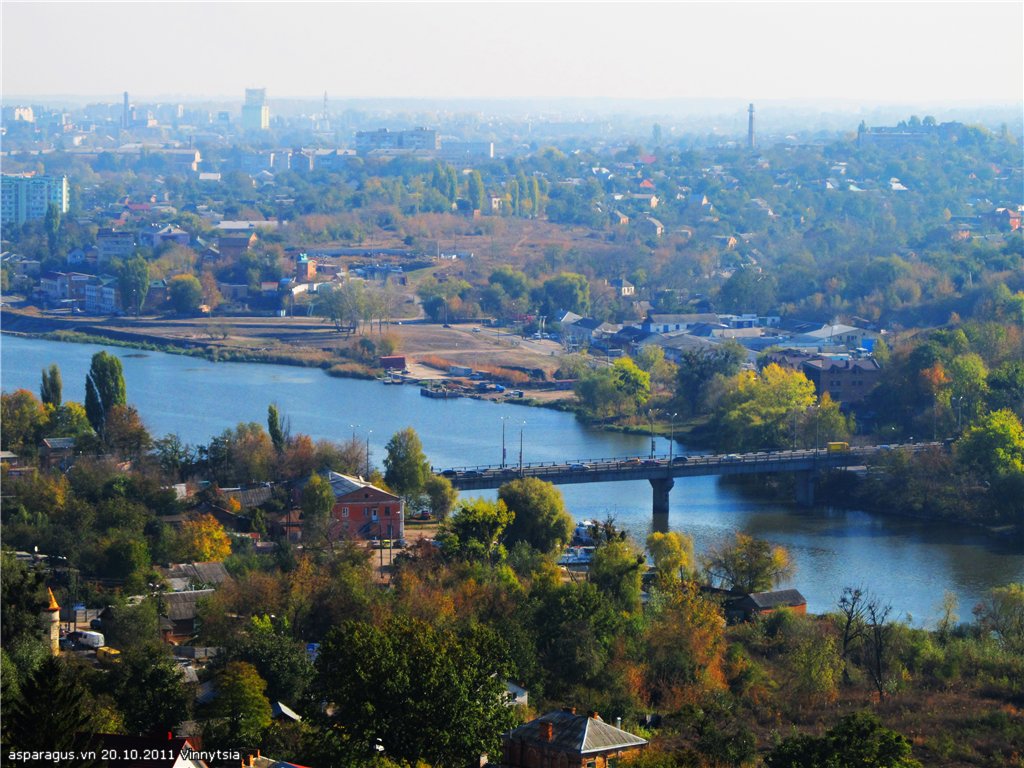

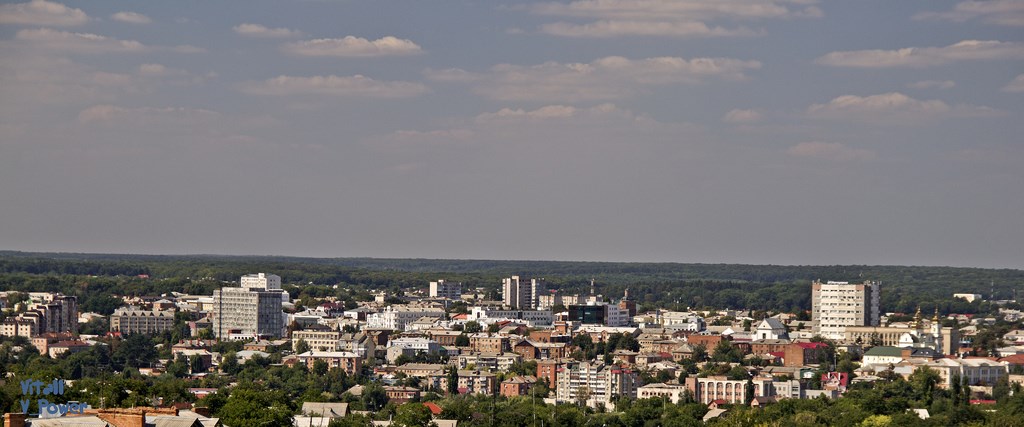
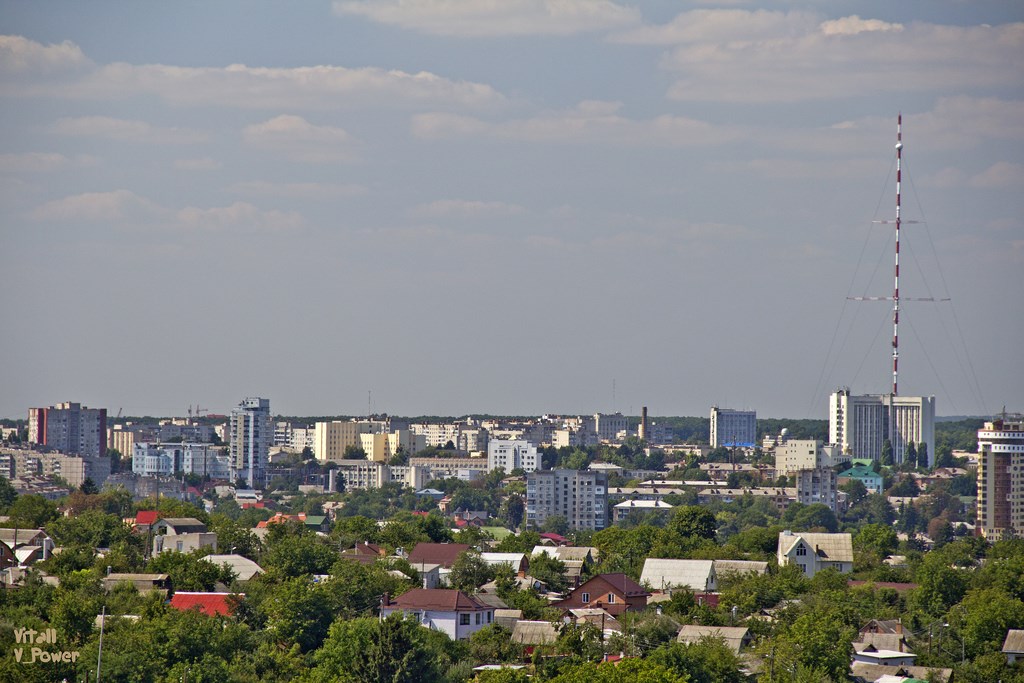

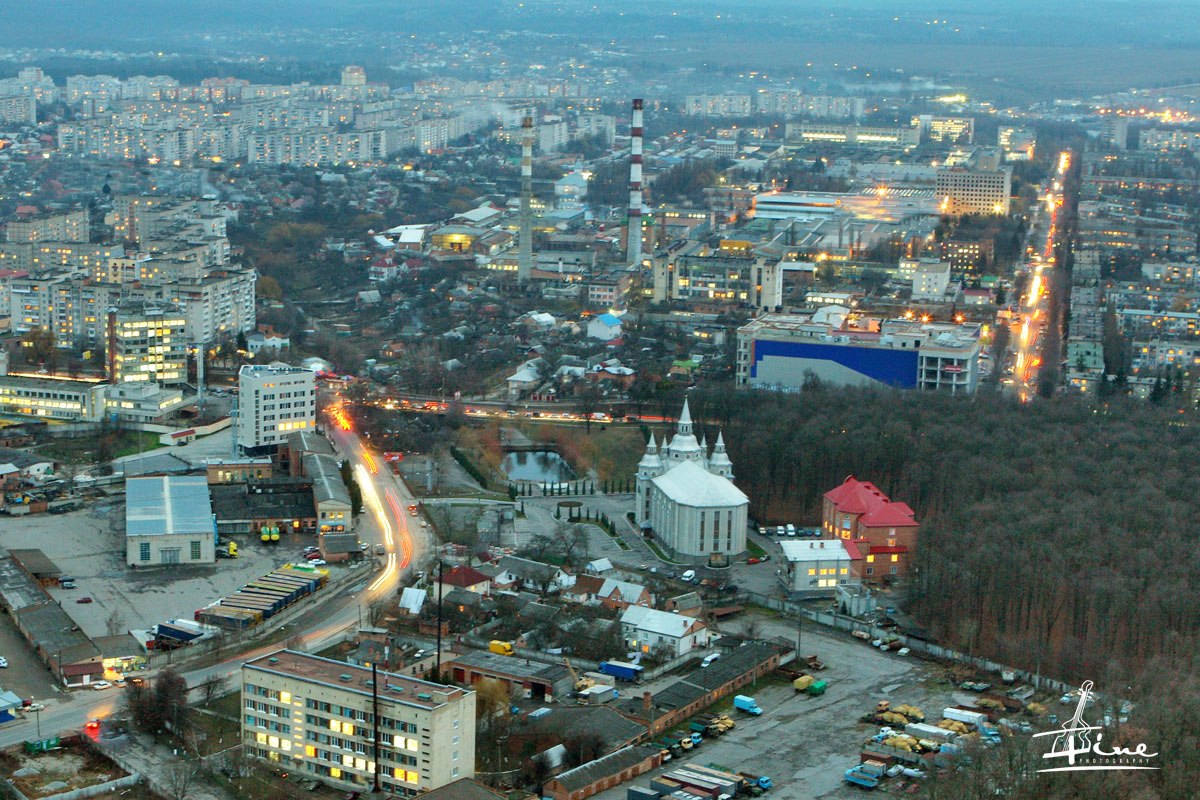

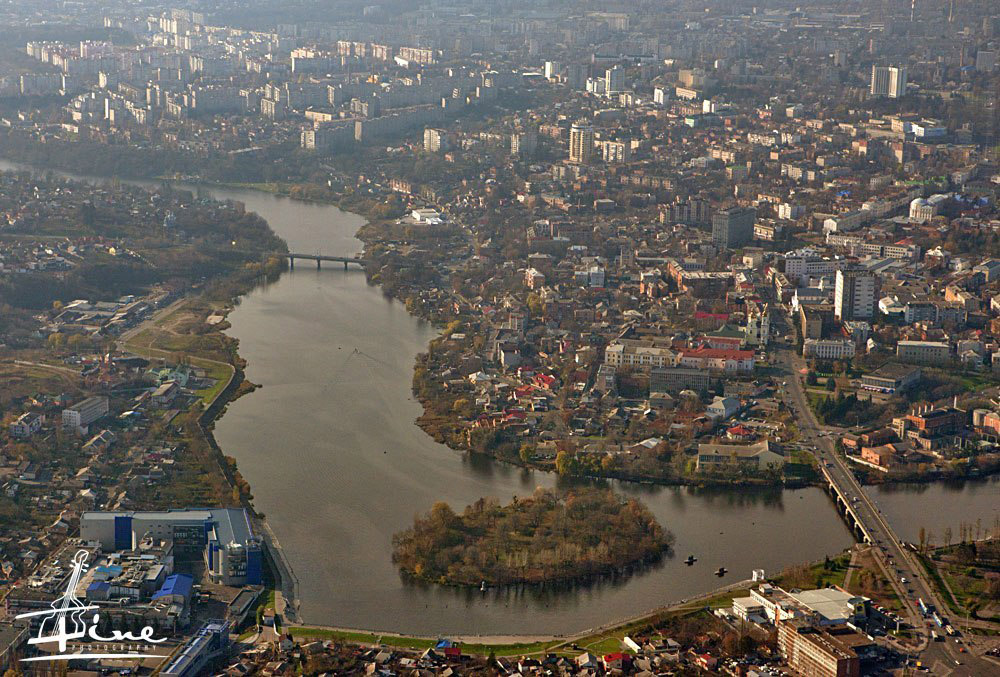
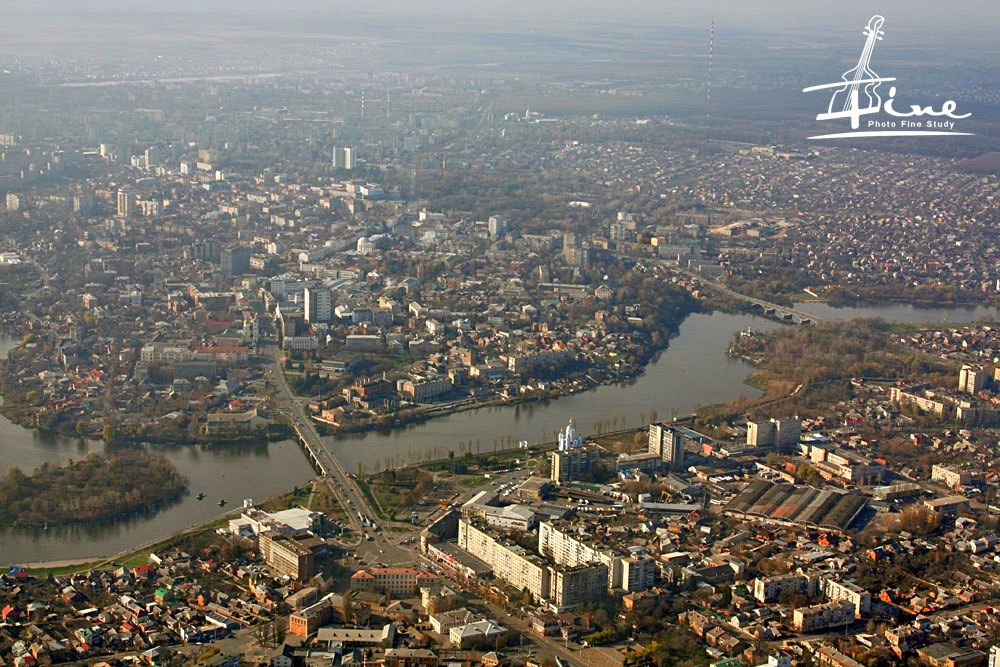


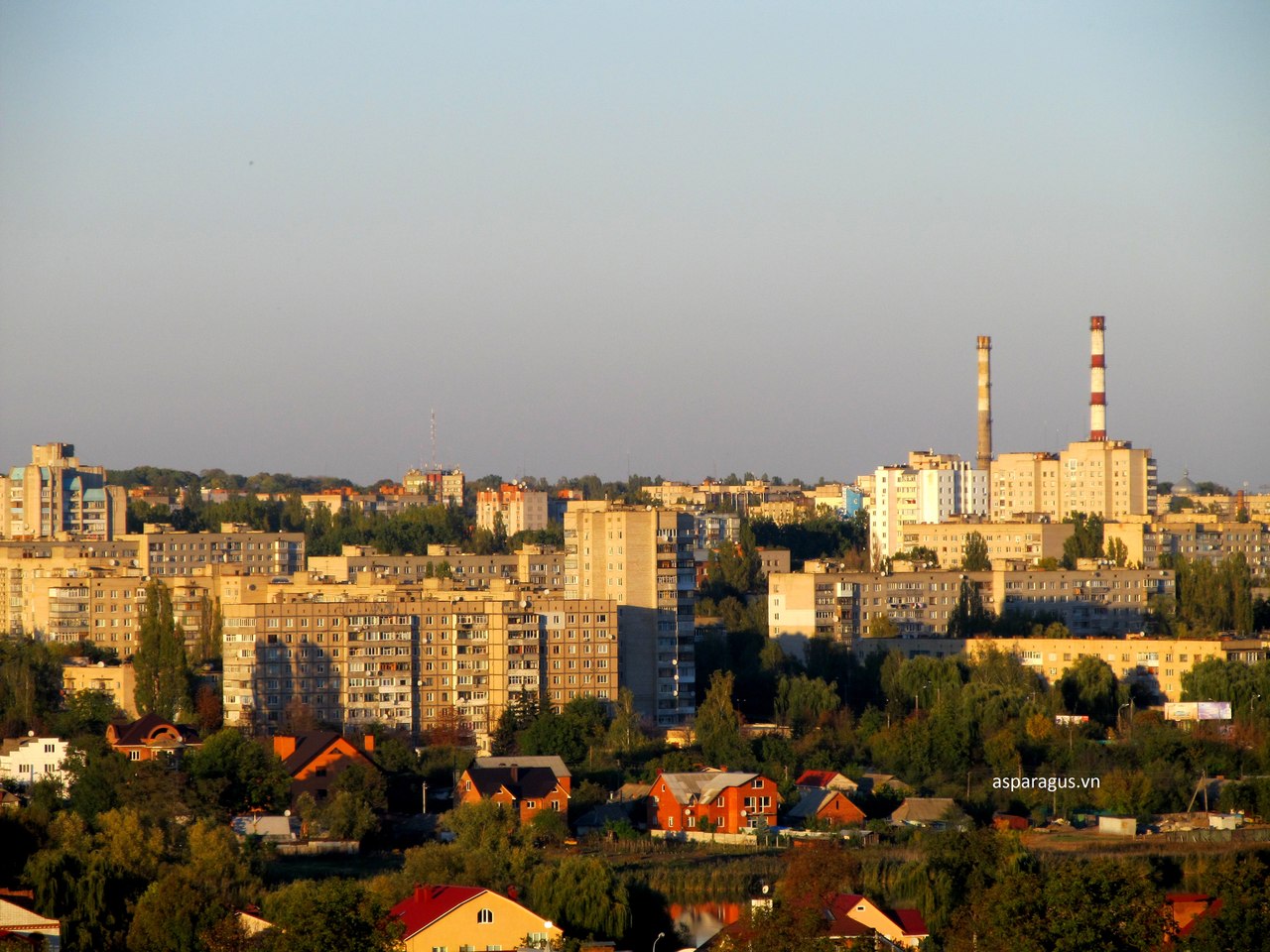
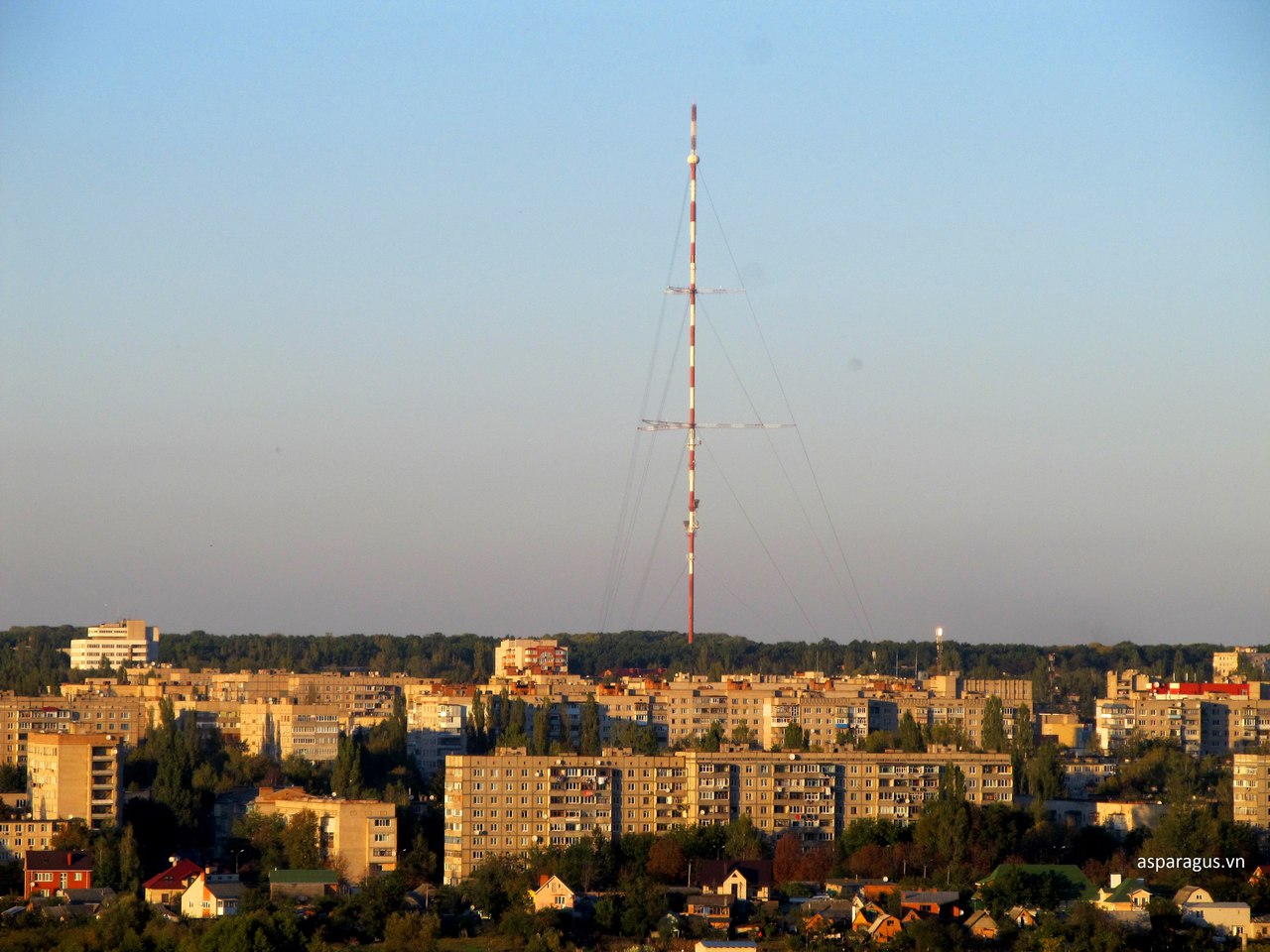

Vídeo:
Web recomendada: http://www.vmr.gov.ua/
Contador: 6950
Inserción: 2016-08-19 19:20:01
Lugares a visitar en un radio de 100 km (en línea recta)
Mapa de los lugares a 100 km (en línea recta)
Mostrando Registros desde el 1 hasta el 0 de un total de 0
Visitas |
Más visitados Basílica de San Marcos 154447 Catedral de Notre Dame (París) 143763 Torre de Pisa 131187 Monte Saint-Michel 100328 Presa de las Tres Gargantas 80786 |
Incorporaciones |
Comentarios hazola Cúpula de la Roca gracias me... gera Buenos Aires las mejores fotos de la mejor ciudad del... Daniel M. - BRASIL San Francisco ... PEQUE Presa Chicoasén SERA QUE ALGUIEN ME PUEDE DAR MAS INFORMACIÓN DE ESTE PROYECTO ESTUDIO EN LA UNACH Y ES PARA UN... Mery Huaca Pucllana Muy interesante, muy buena la información y... |
 Tweet
Tweet


